Do you like the idea of combining a sports sedan, an SUV, and a wagon? If so, then you’ll be happy to know that we’re finally getting details of BMW’s latest model: the 6 Series Gran Turismo. Set to go on sale in November of 2017, the 6 Series GT is initially available in three different variants, each of which gets their own engine. Power output ranges from 258 horsepower and 295 pound-feet up to 340 horsepower and 332 pound-feet. But wait, there’s a ringer here too, as the 6 Series GT will be available at lunch with a 3.0-liter turbodiesel that’s good for 265 horsepower and a staggering 457 pound-feet of torque. Rear-wheel drive is standard across the board, but all-wheel drive will be available on select trim levels if you’re willing to pony up some extra dough.
But, before we get into the nitty gritty, let’s just put it all on the table and point out that the 5 Series GT, the model this 6 Series replaces, performed horribly on the sales front, serving as one of the brand’s least popular models. So, BMW’s answer was to make it bigger and more luxurious and to pit it against models like the Mercedes-Benz CLS and Audi A7. So, will a bigger Gran Turismo sell better than the 5 Series GT it replaces, or should BMW give up on trying to make the Gran Turismo a thing? Let’s take a look at what we know so far and talk more about it.
2018 BMW 6 Series Gran Turismo


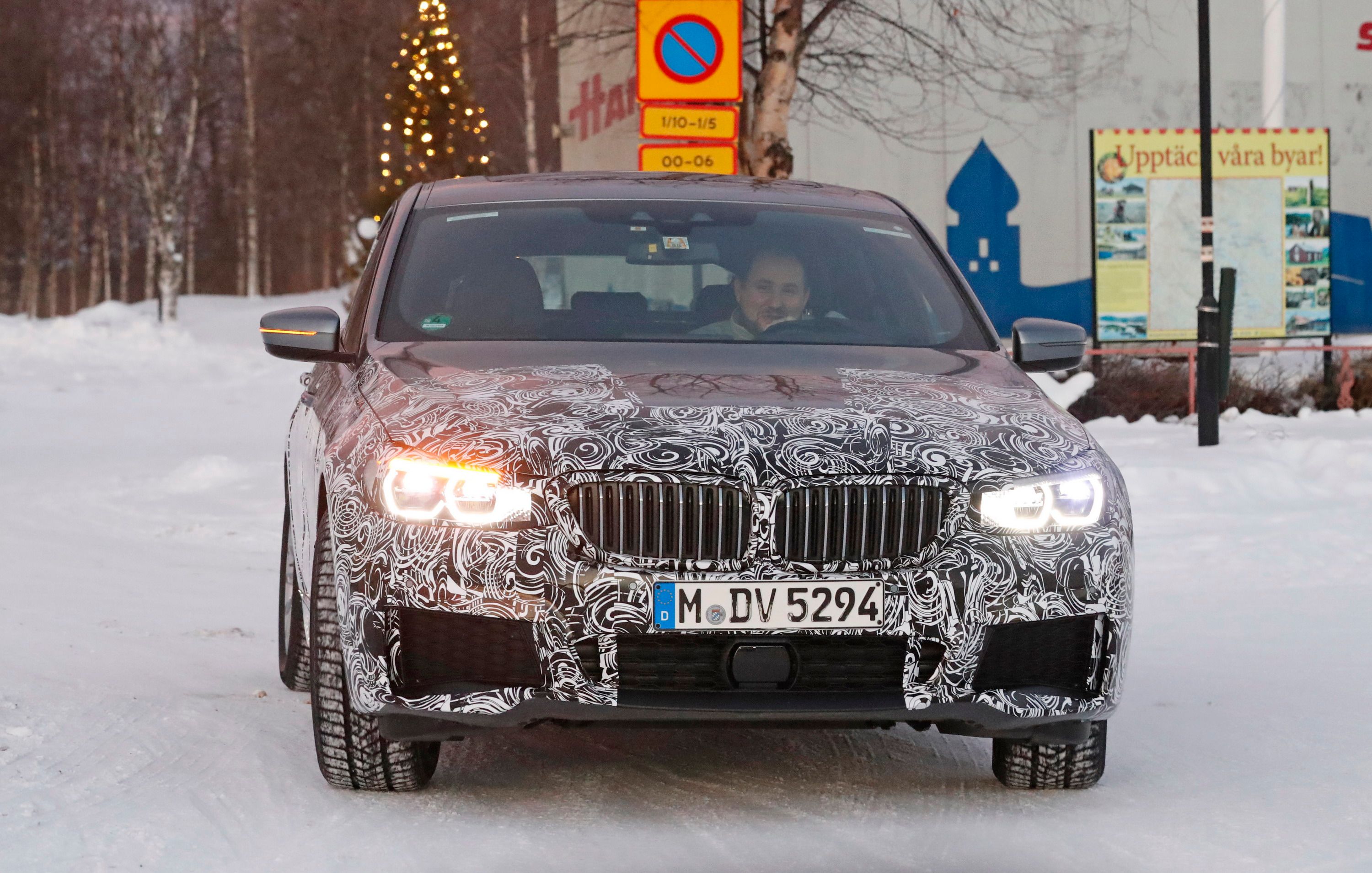









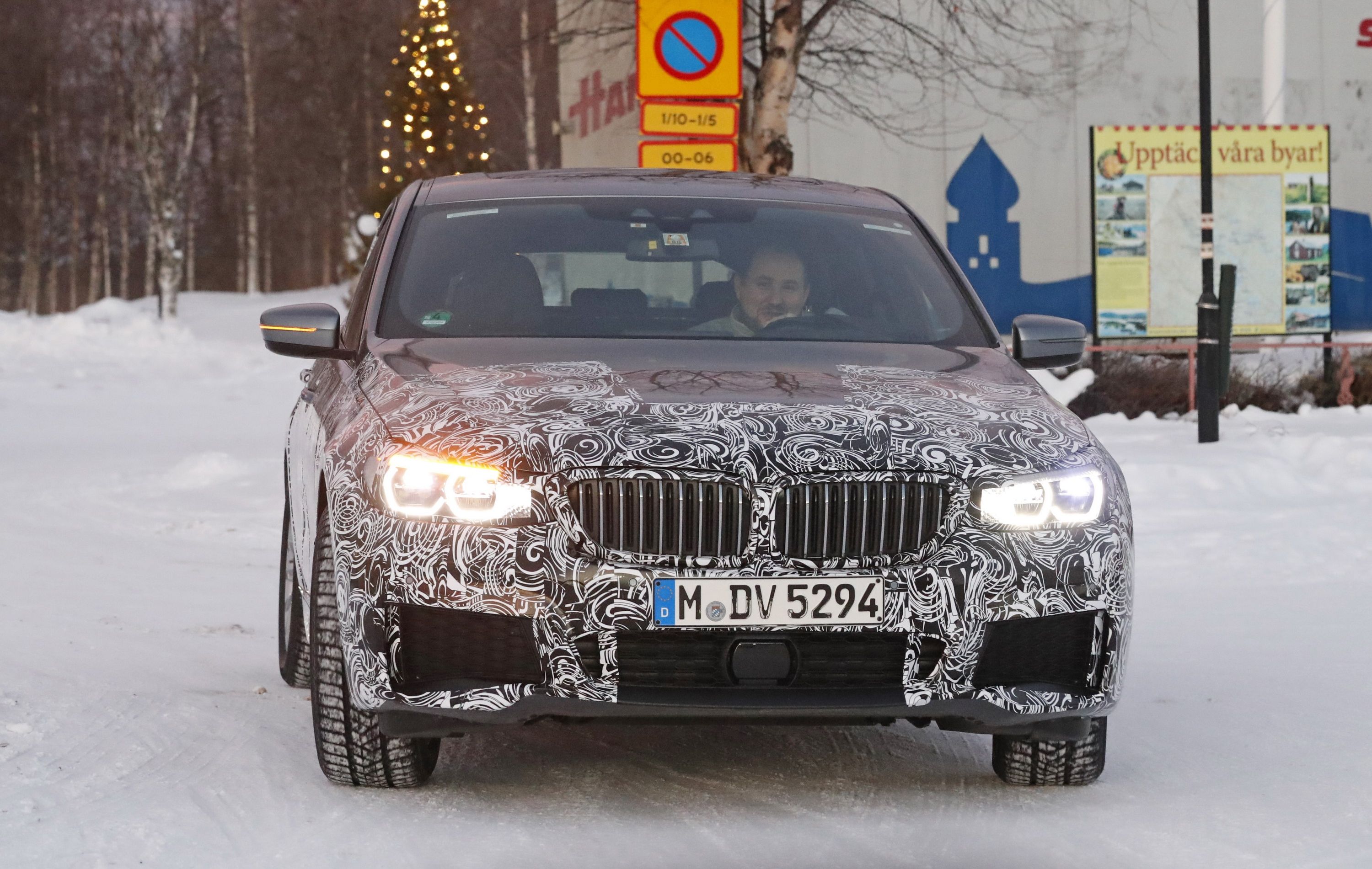


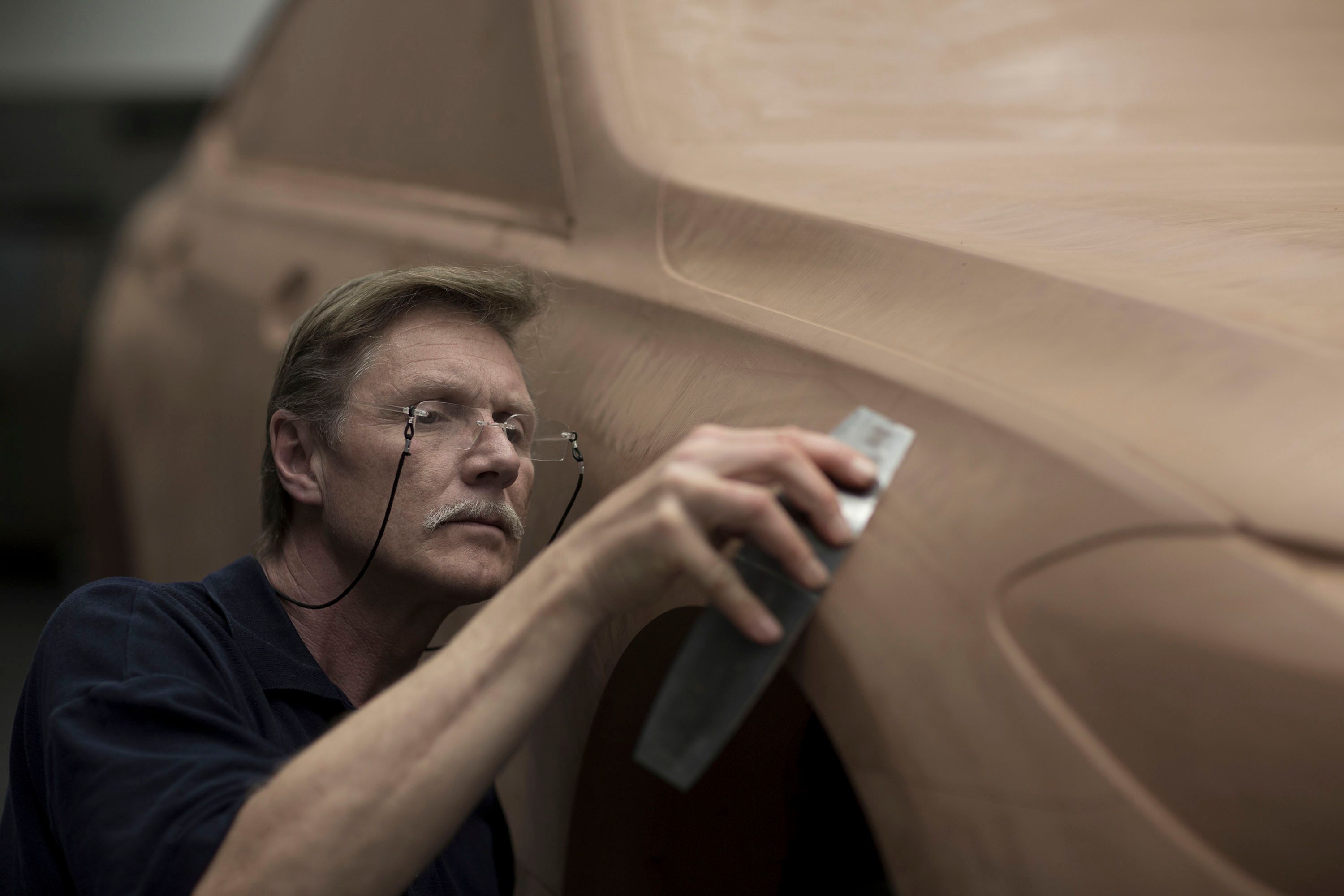
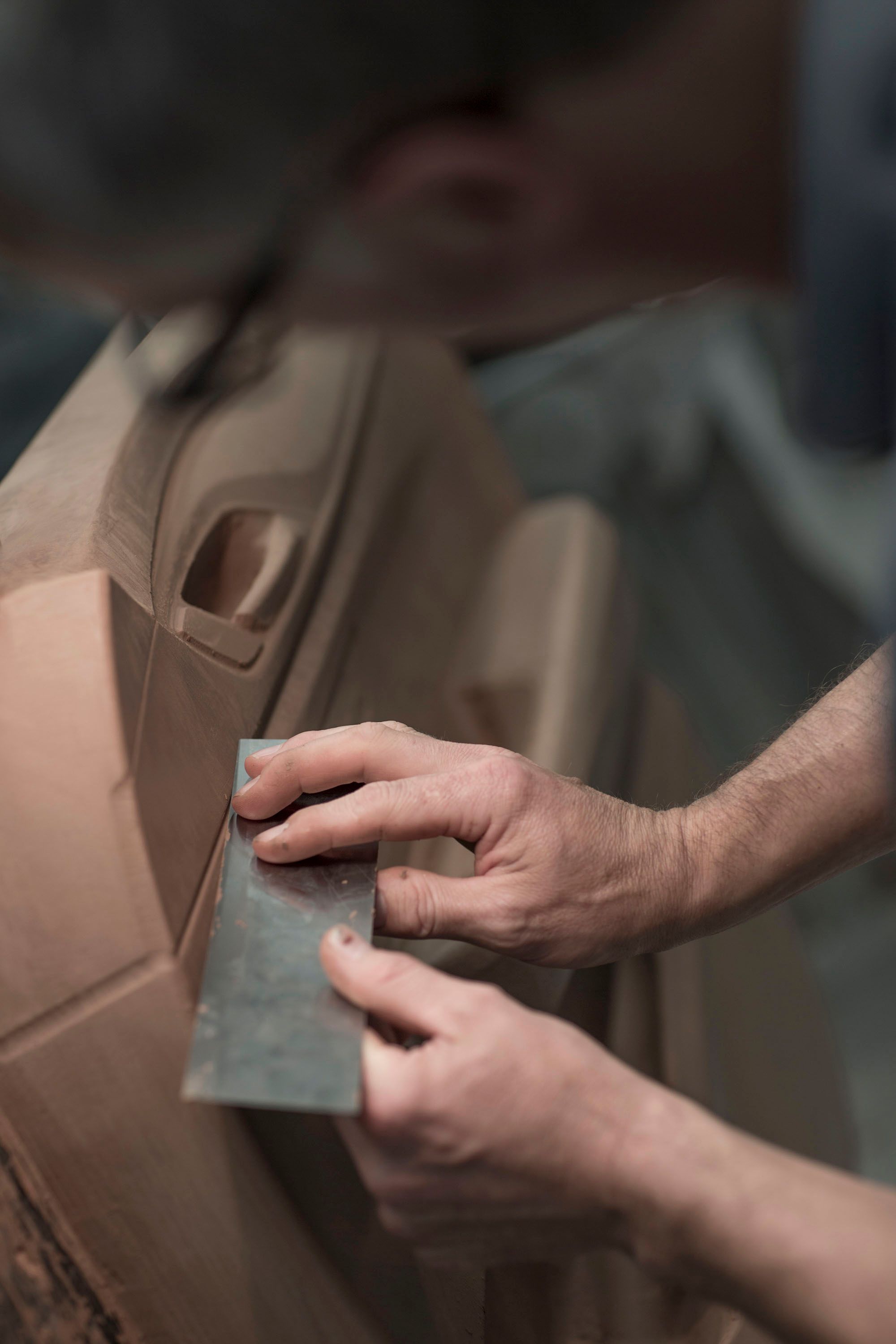

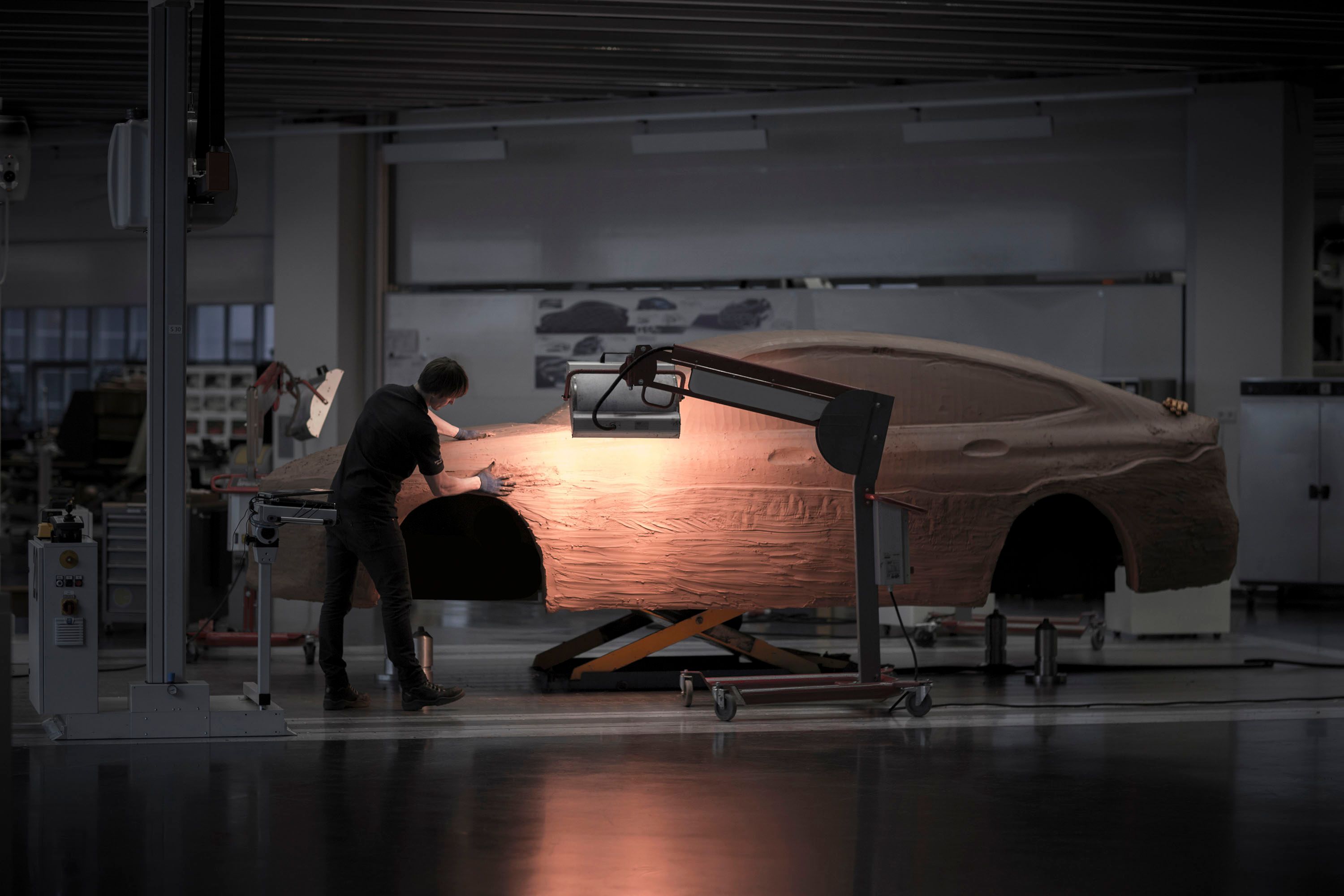


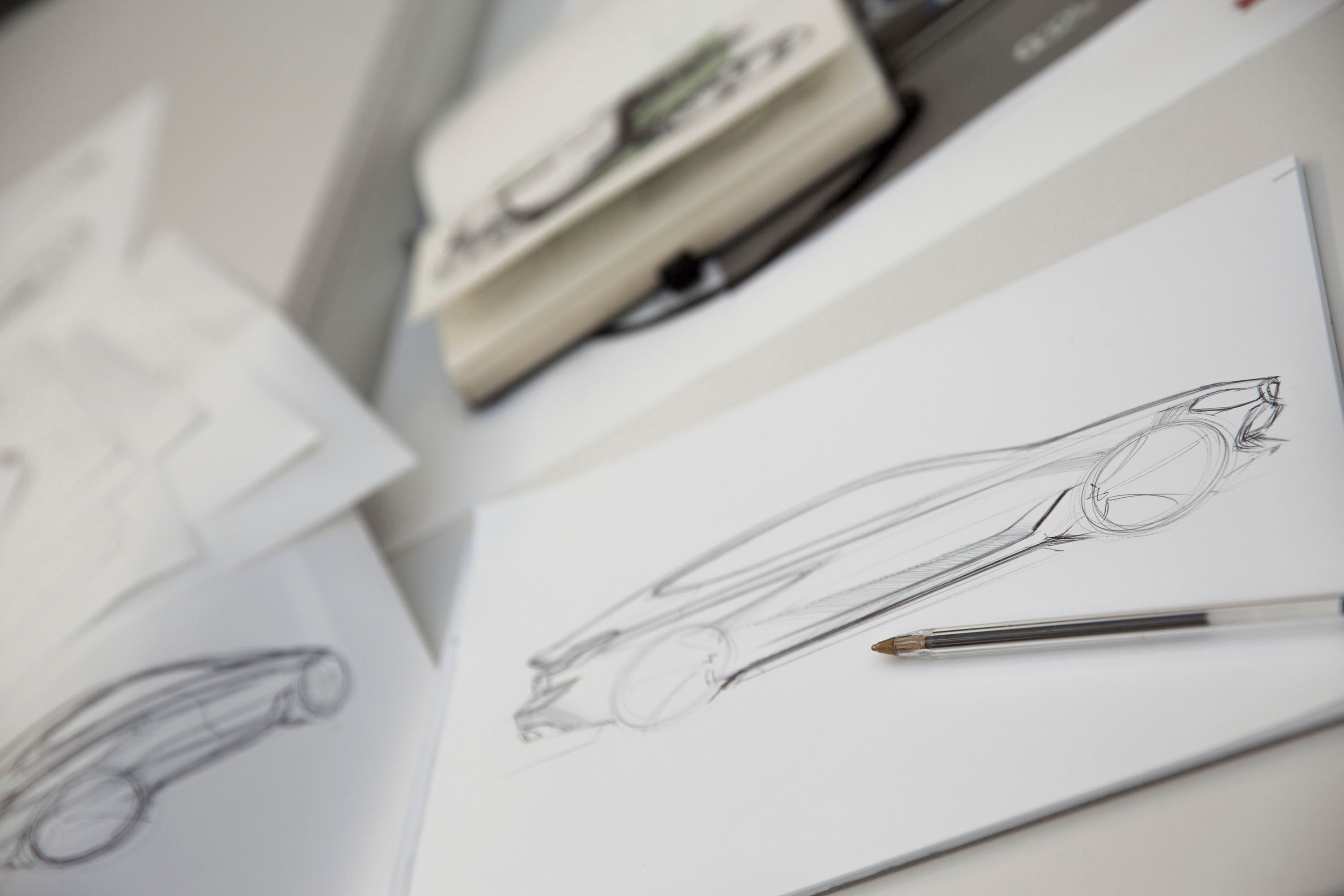


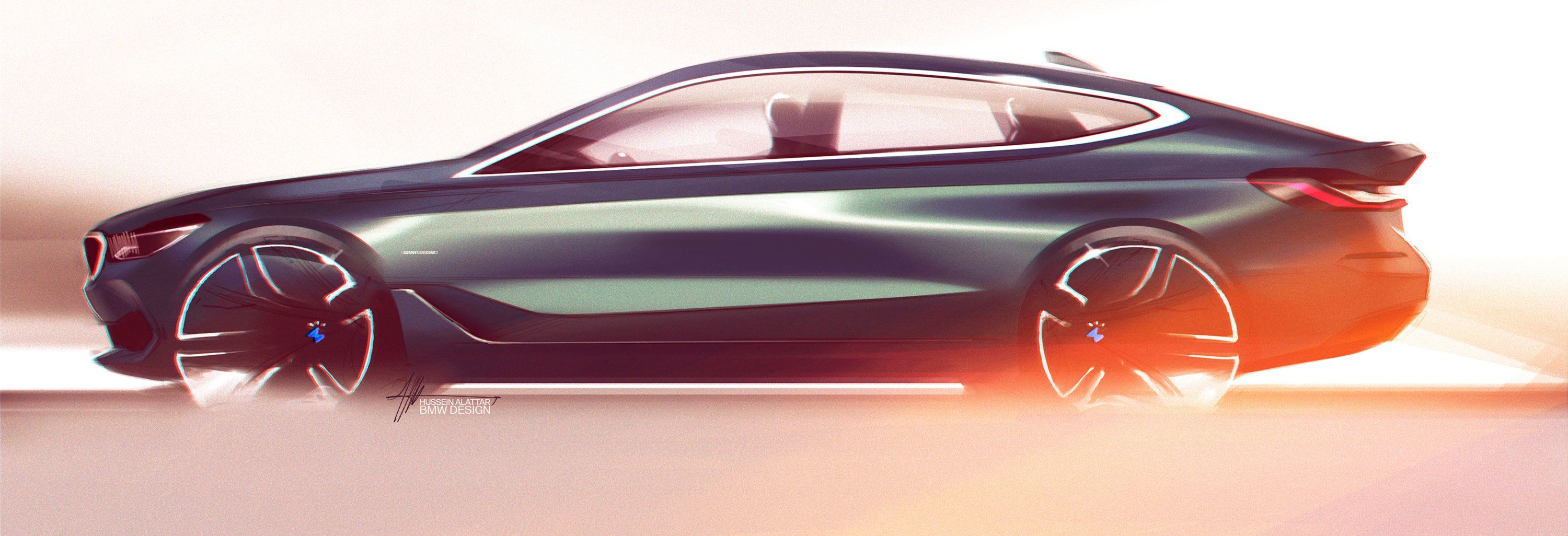
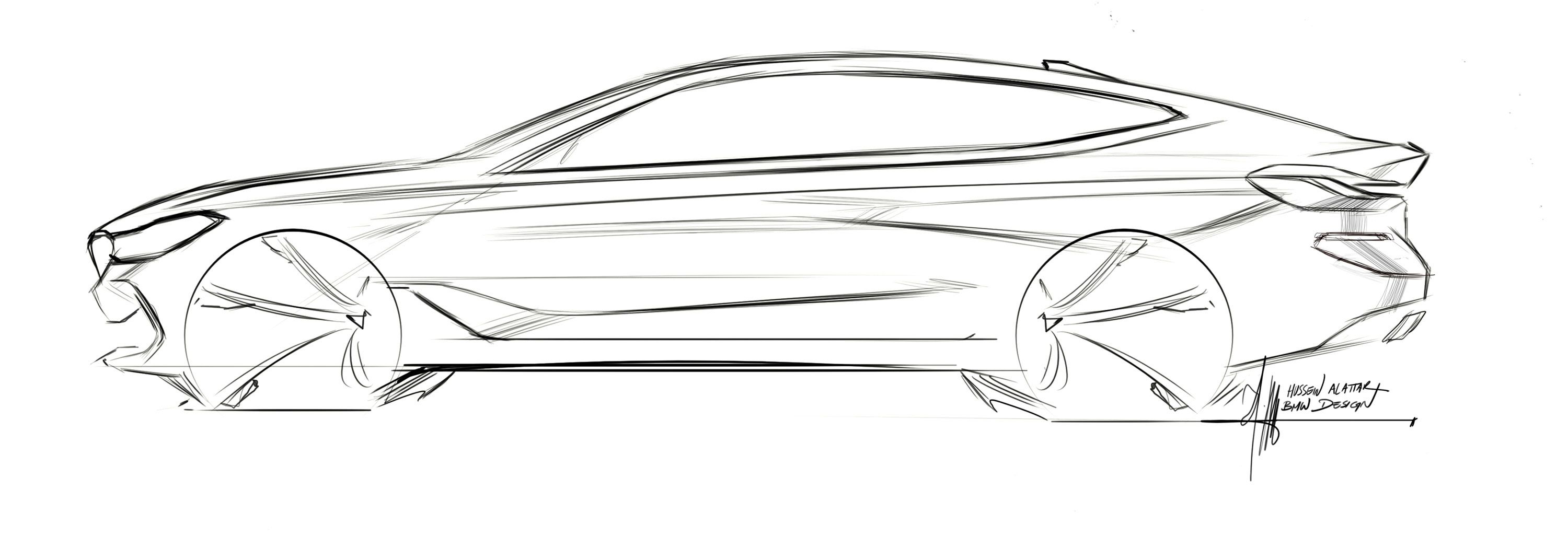
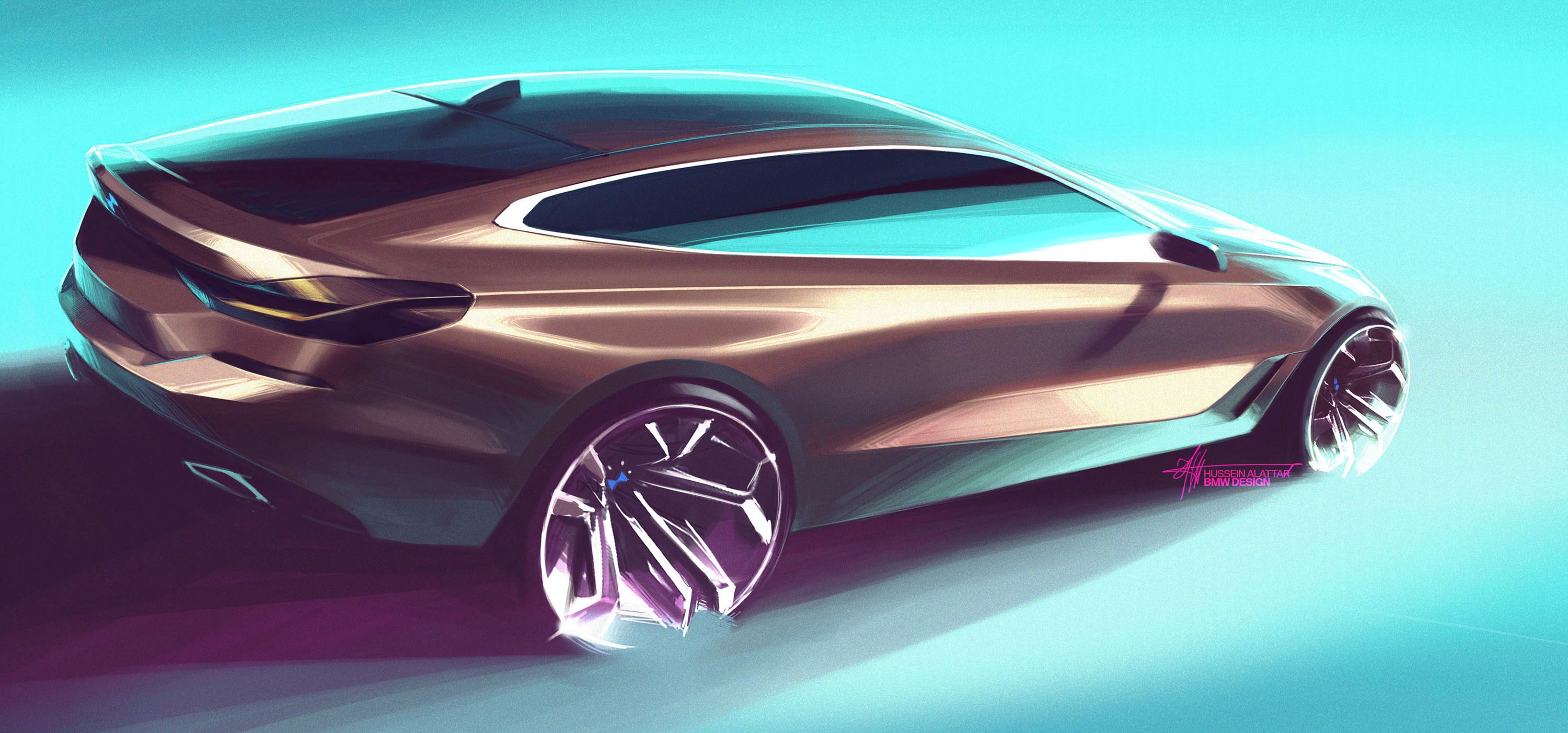
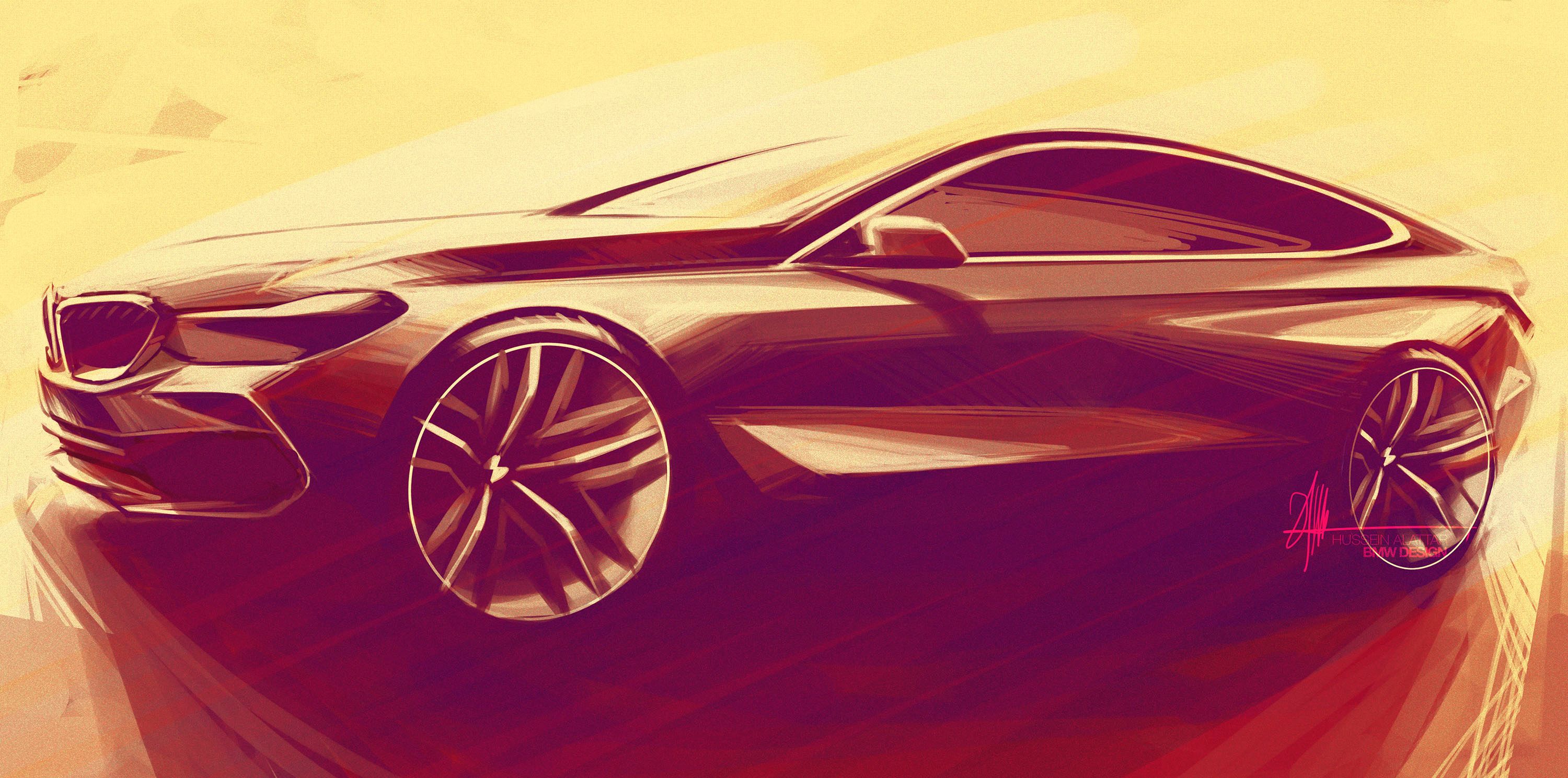
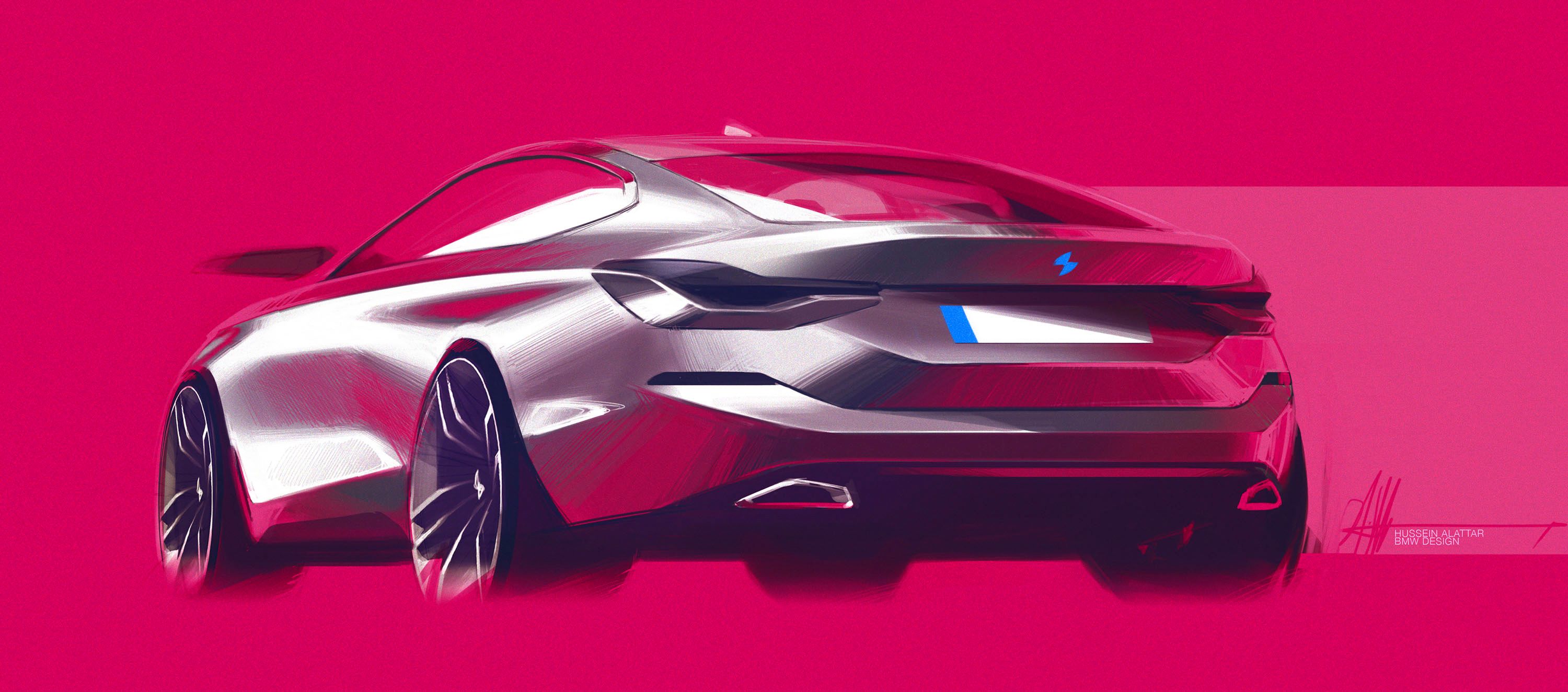
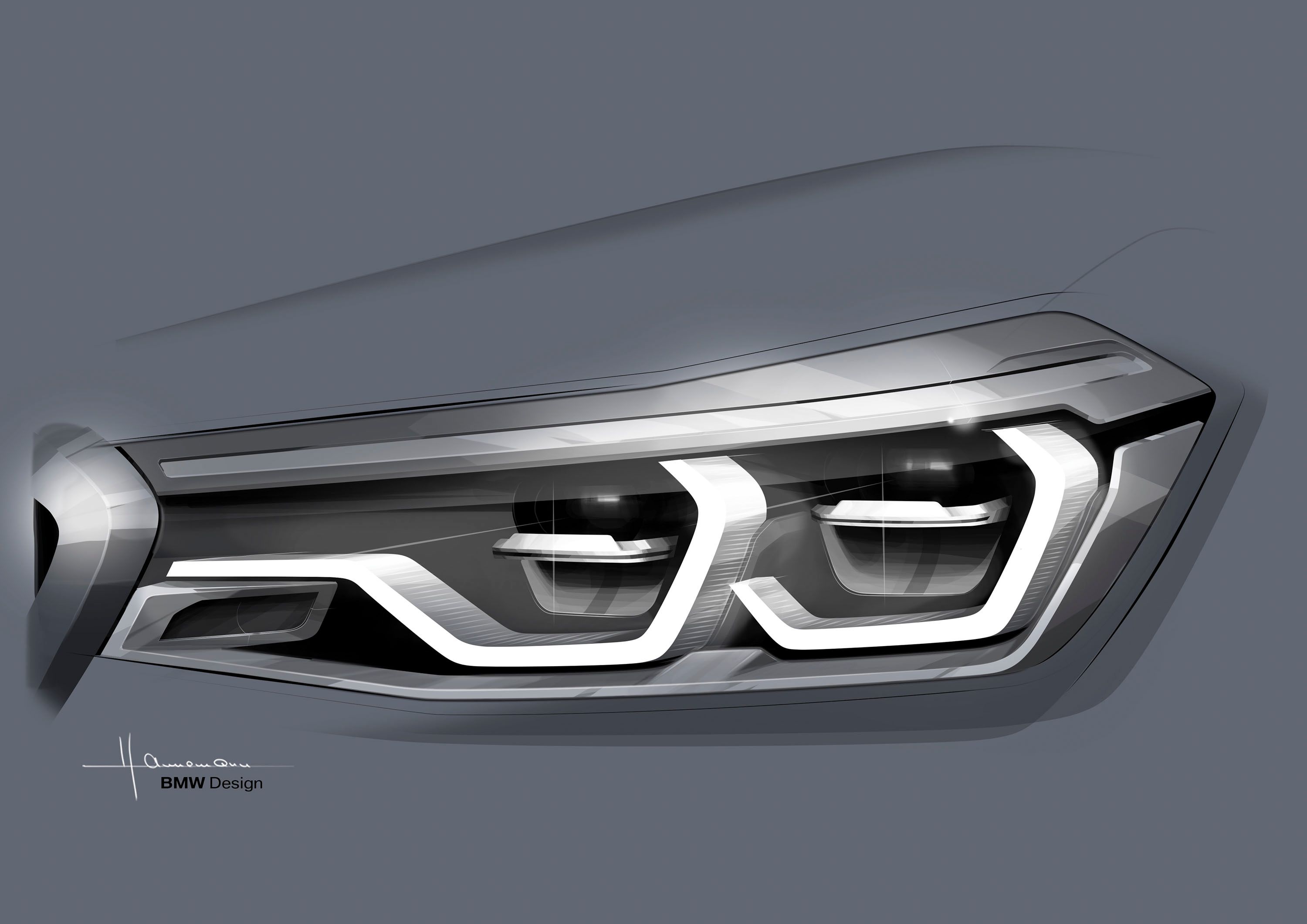
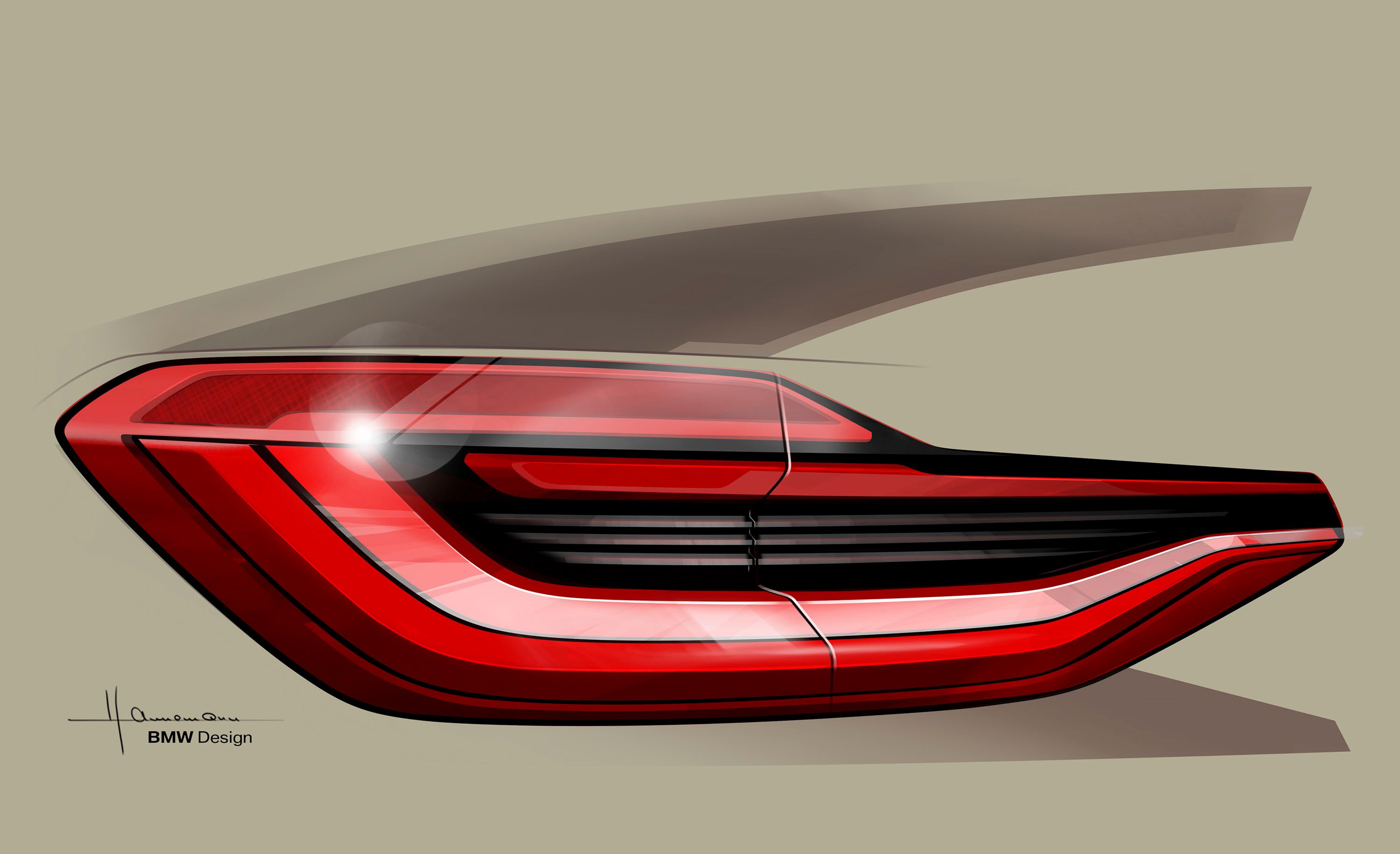
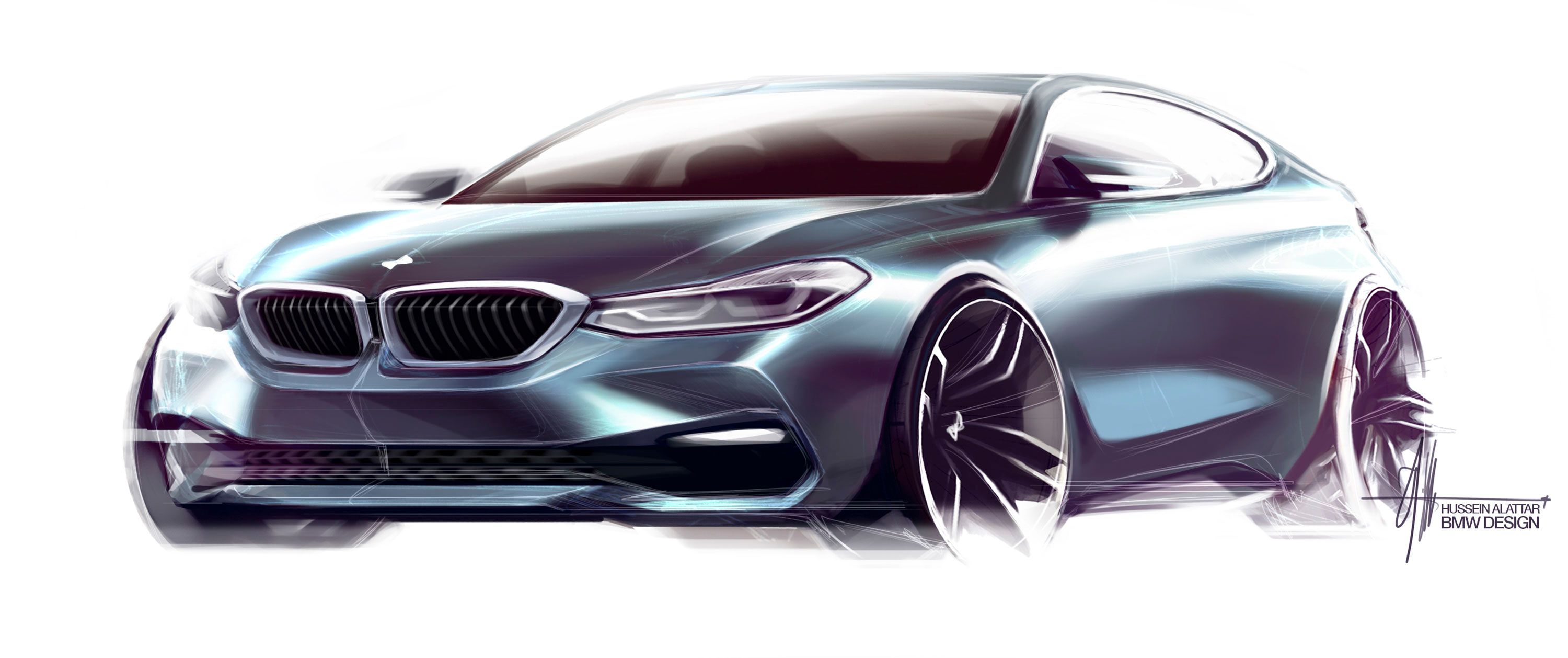
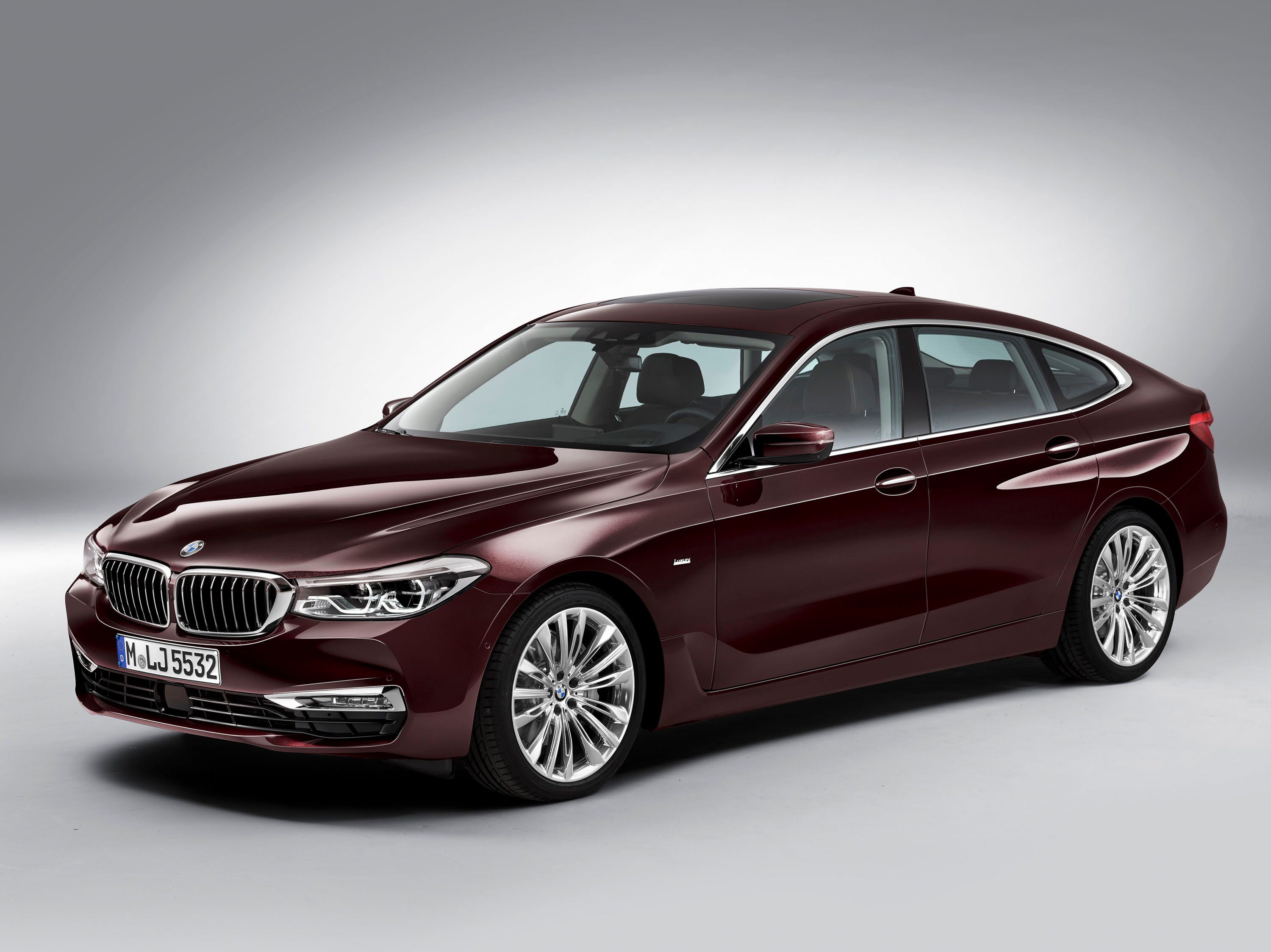
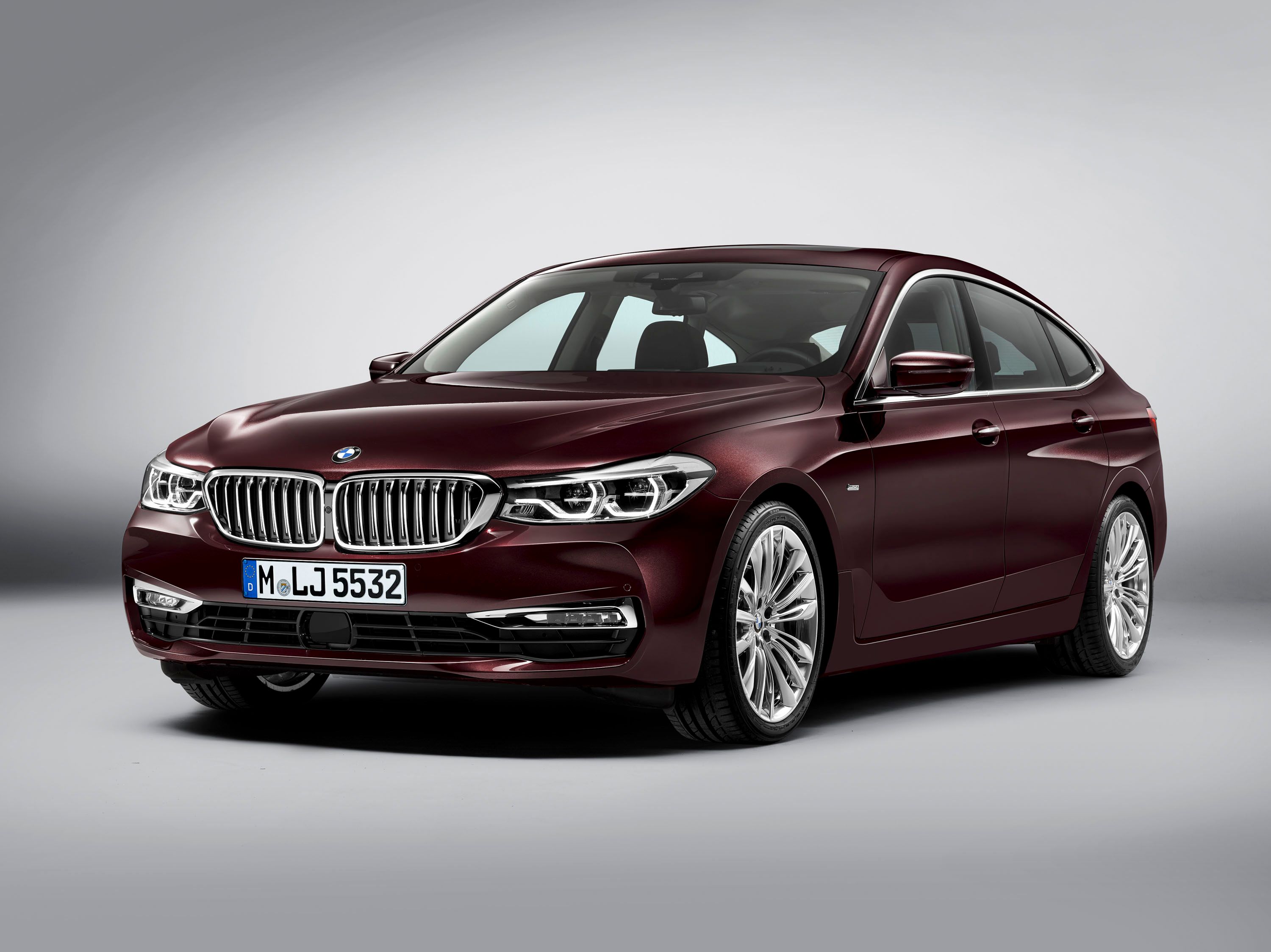
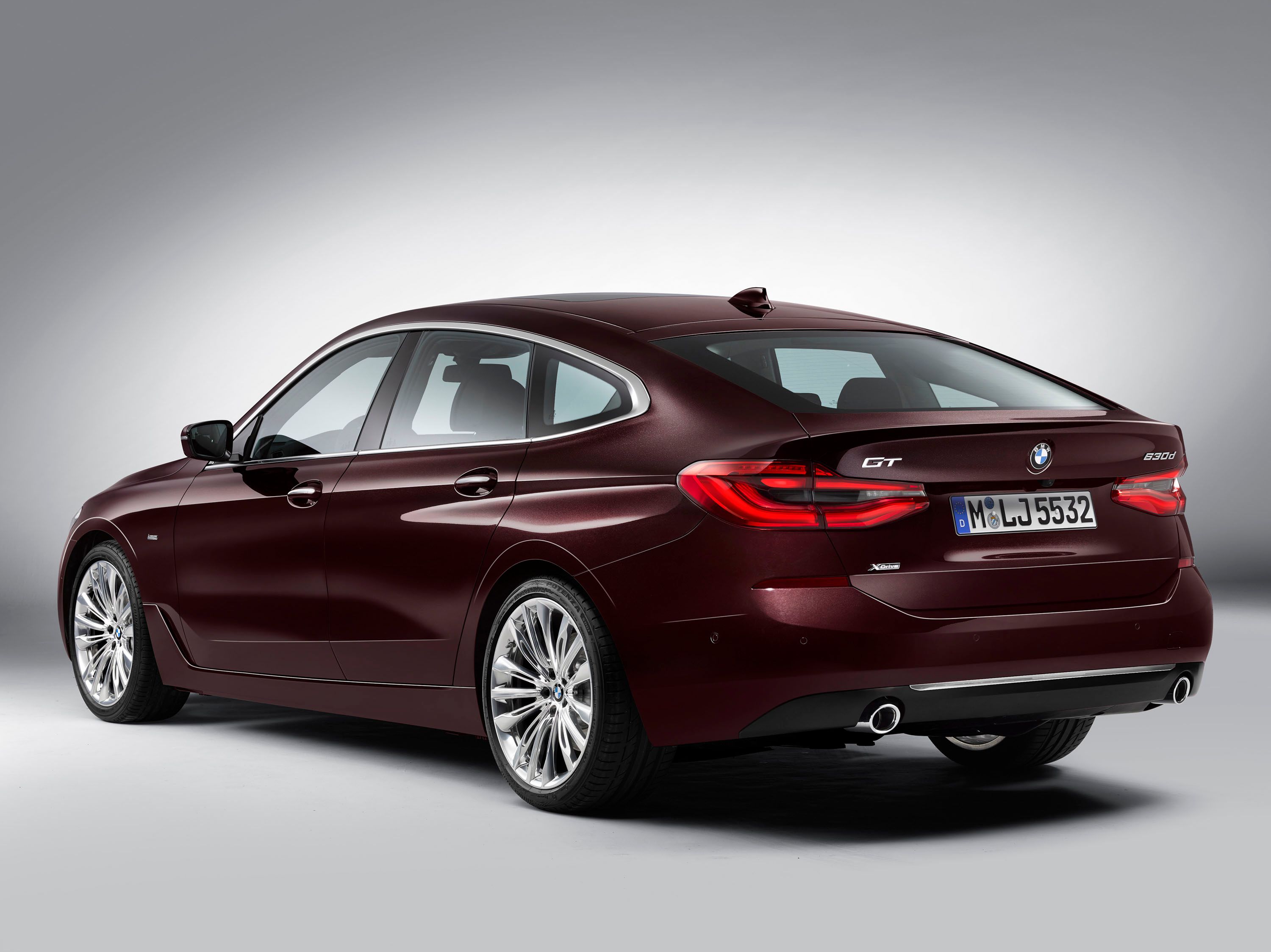
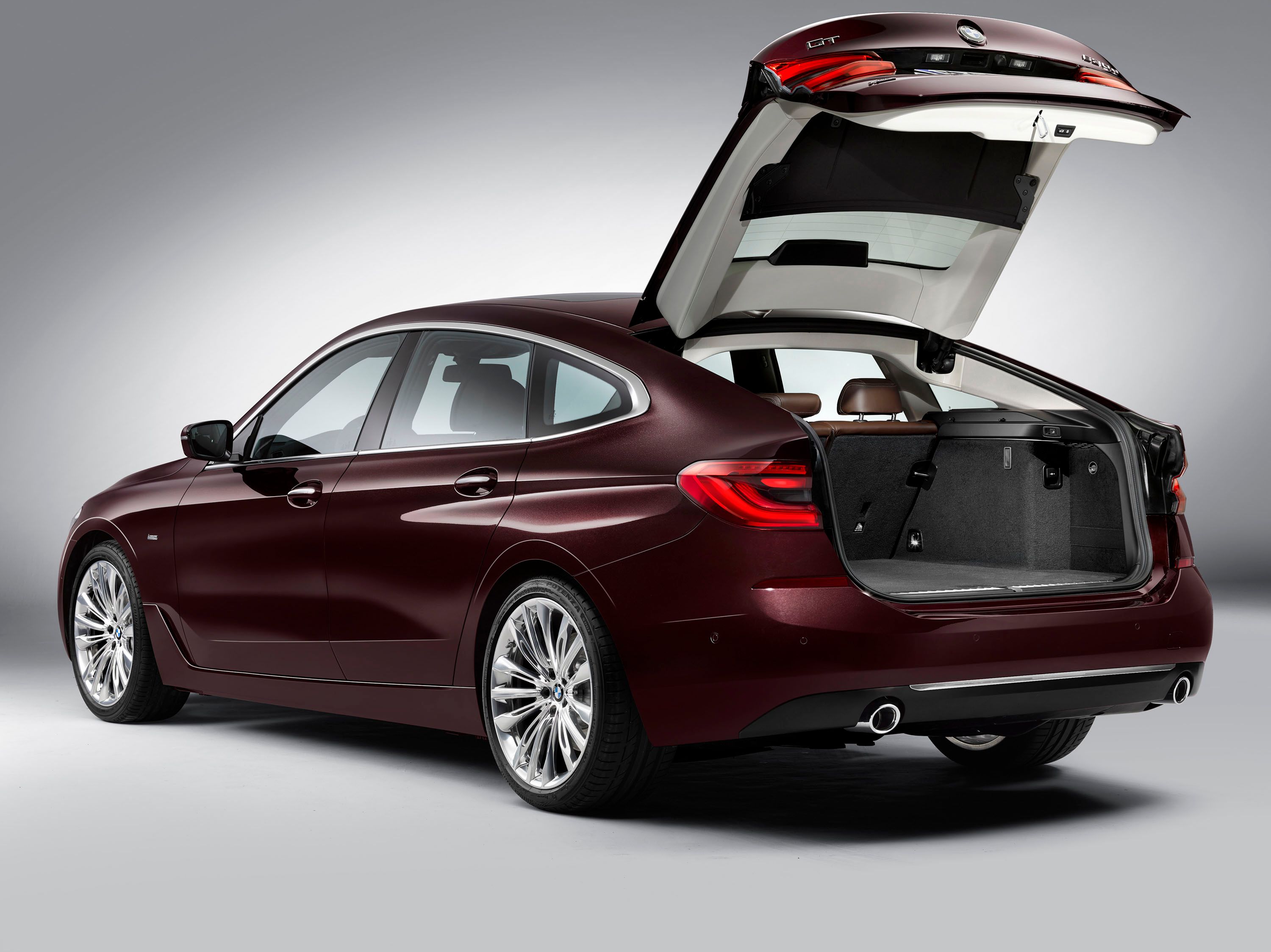
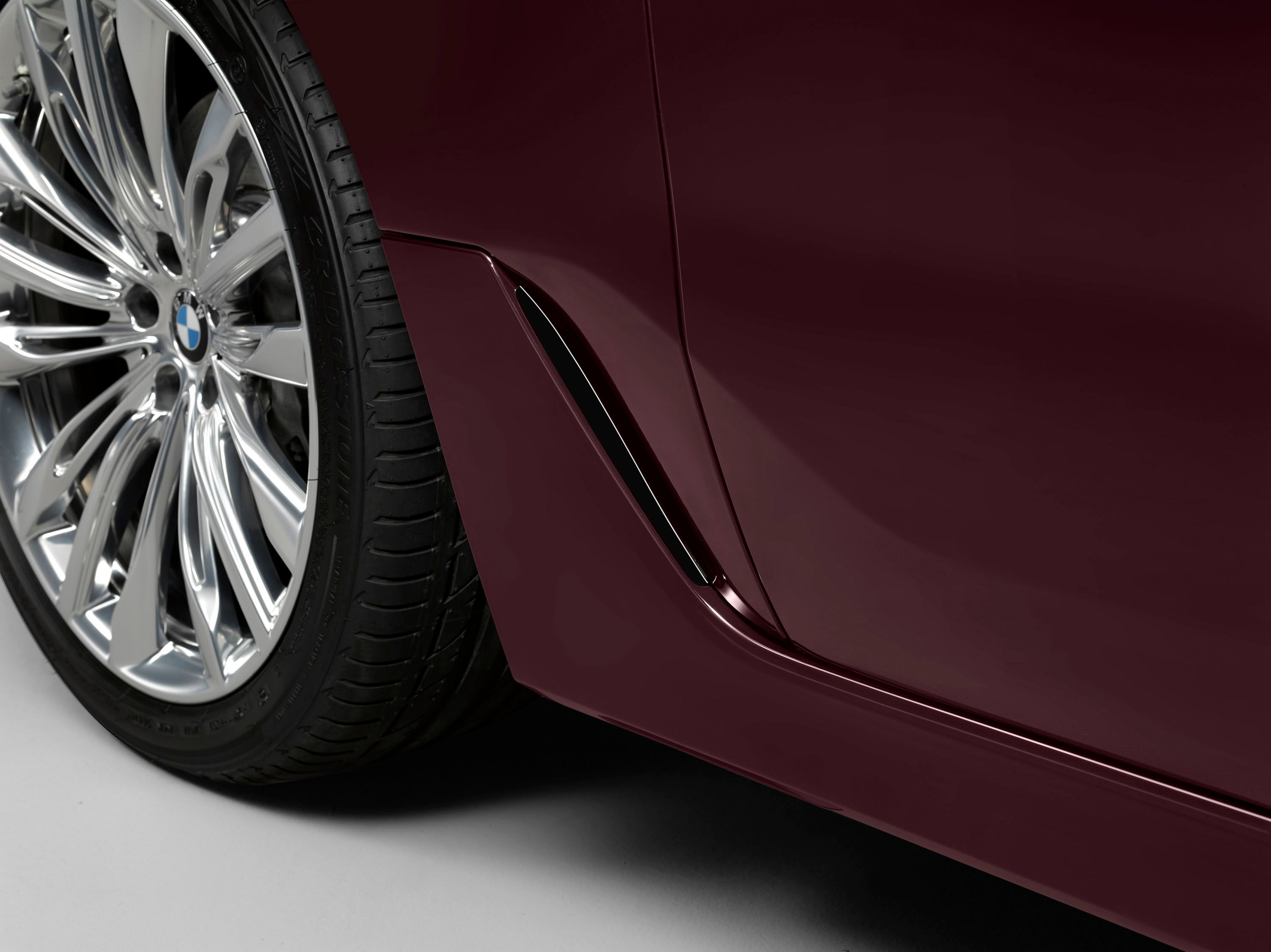
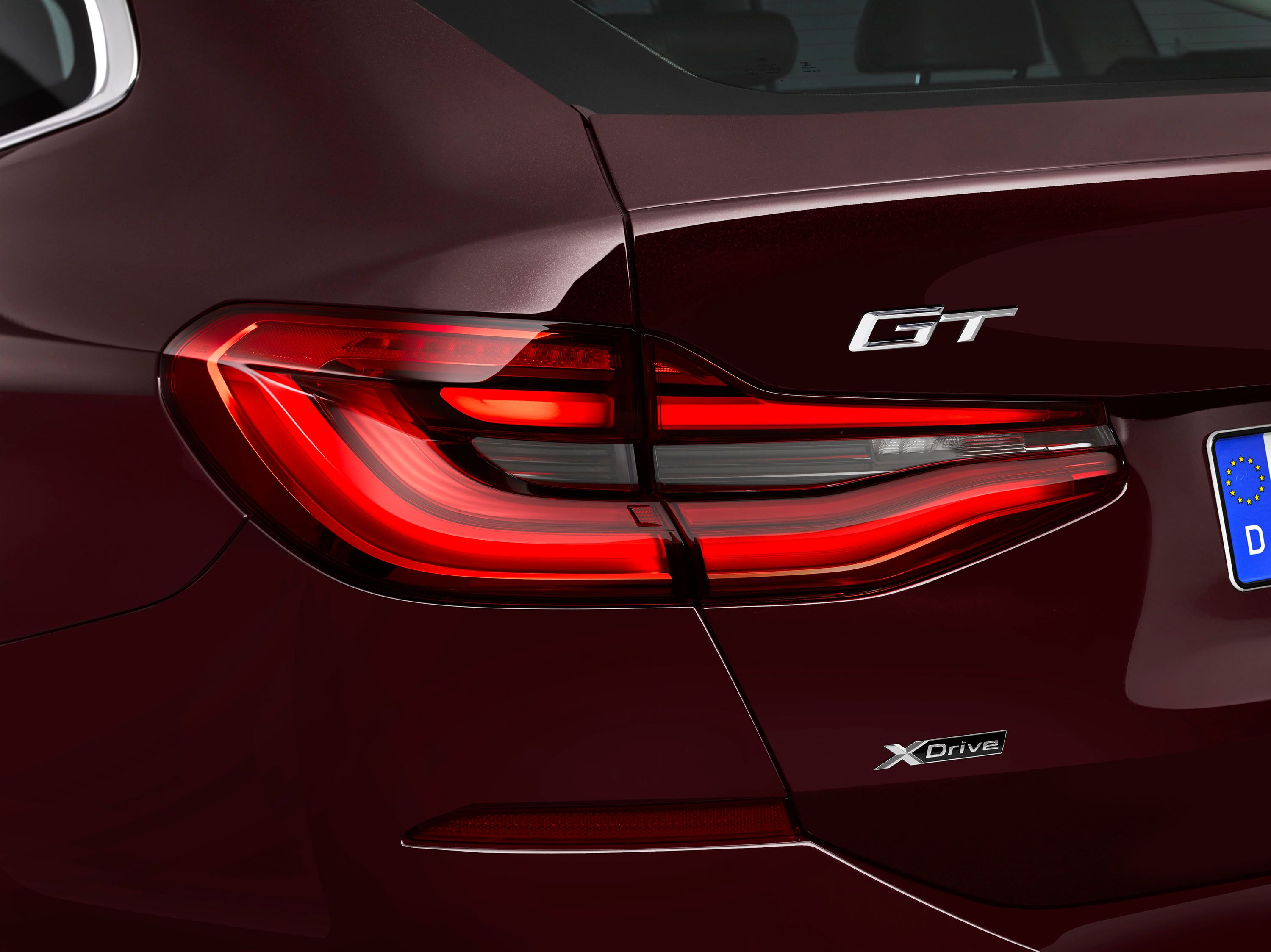
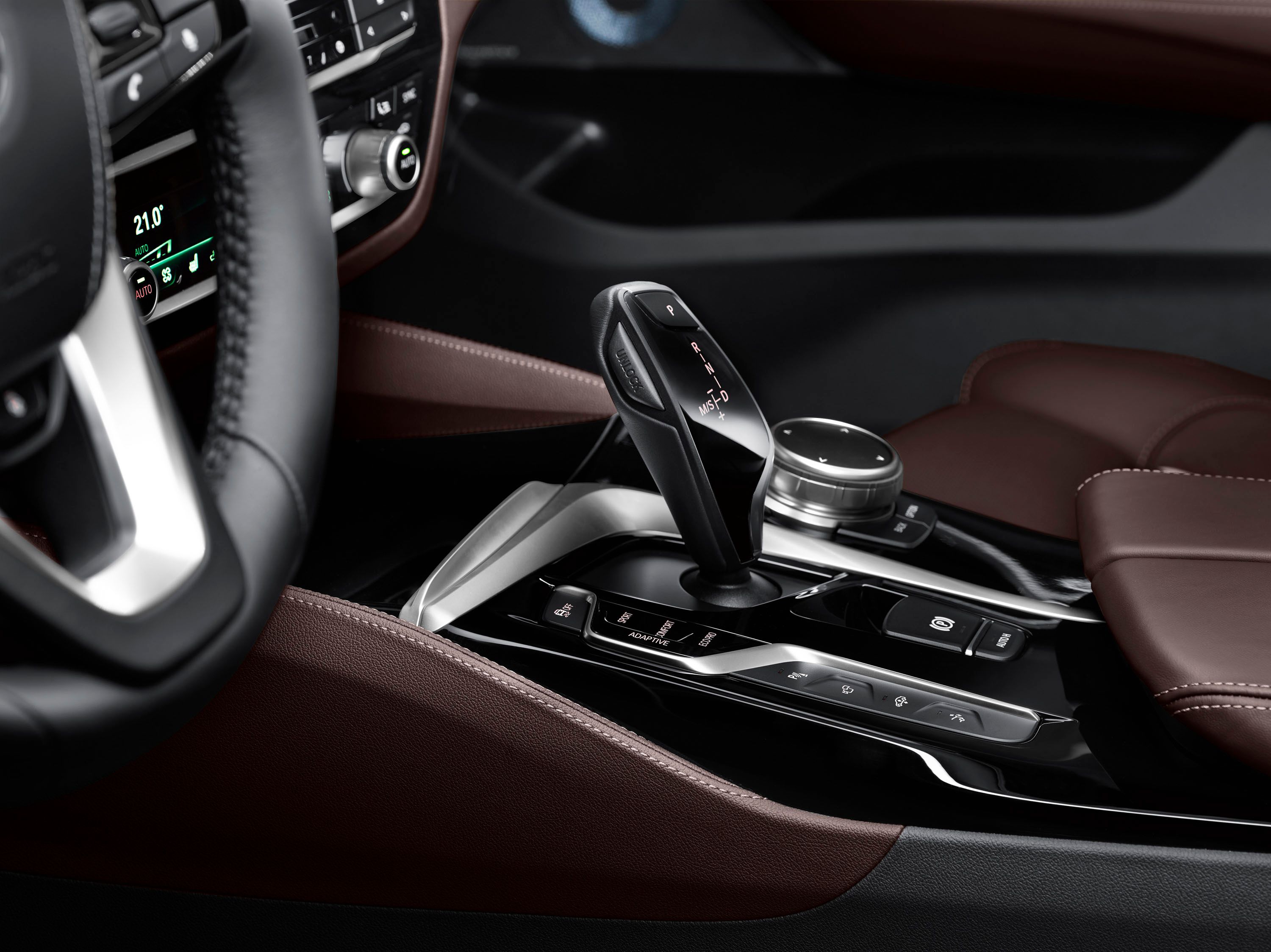
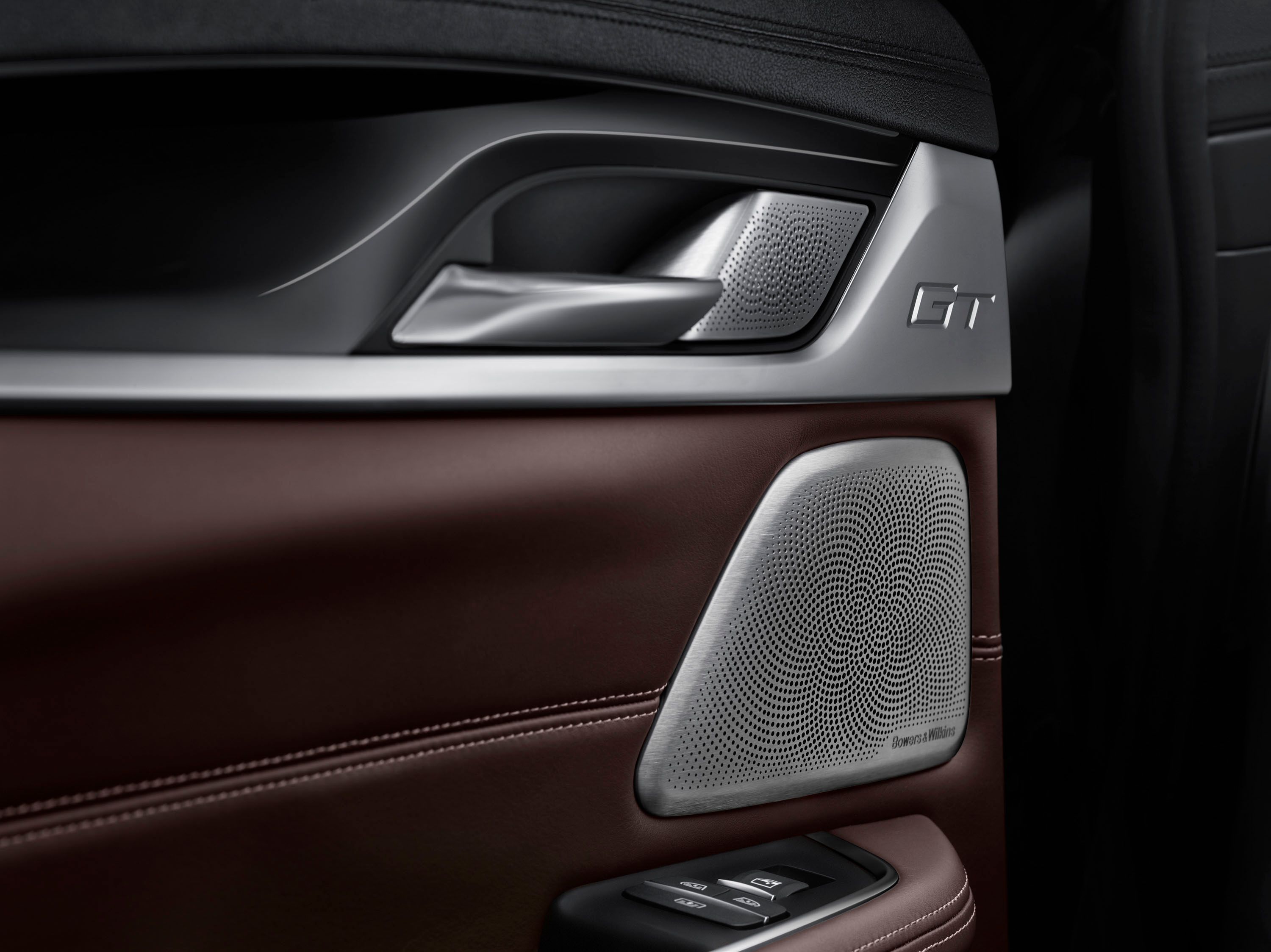
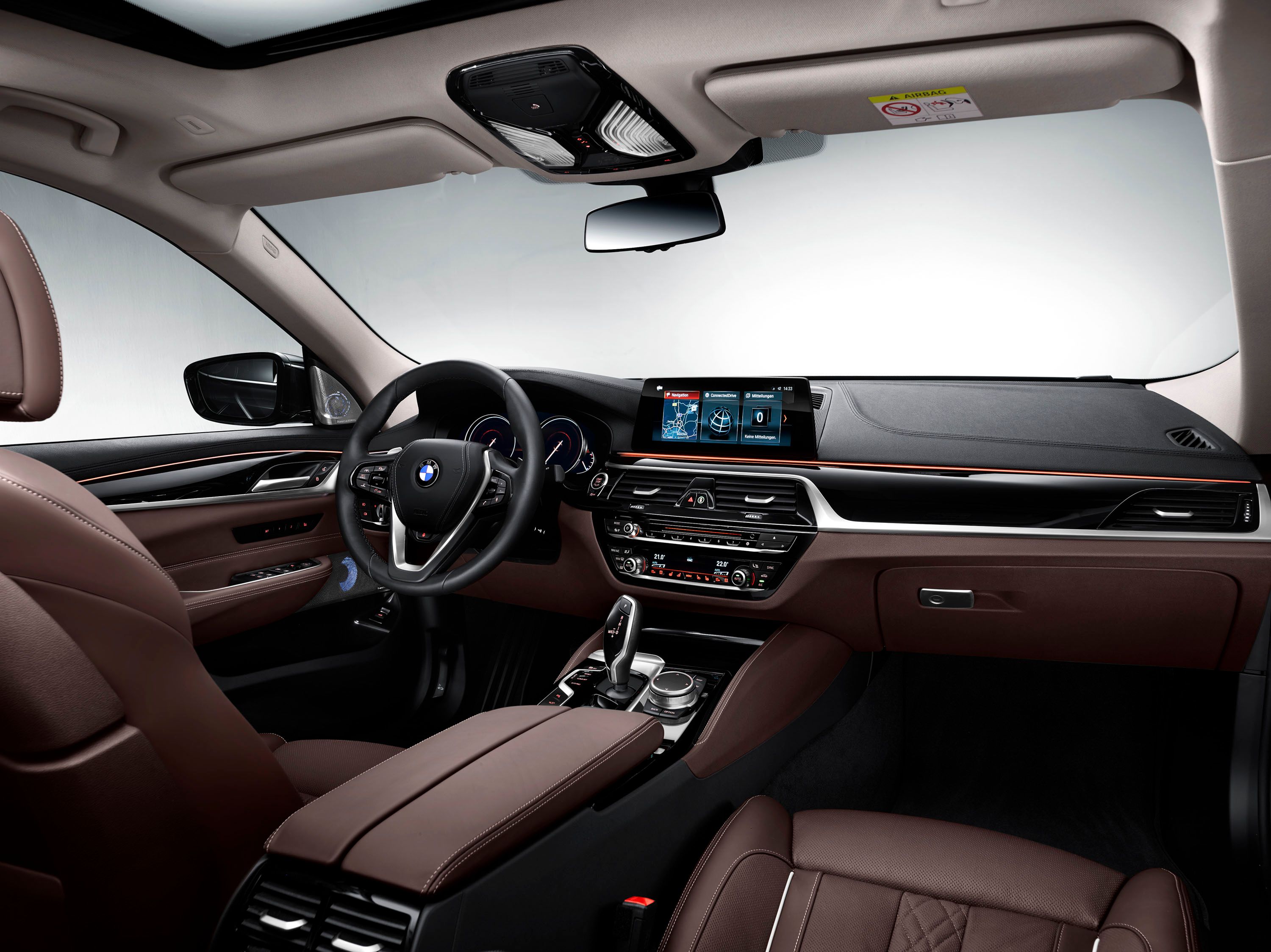
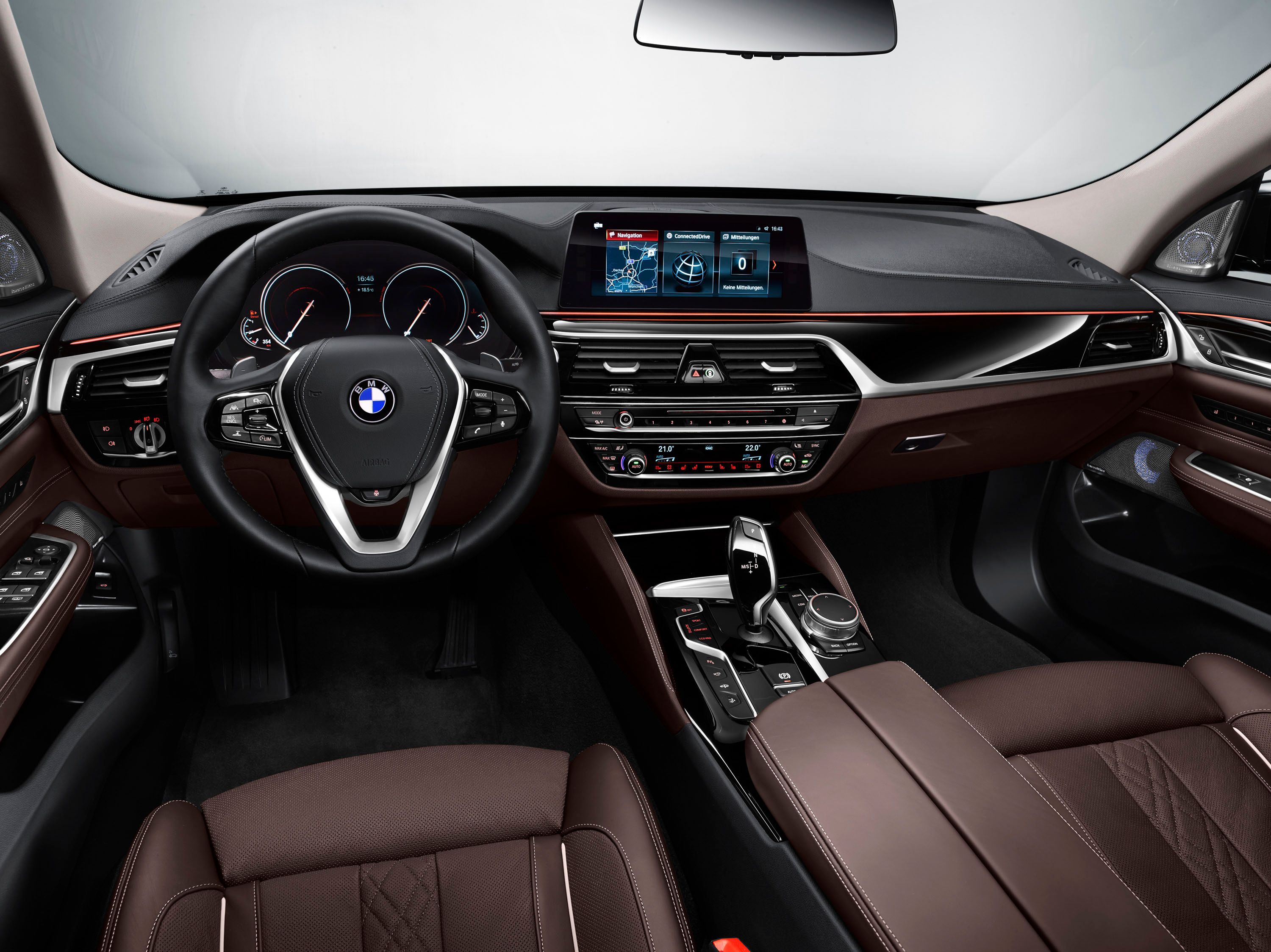
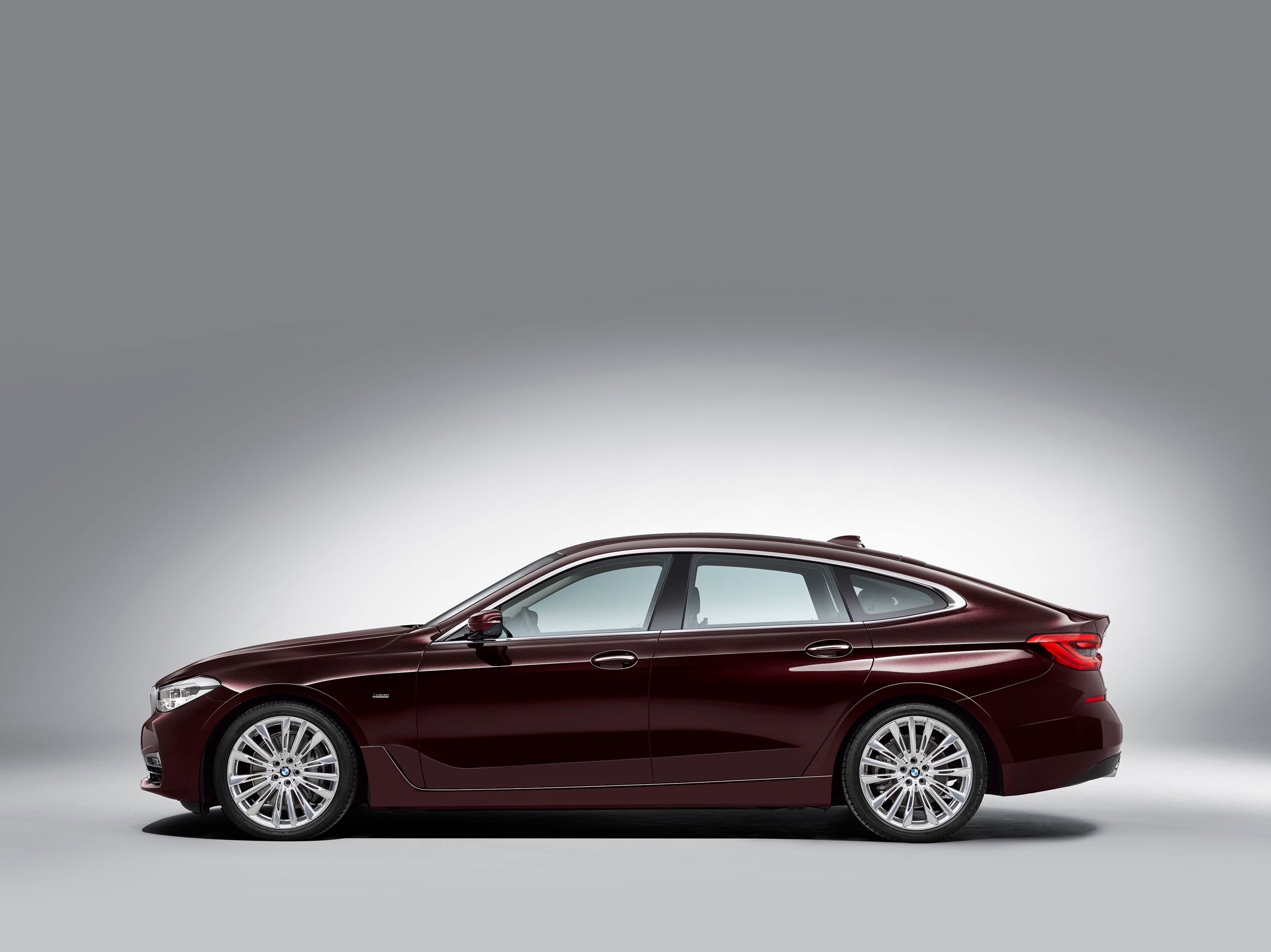
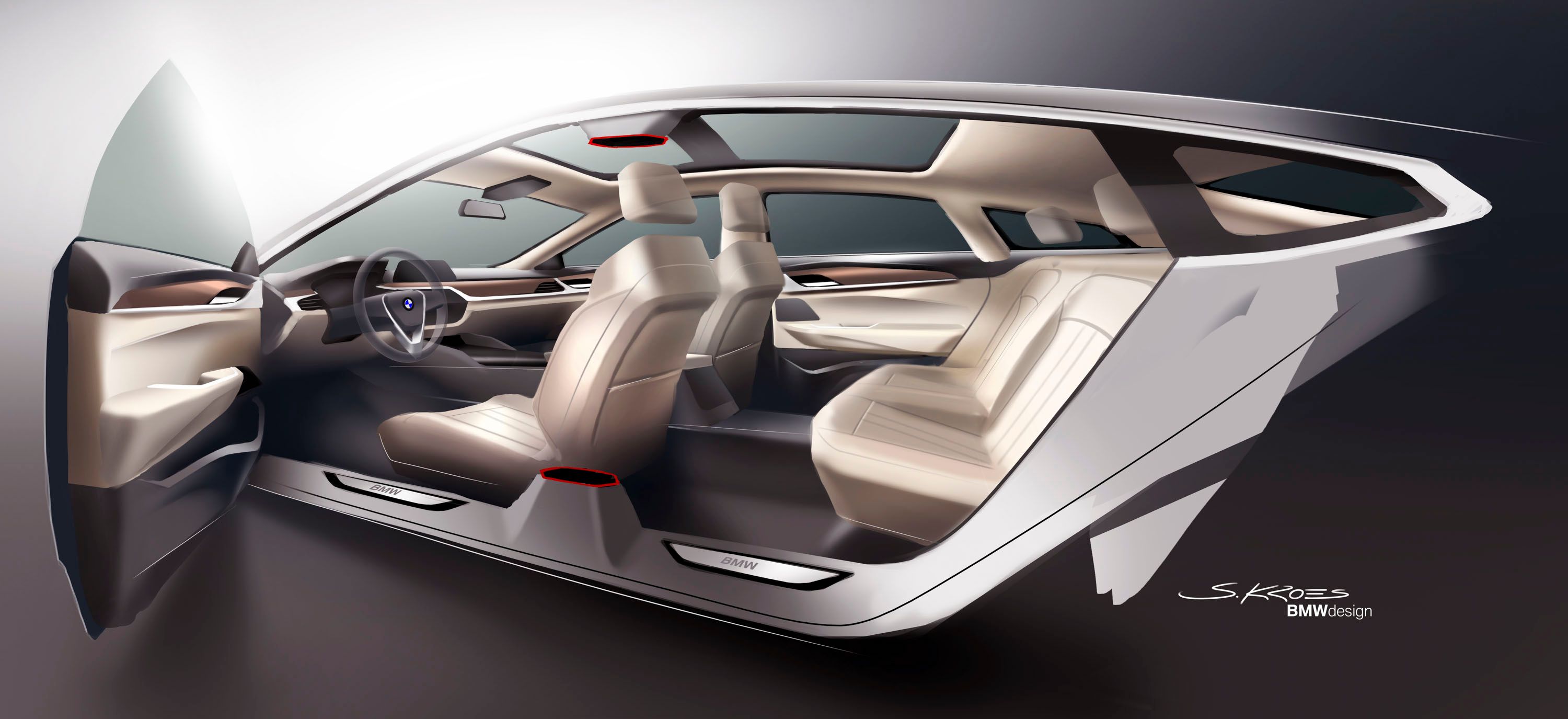
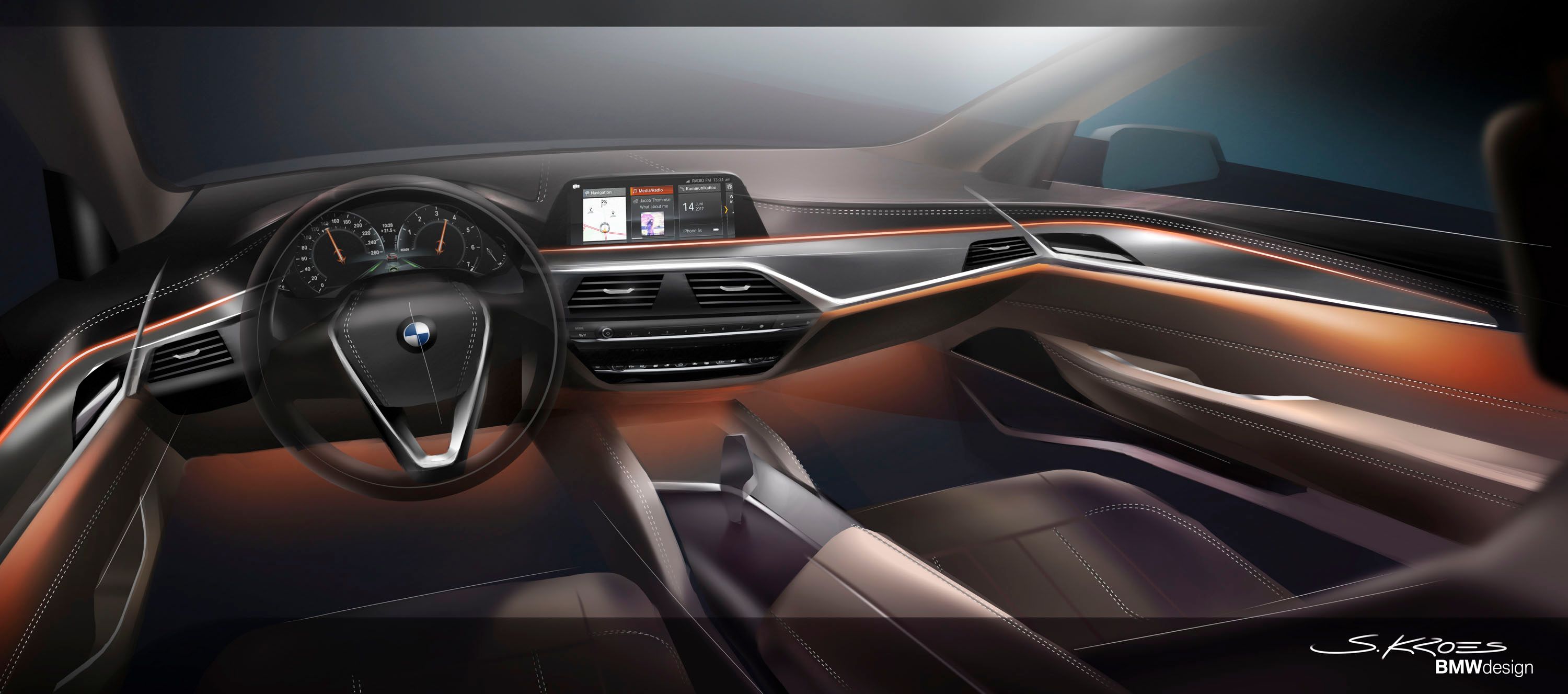
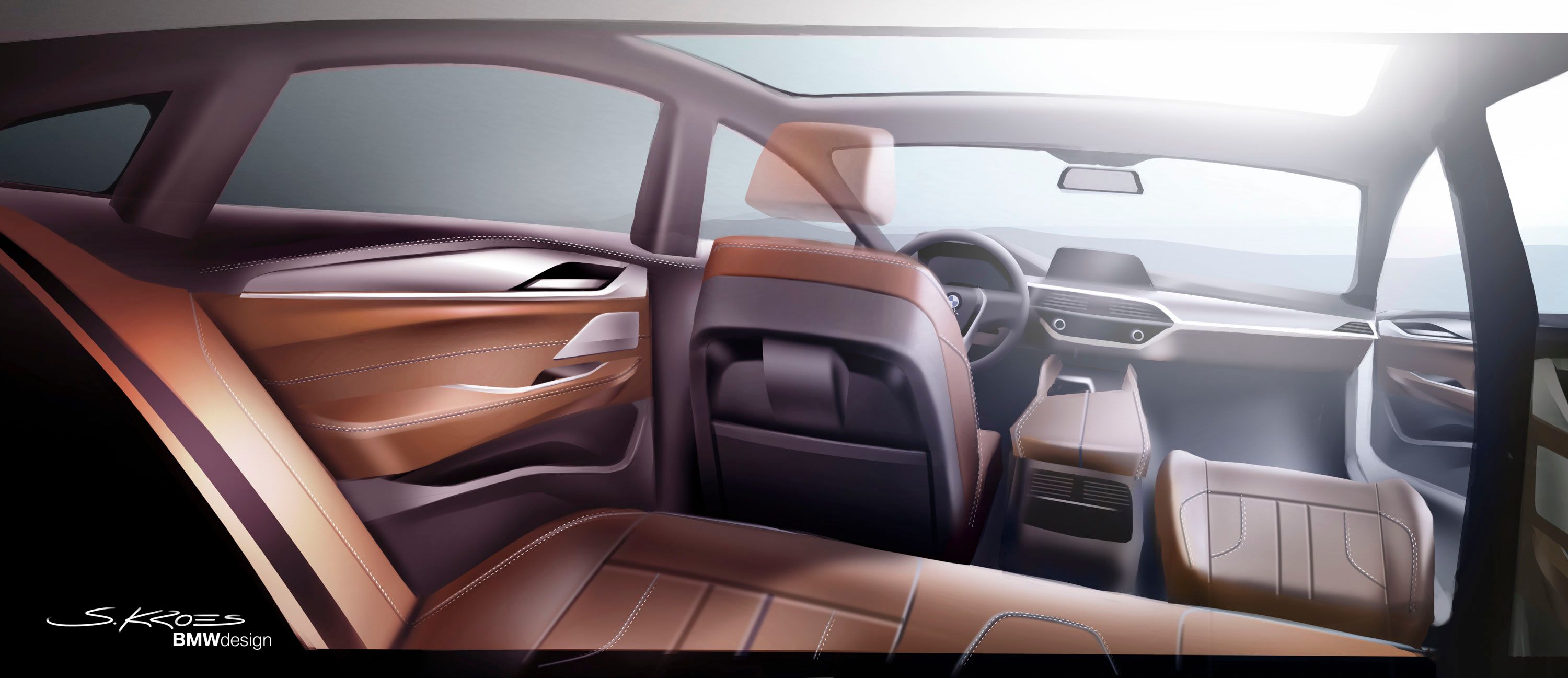

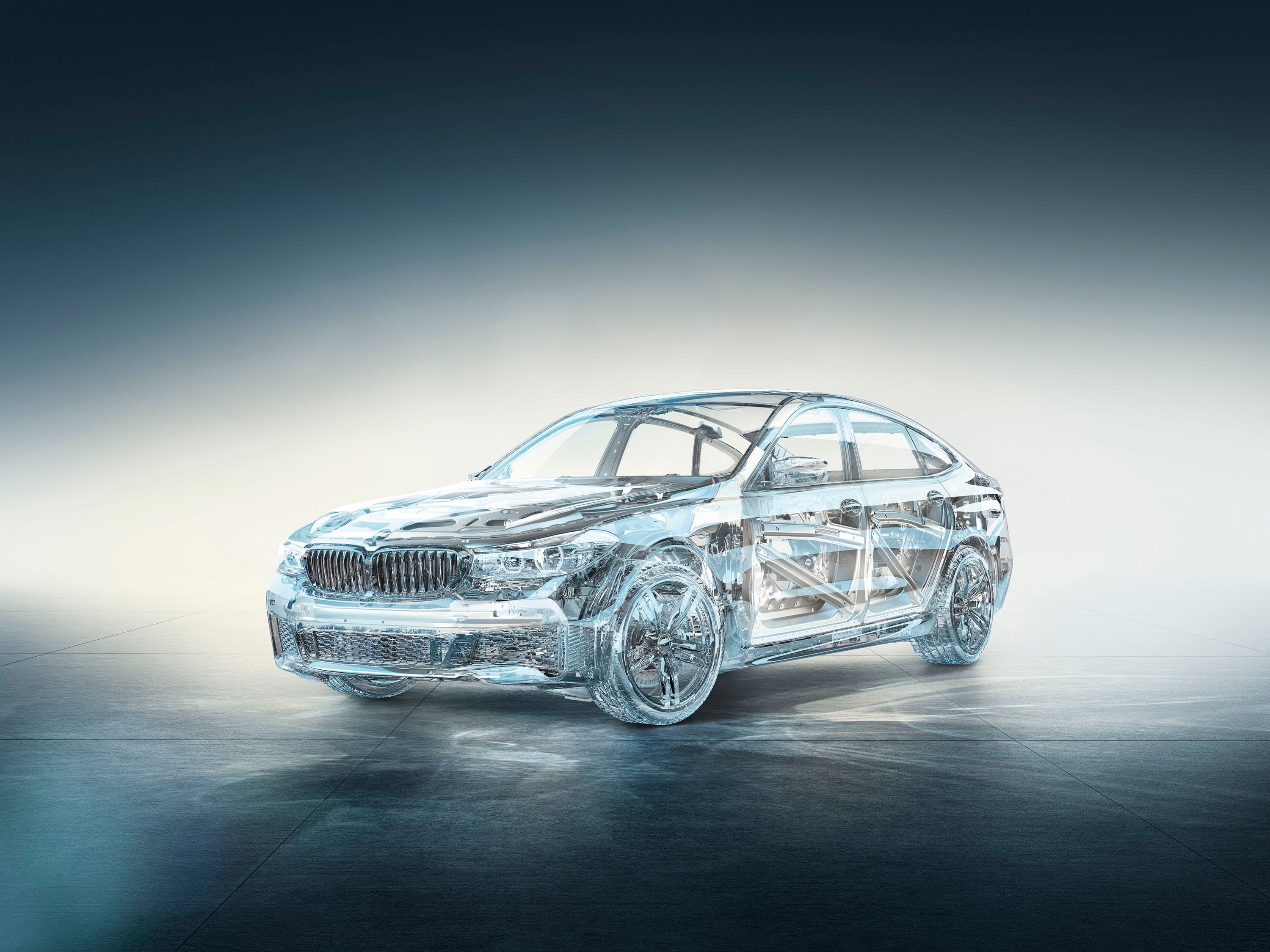
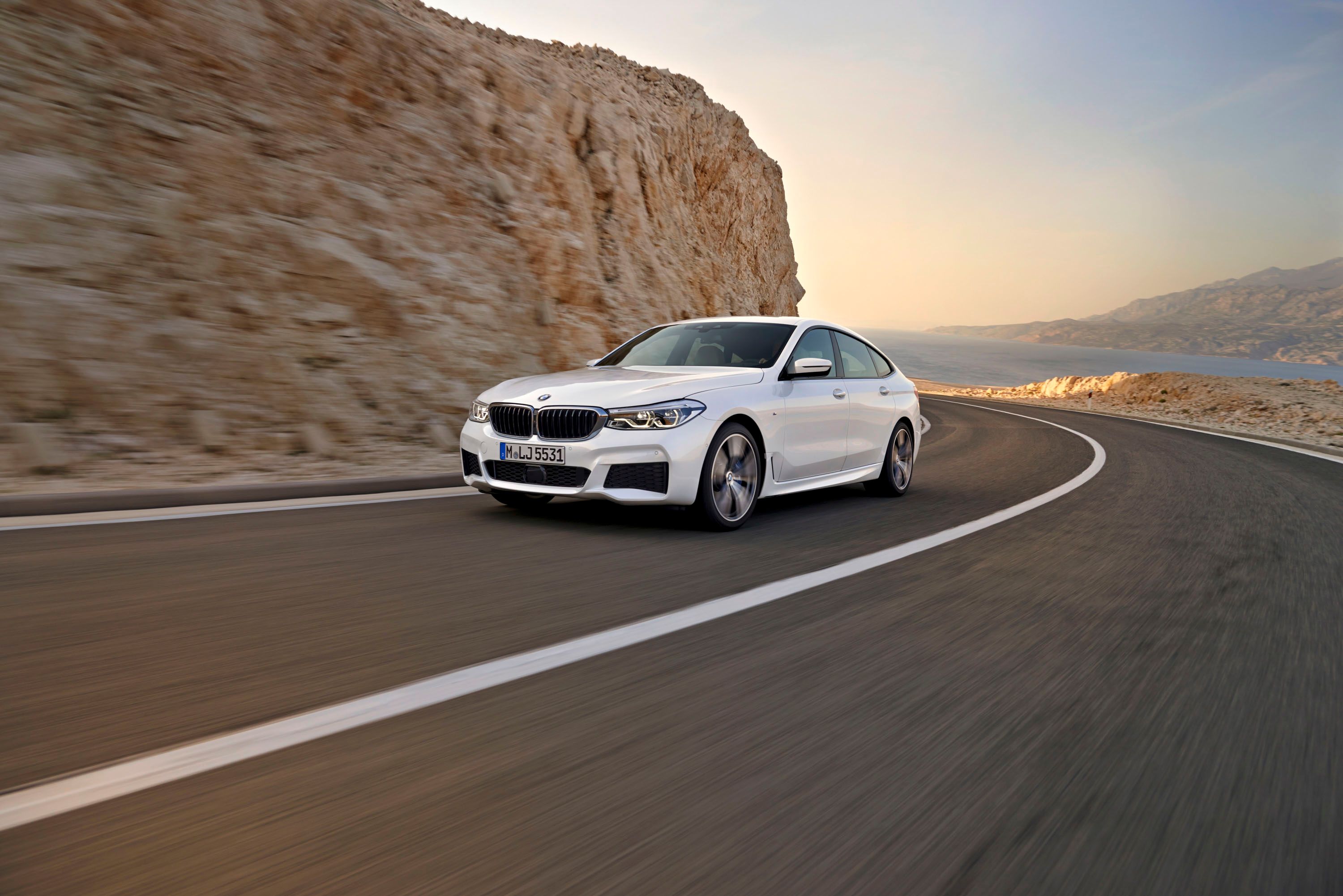
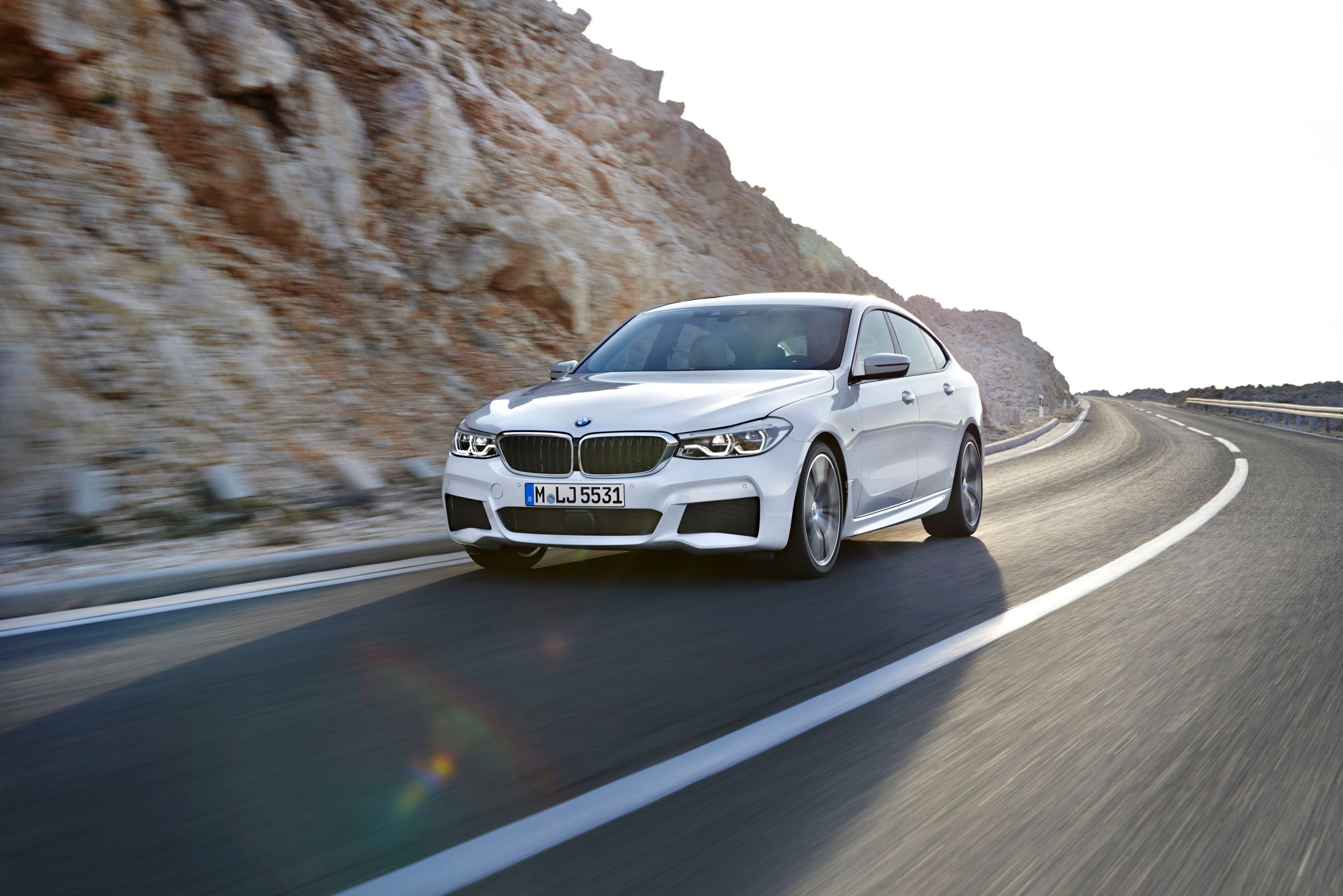
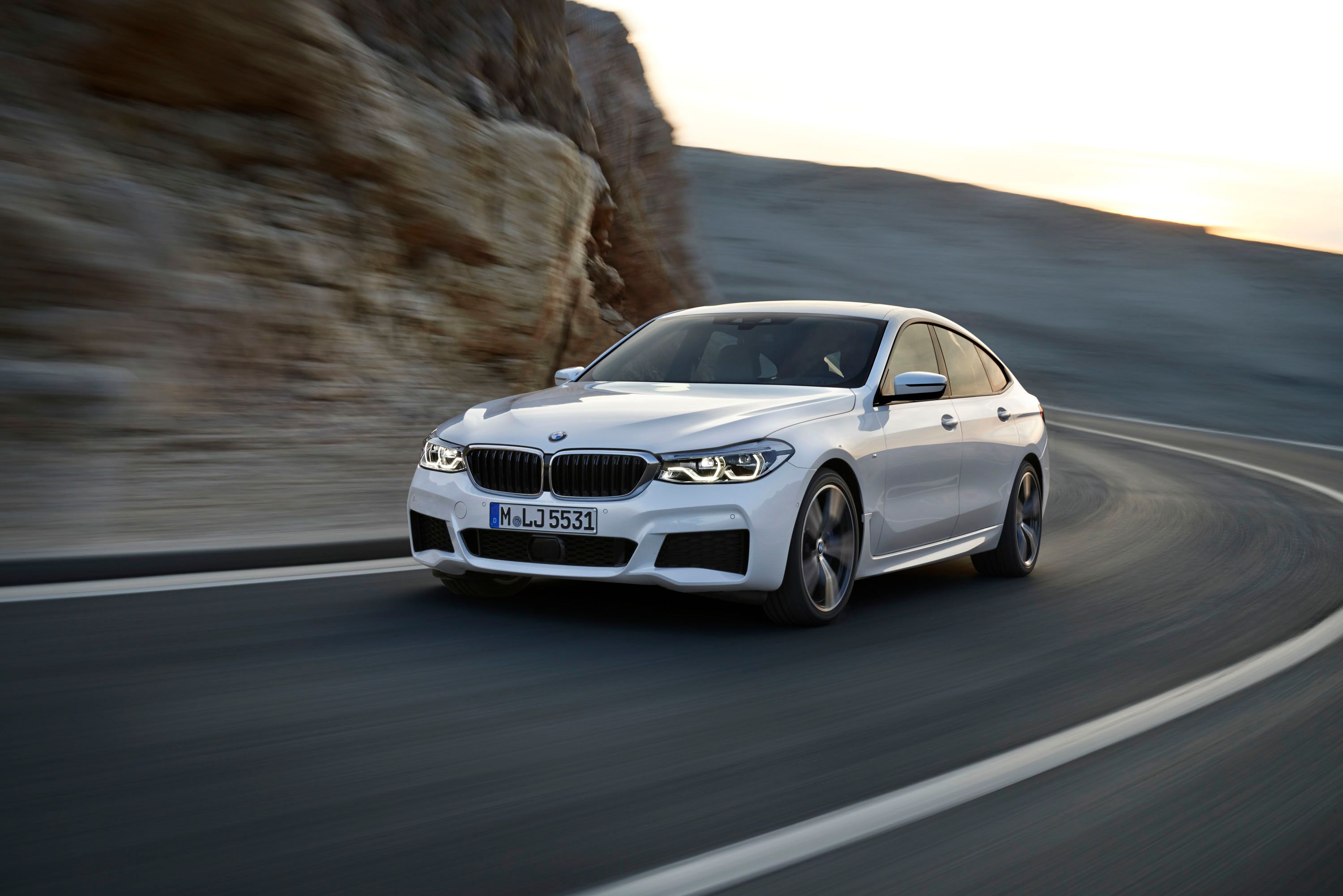
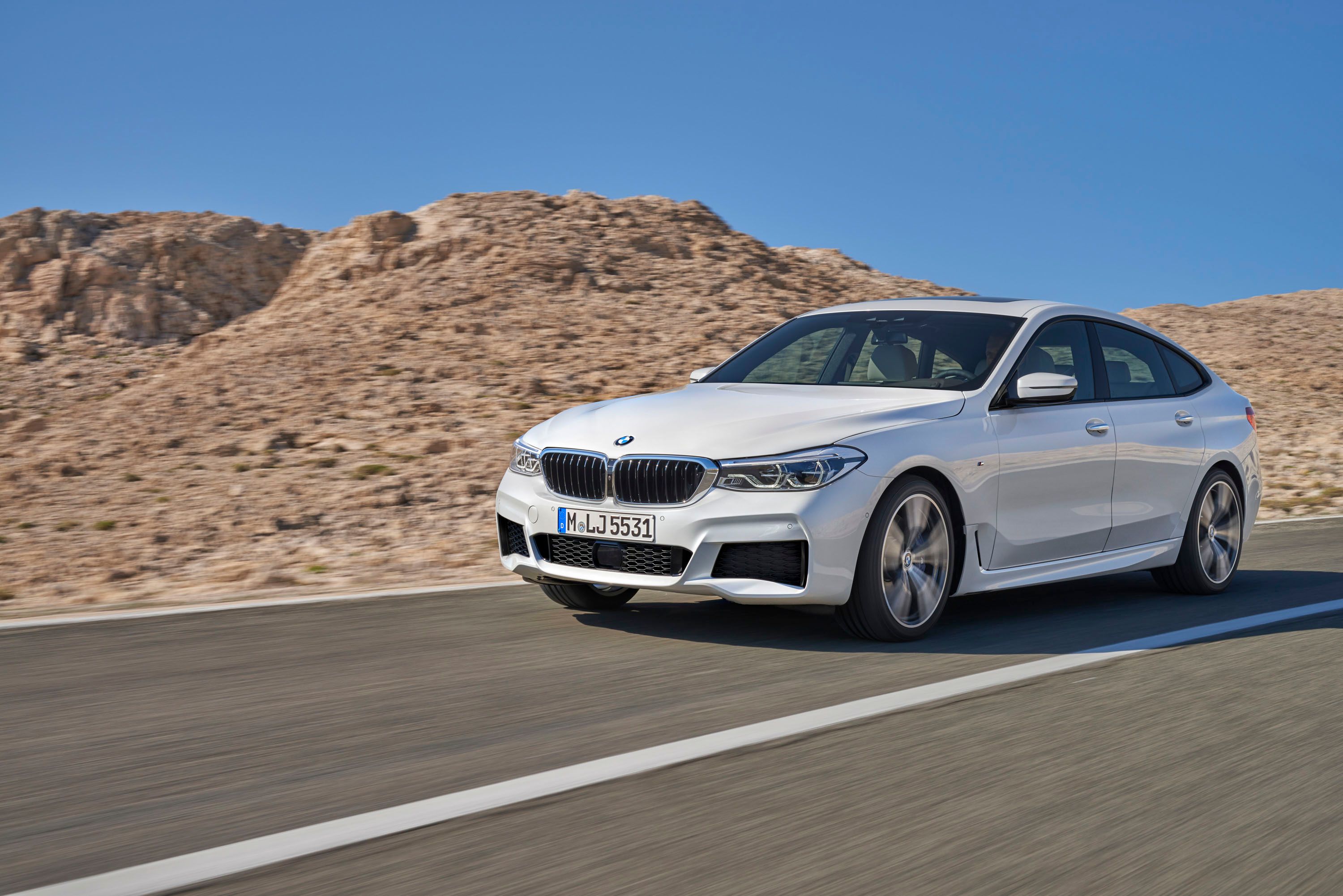
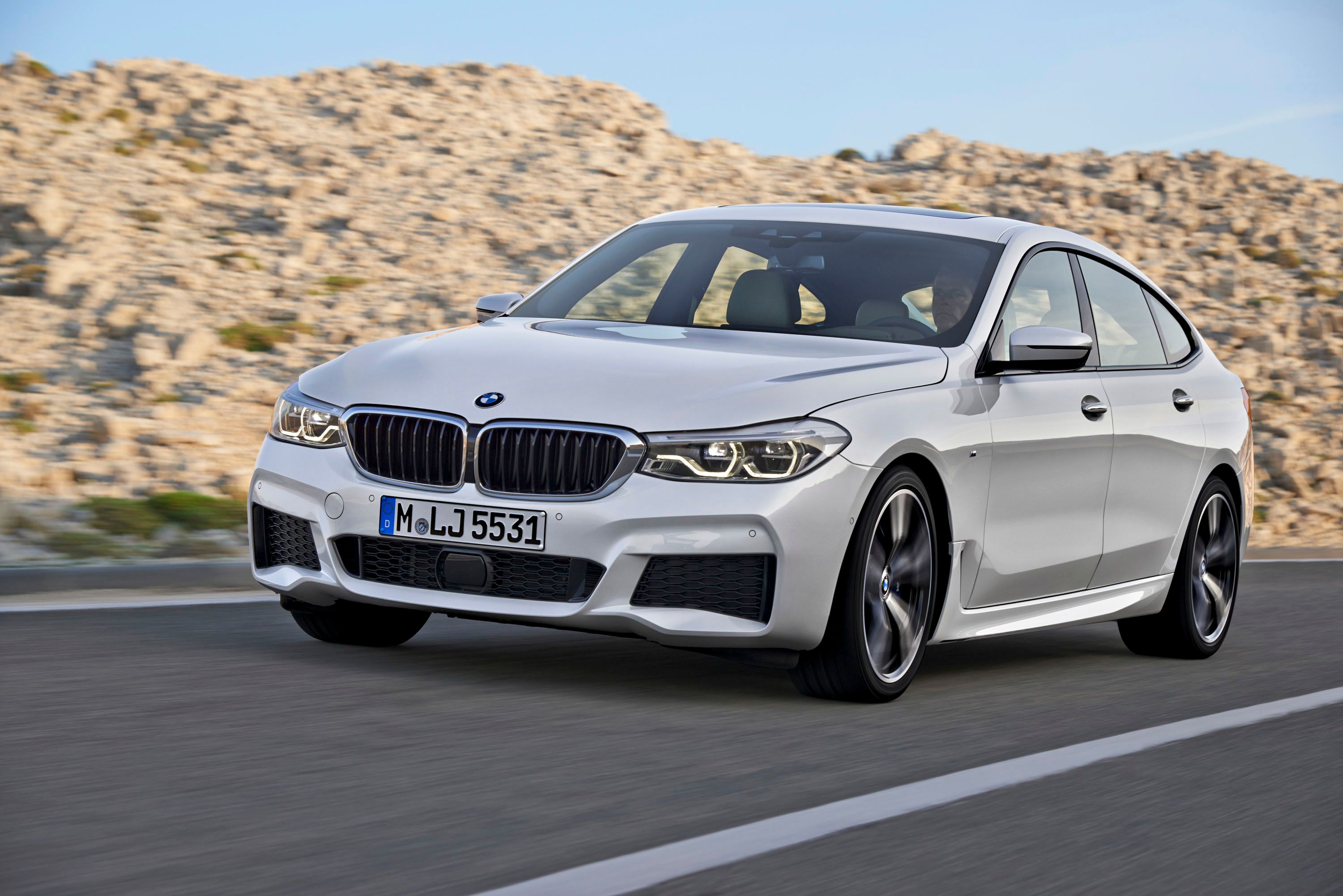
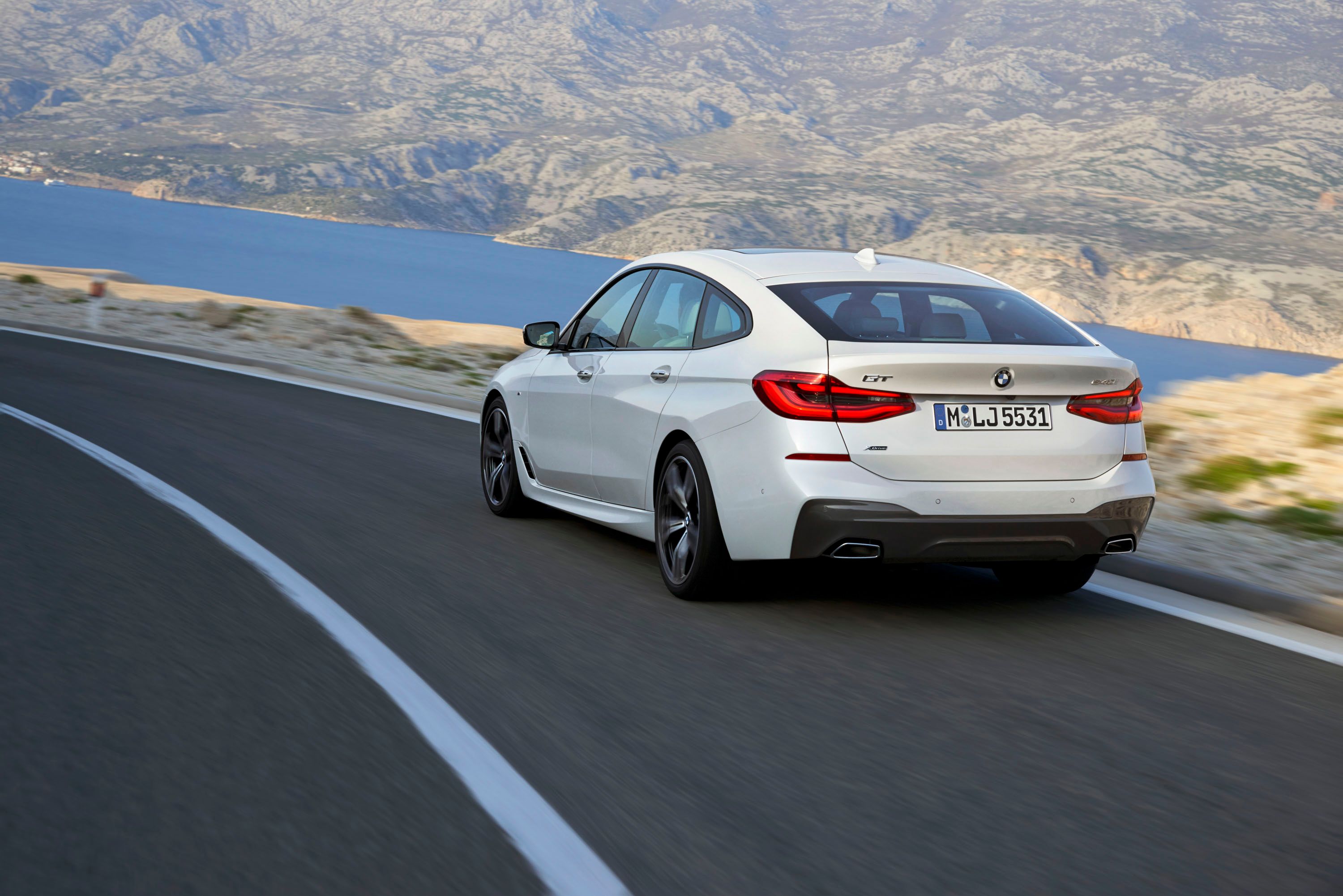
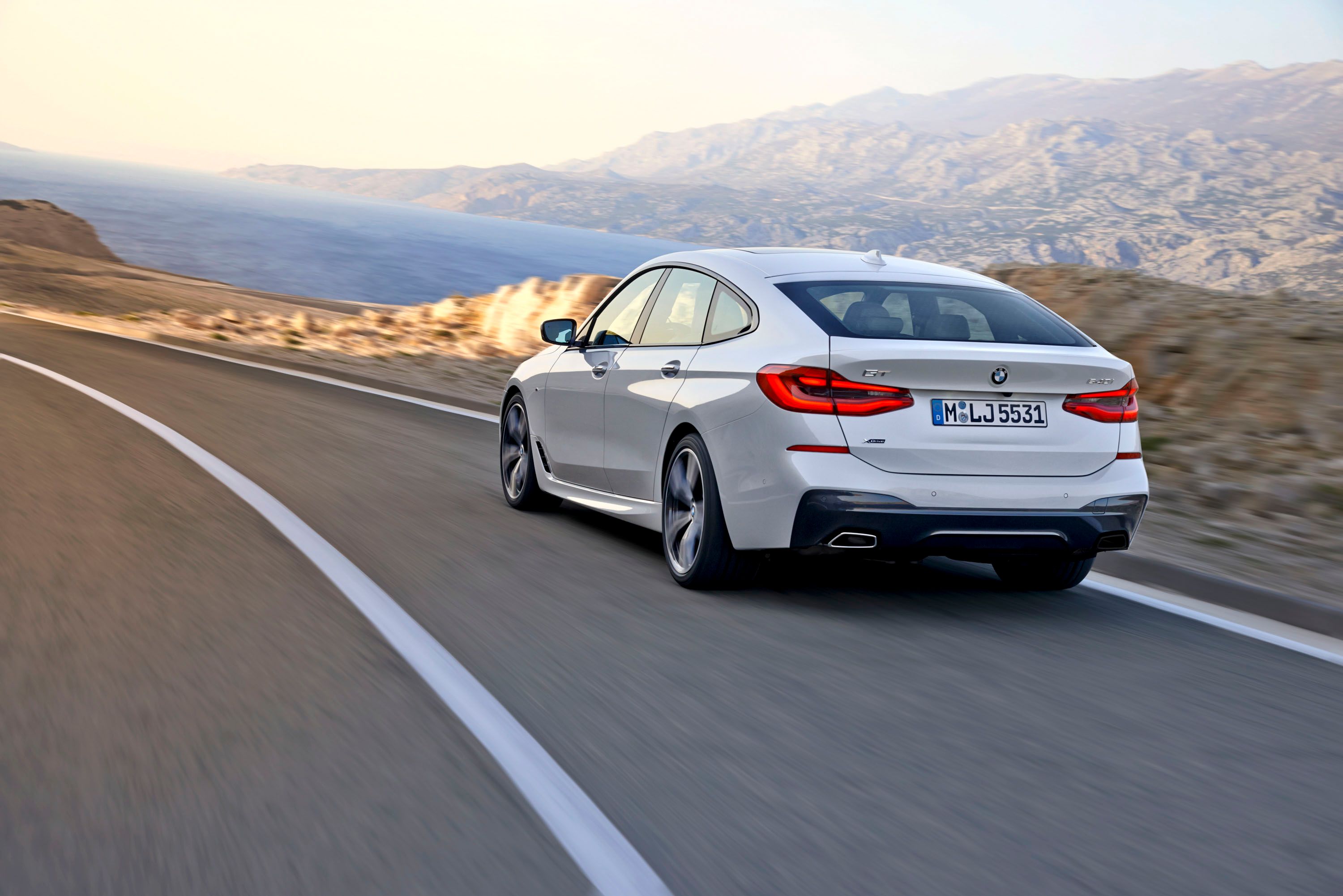
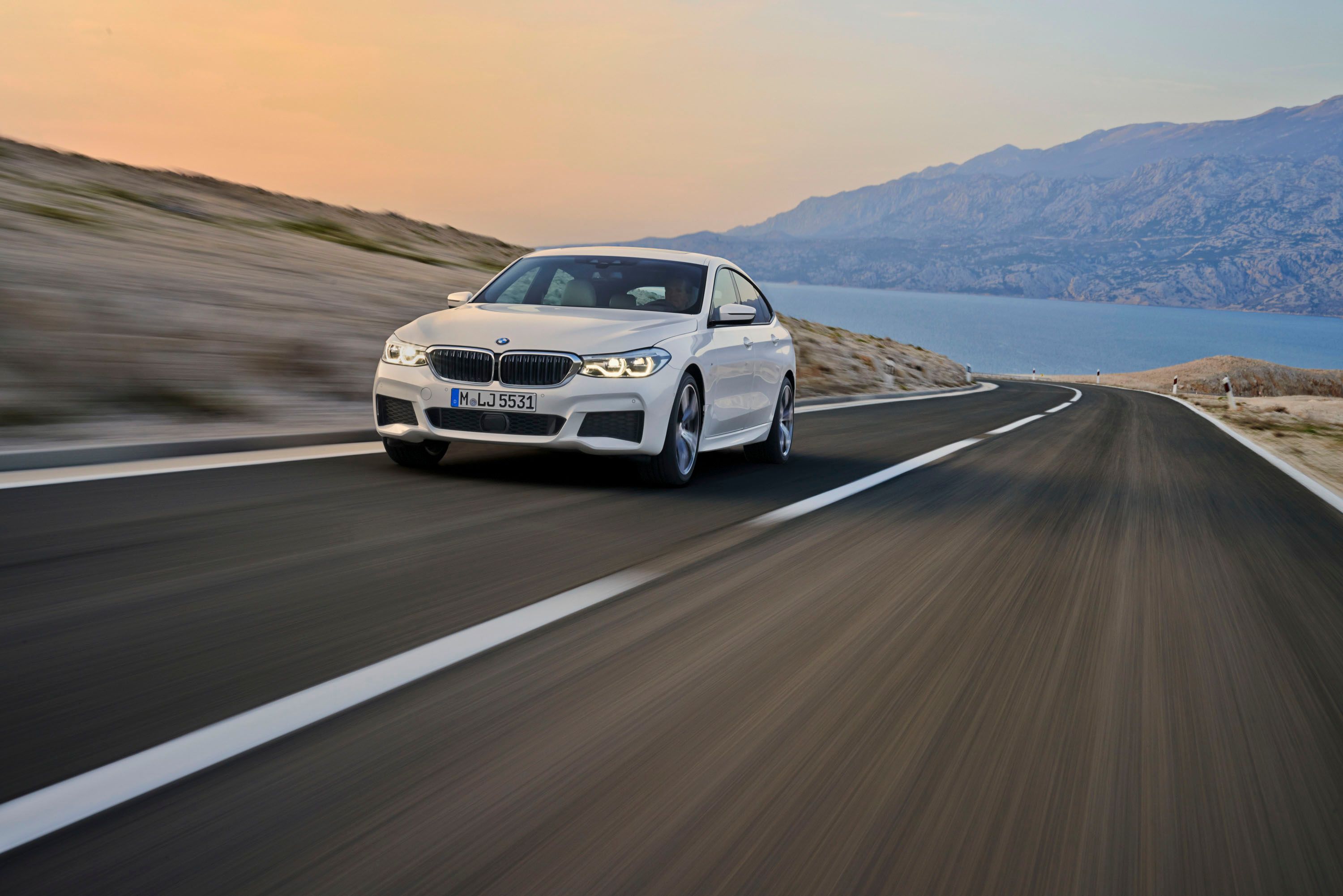
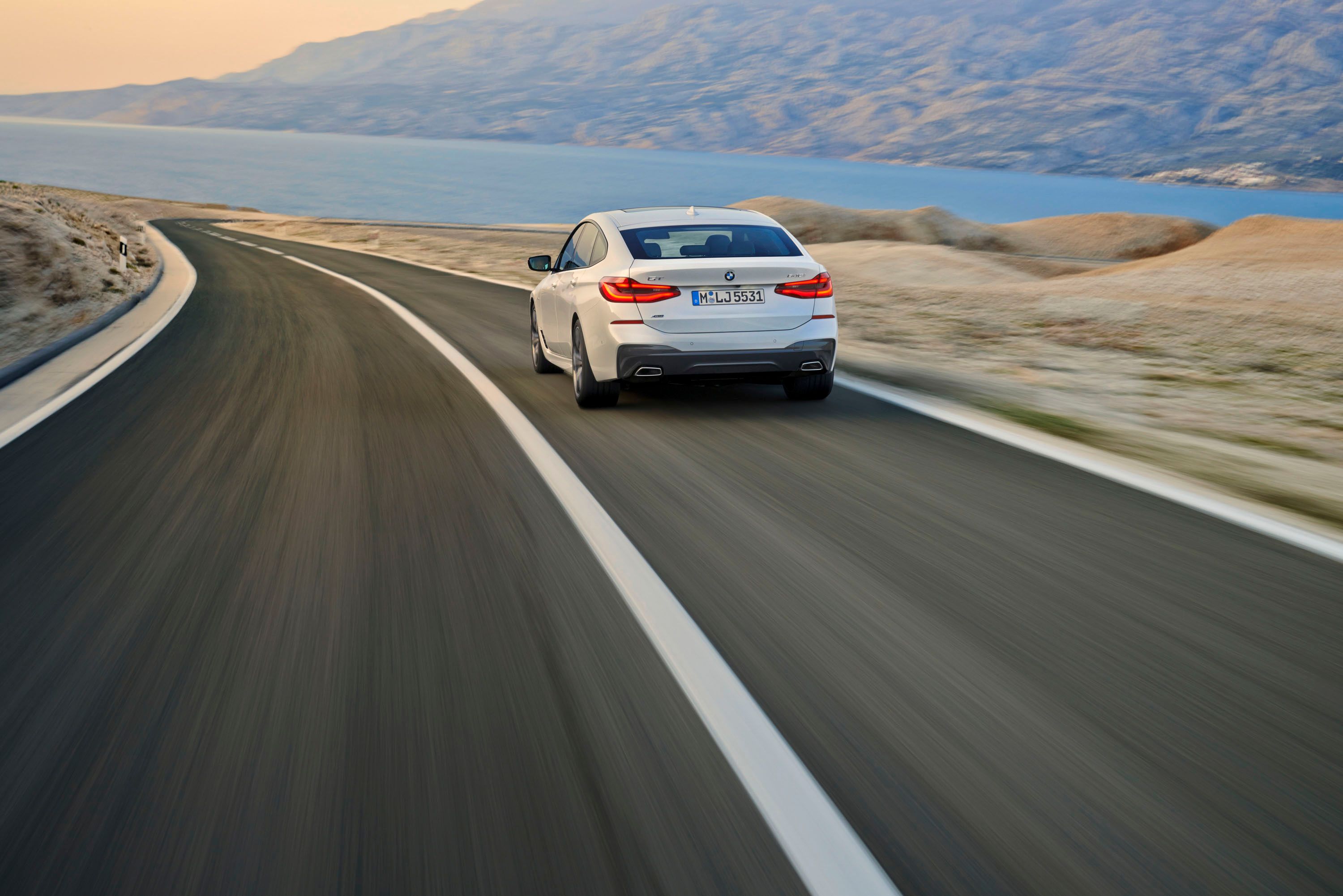
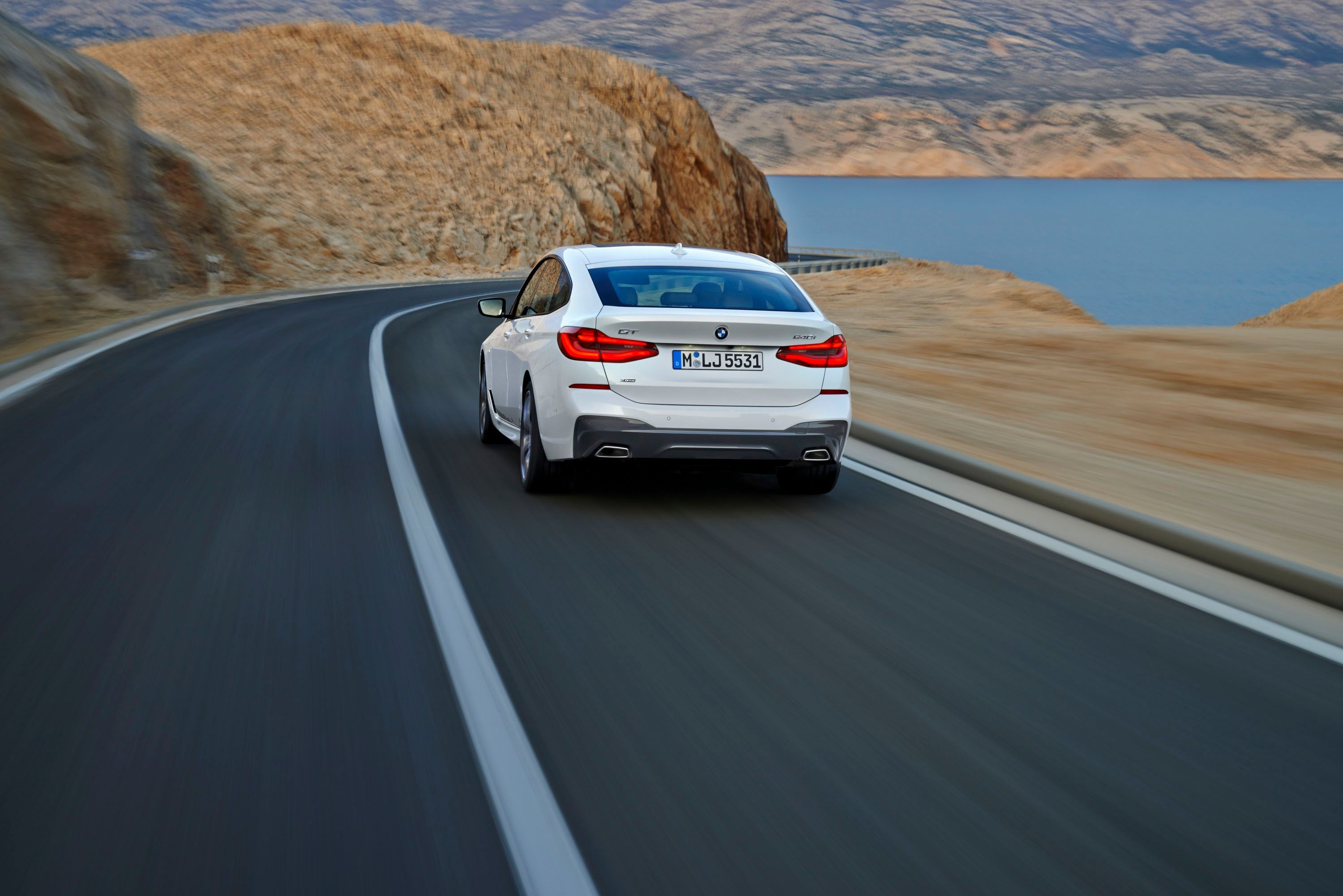
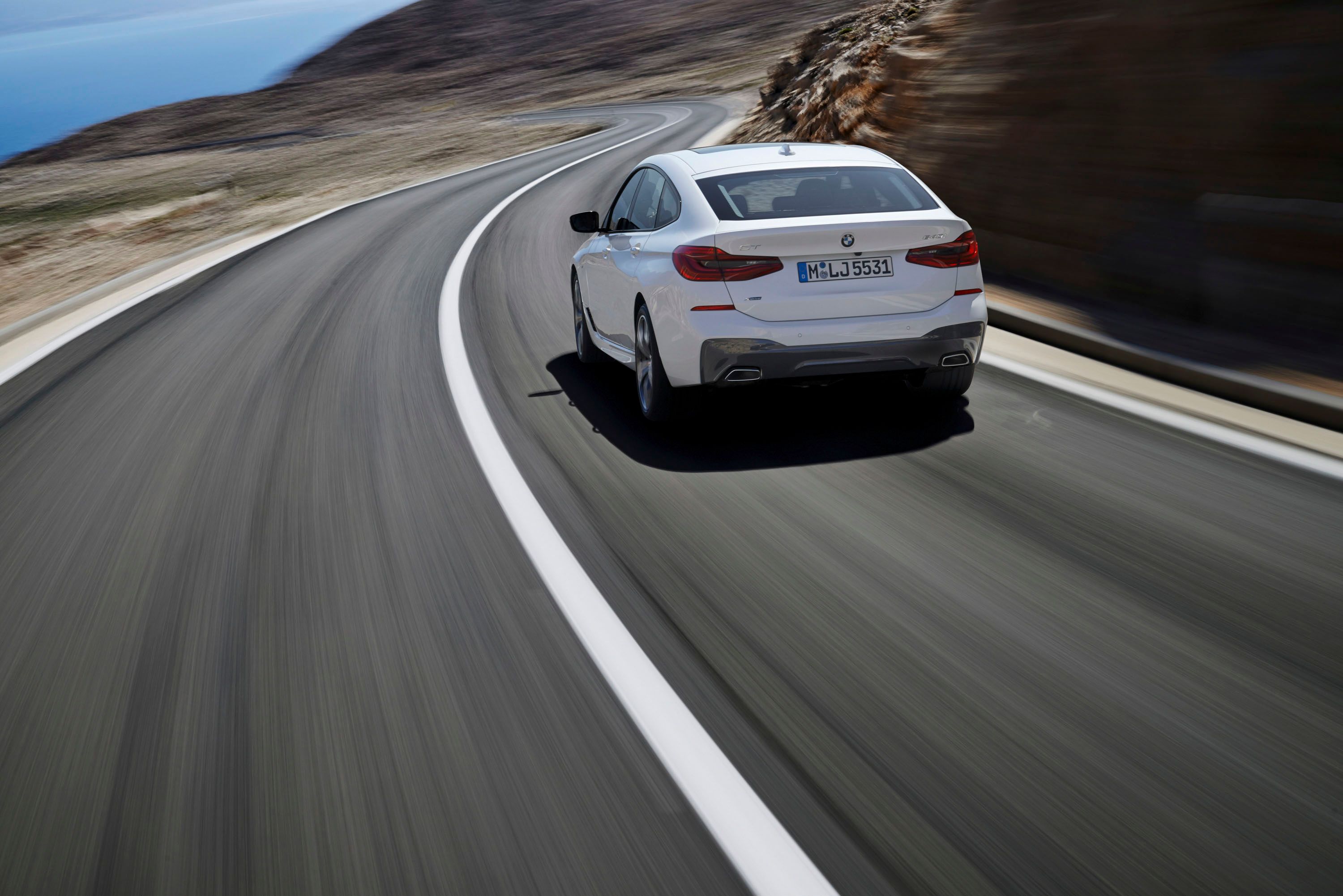
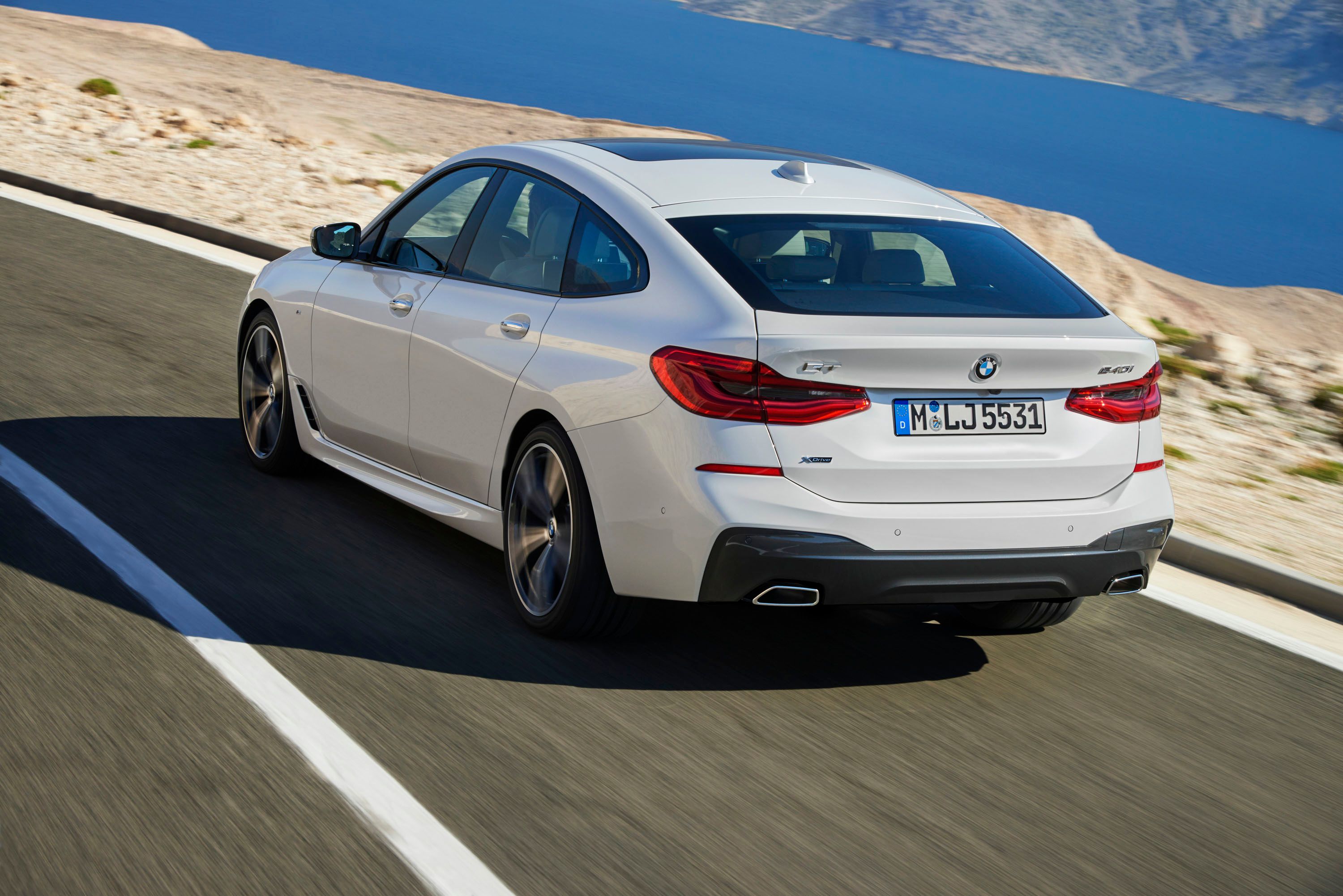
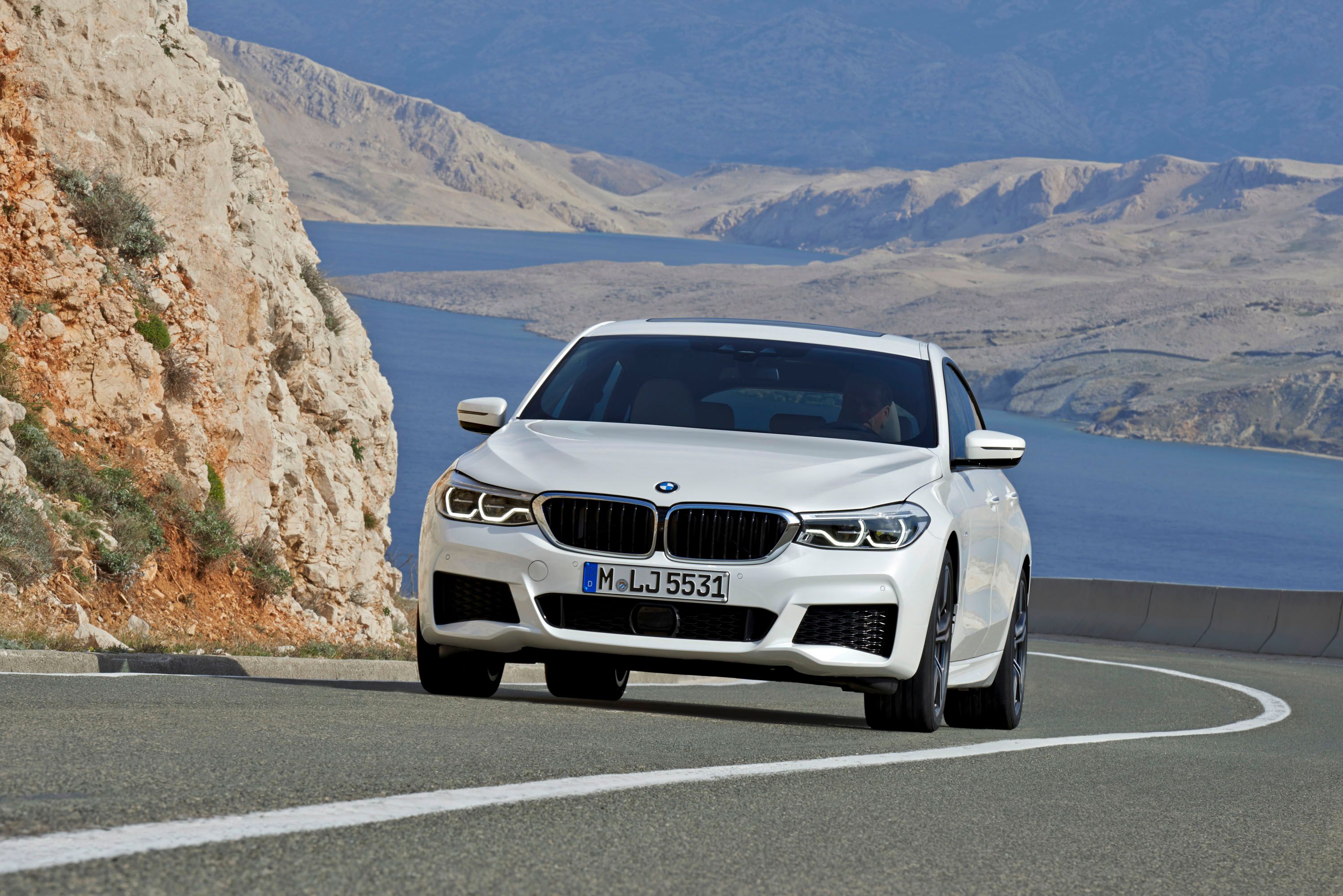
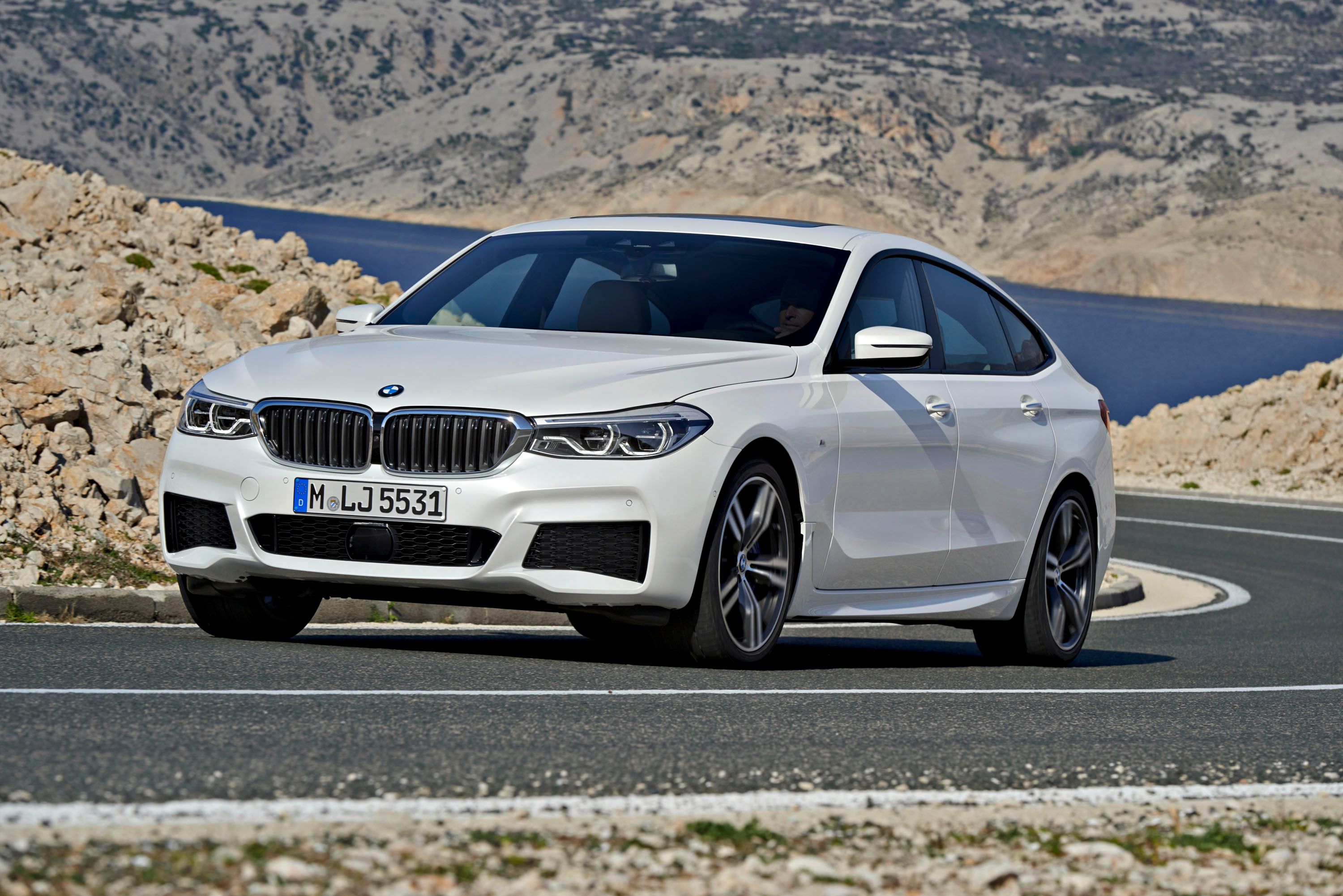
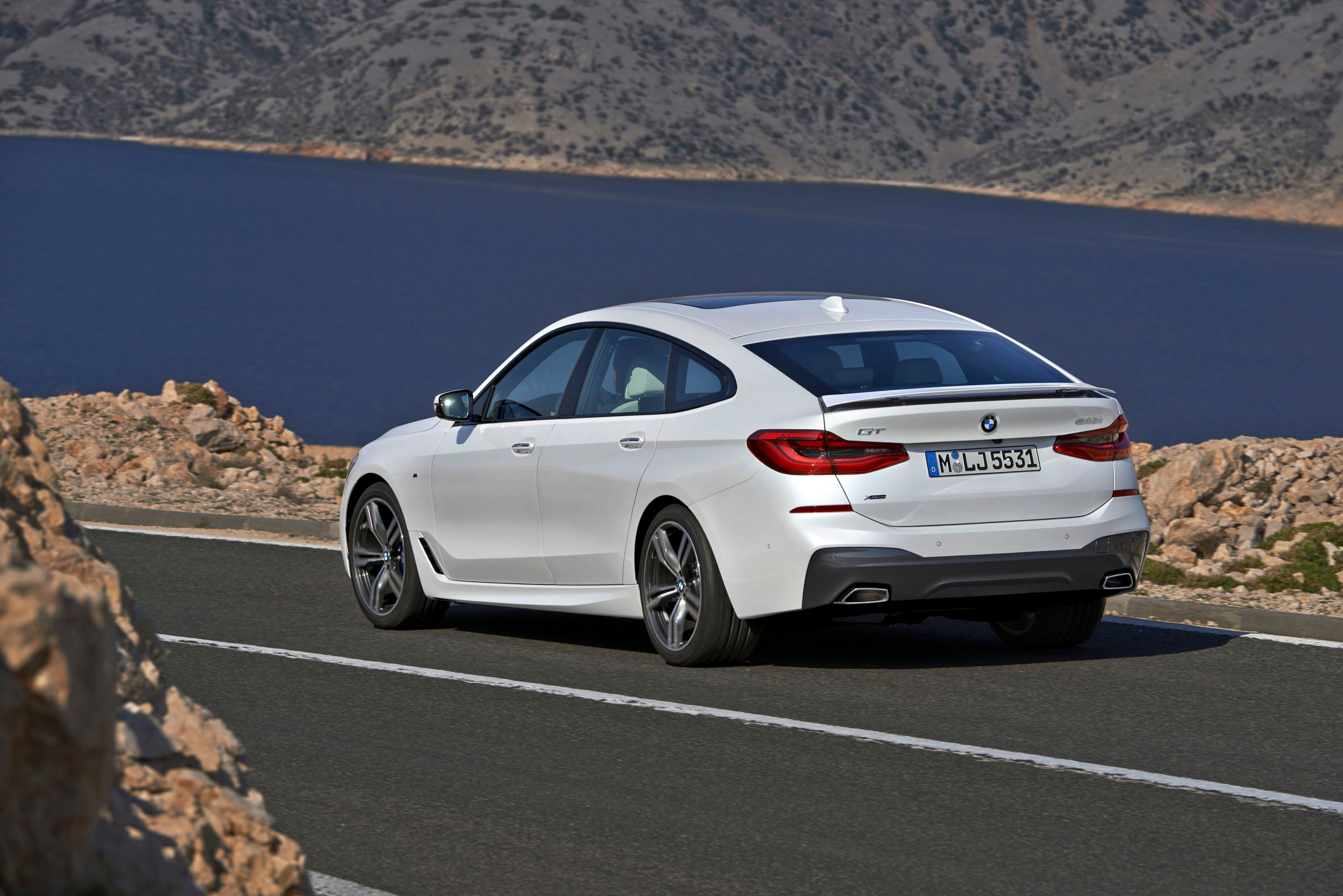
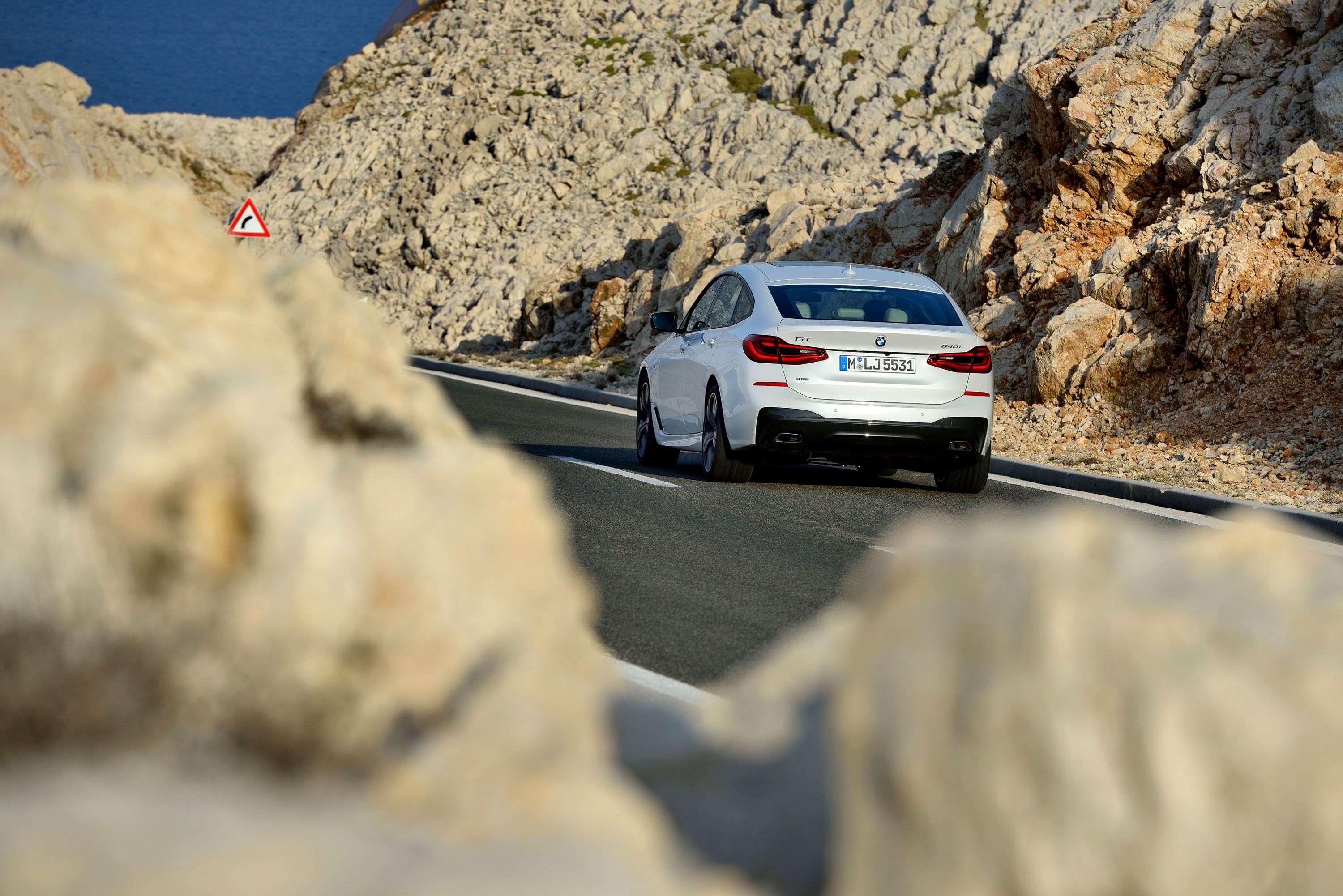
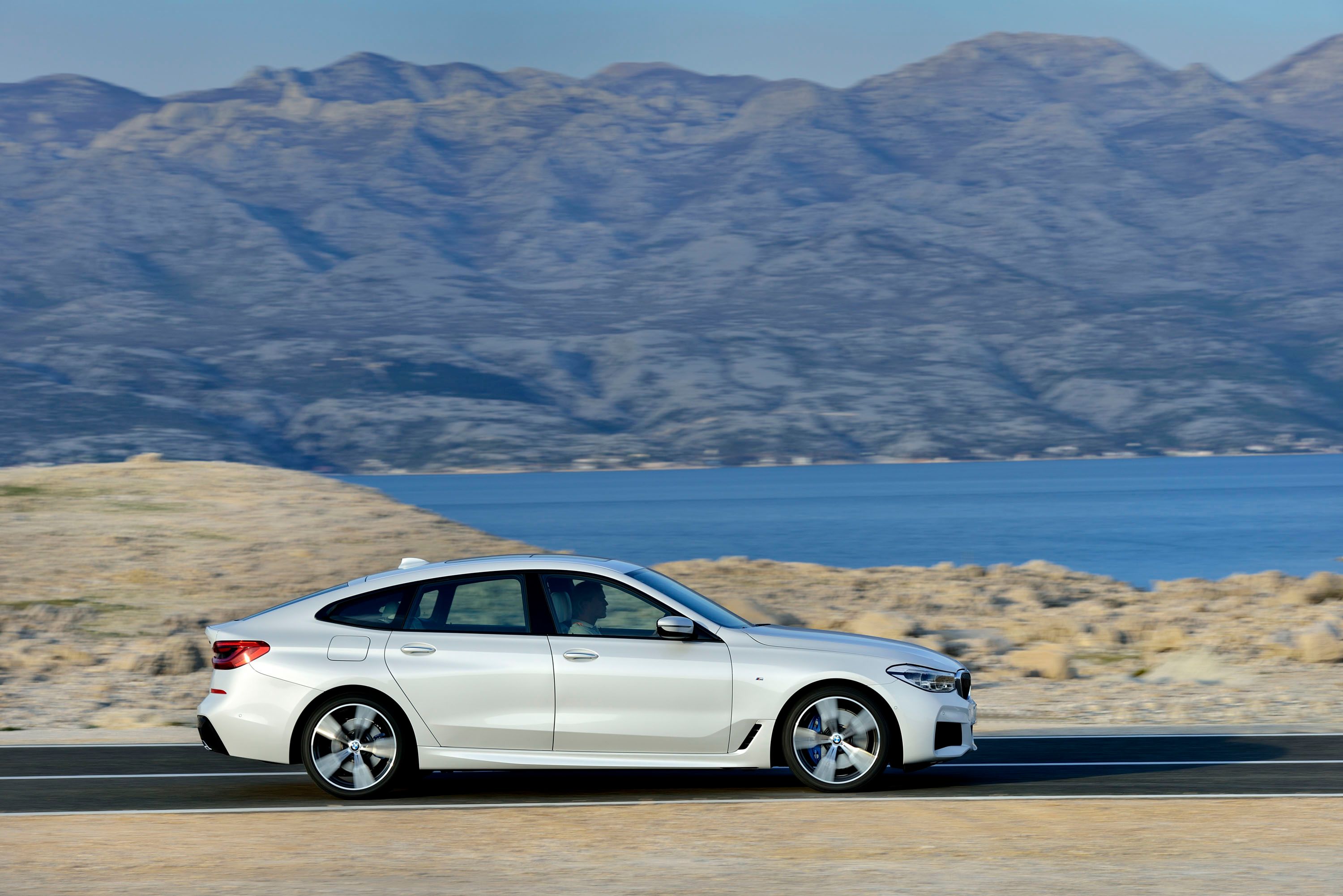
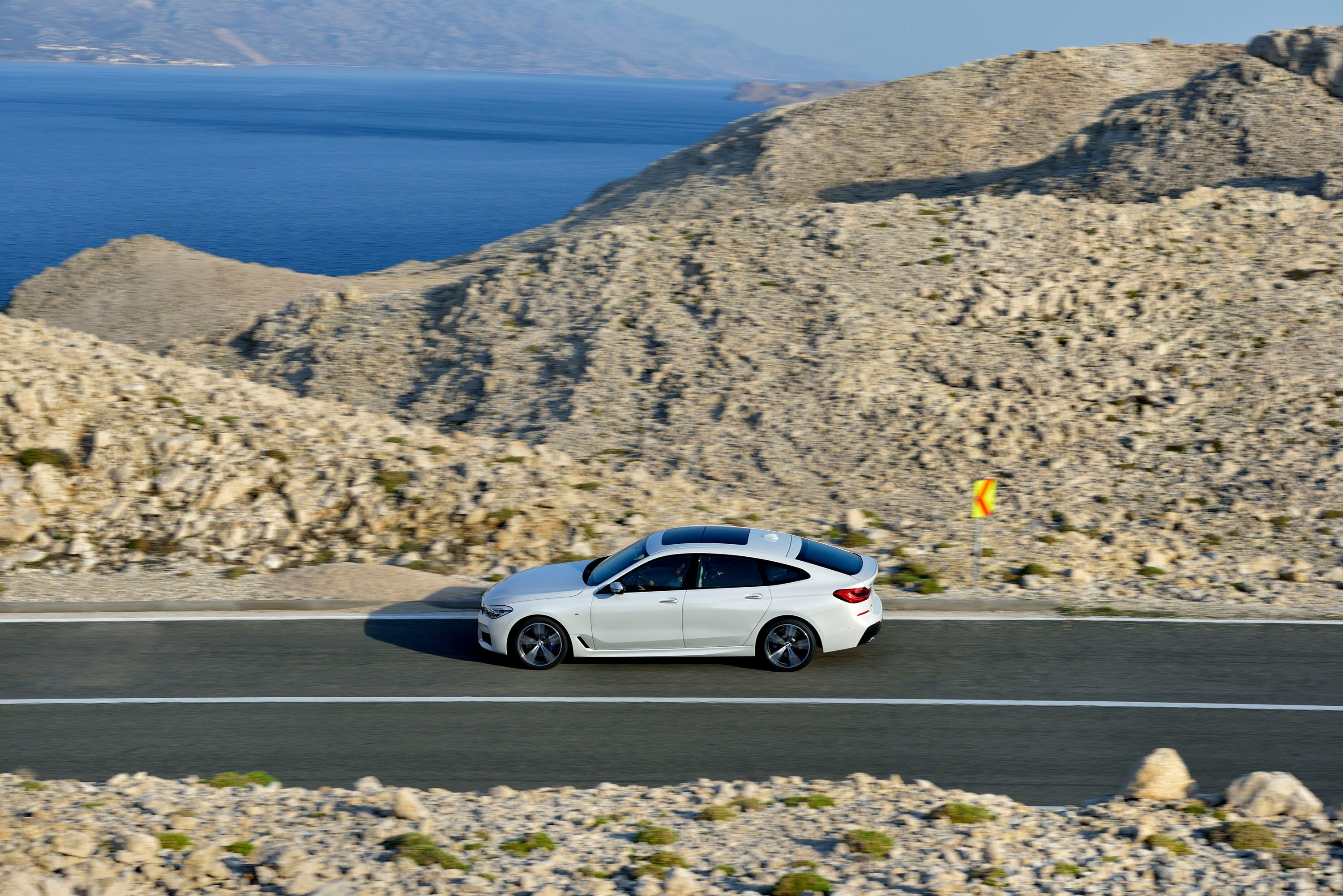
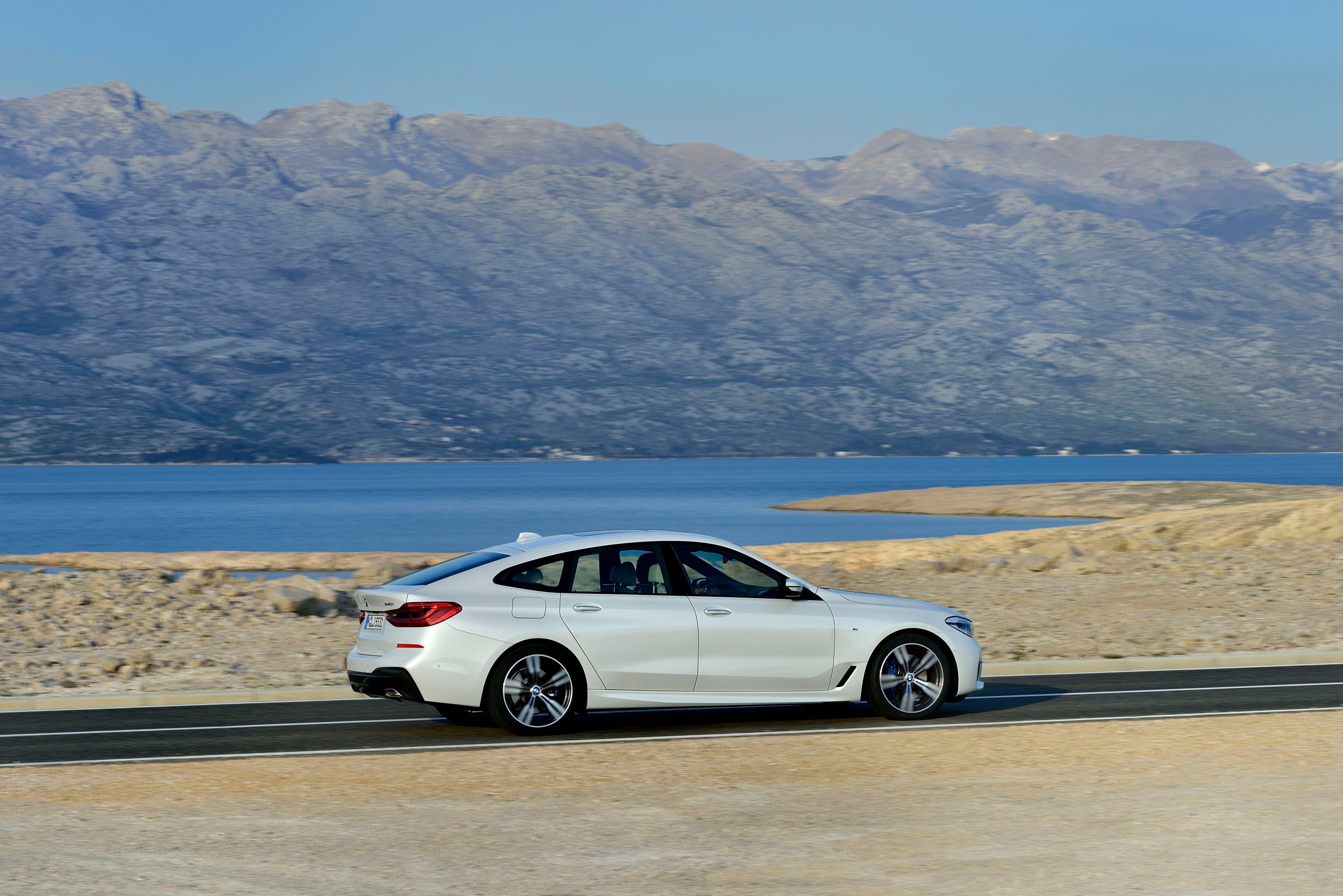
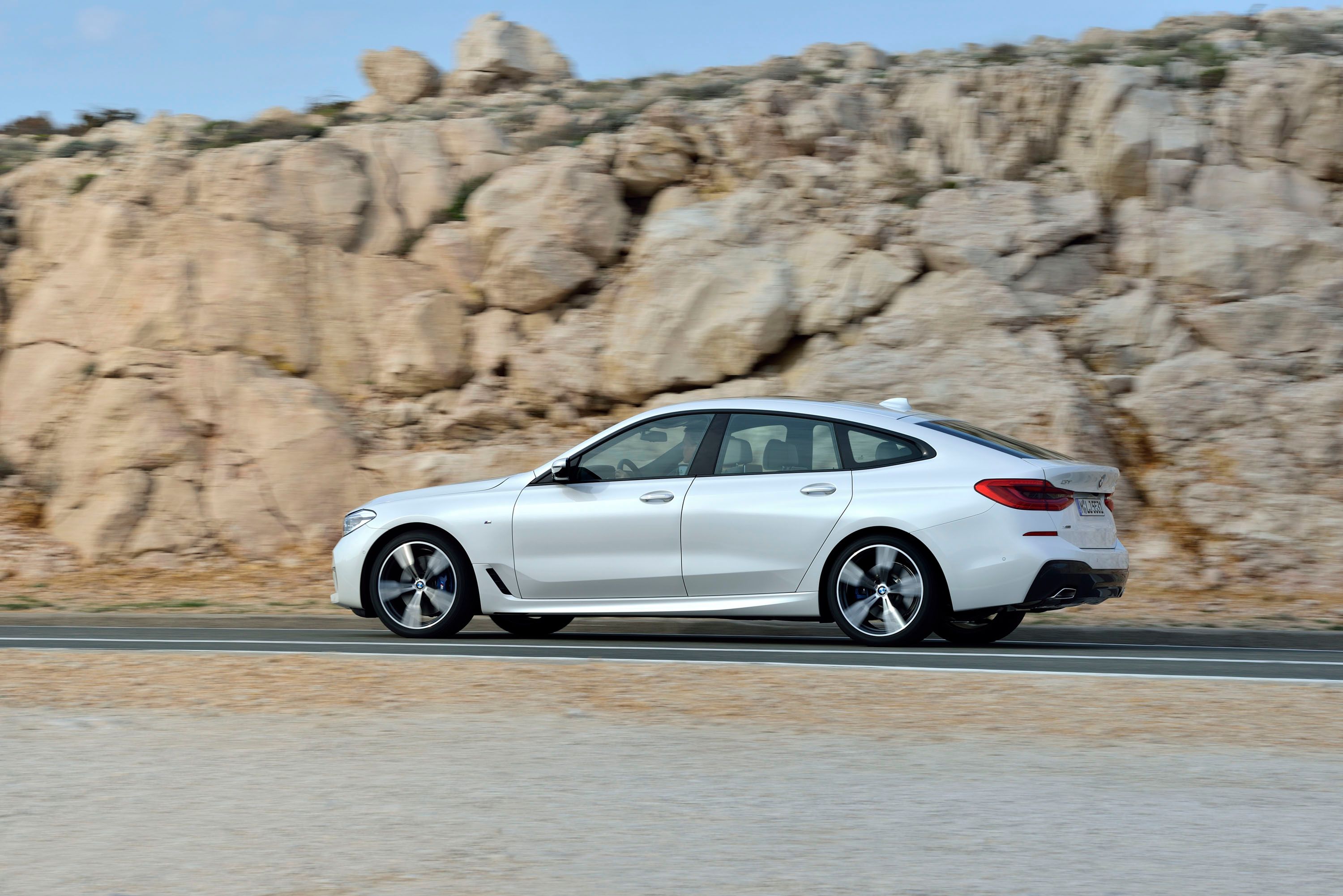
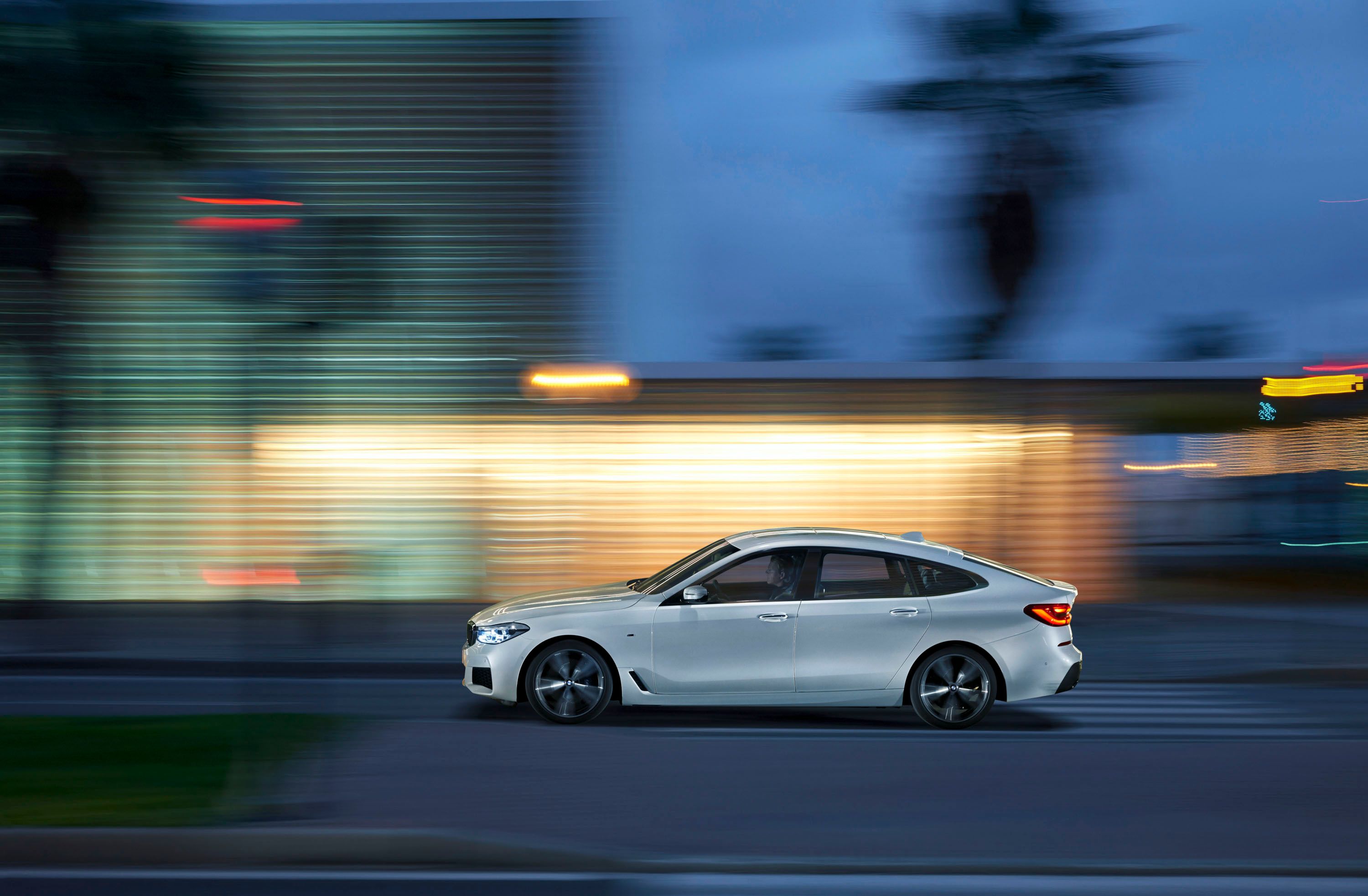
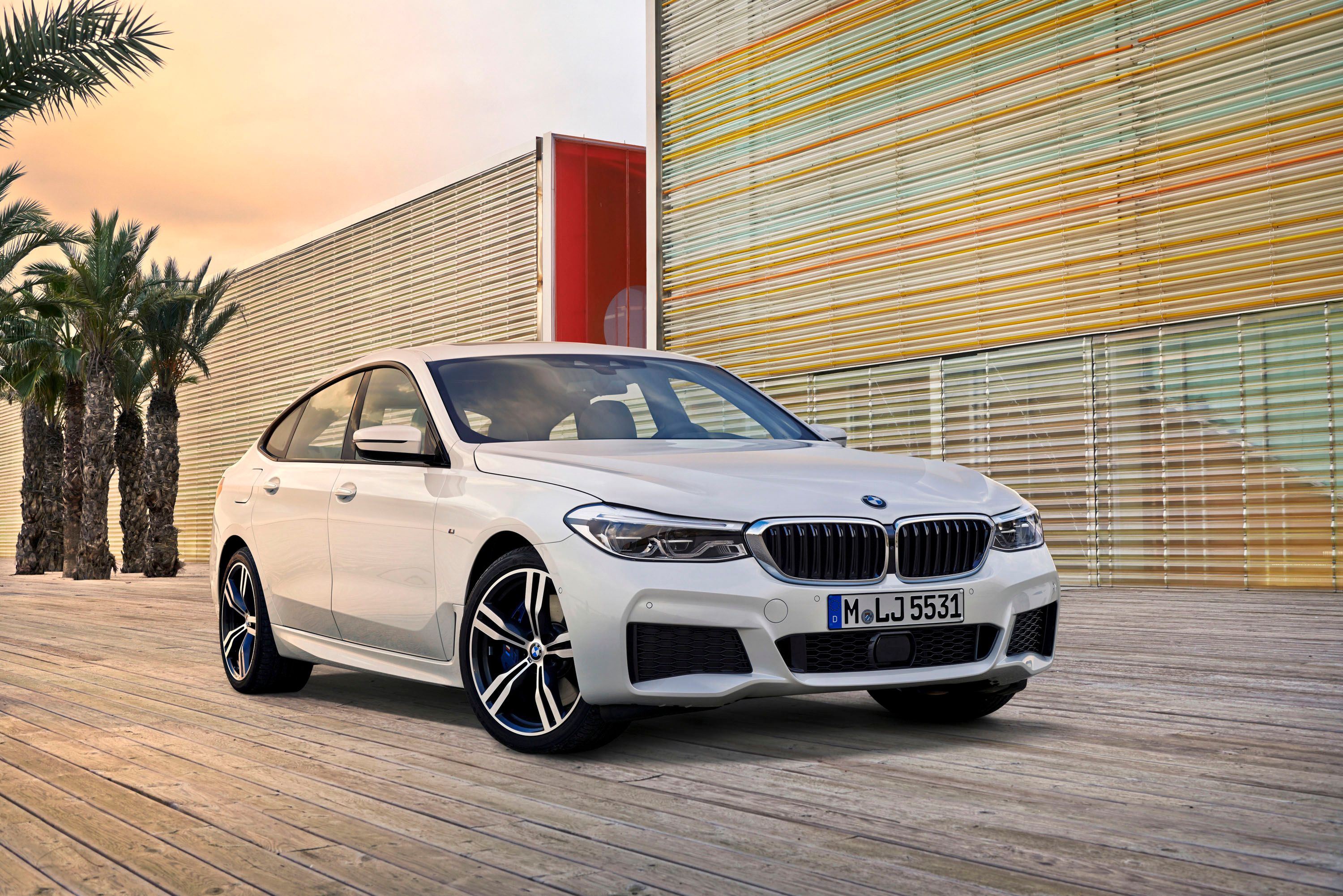
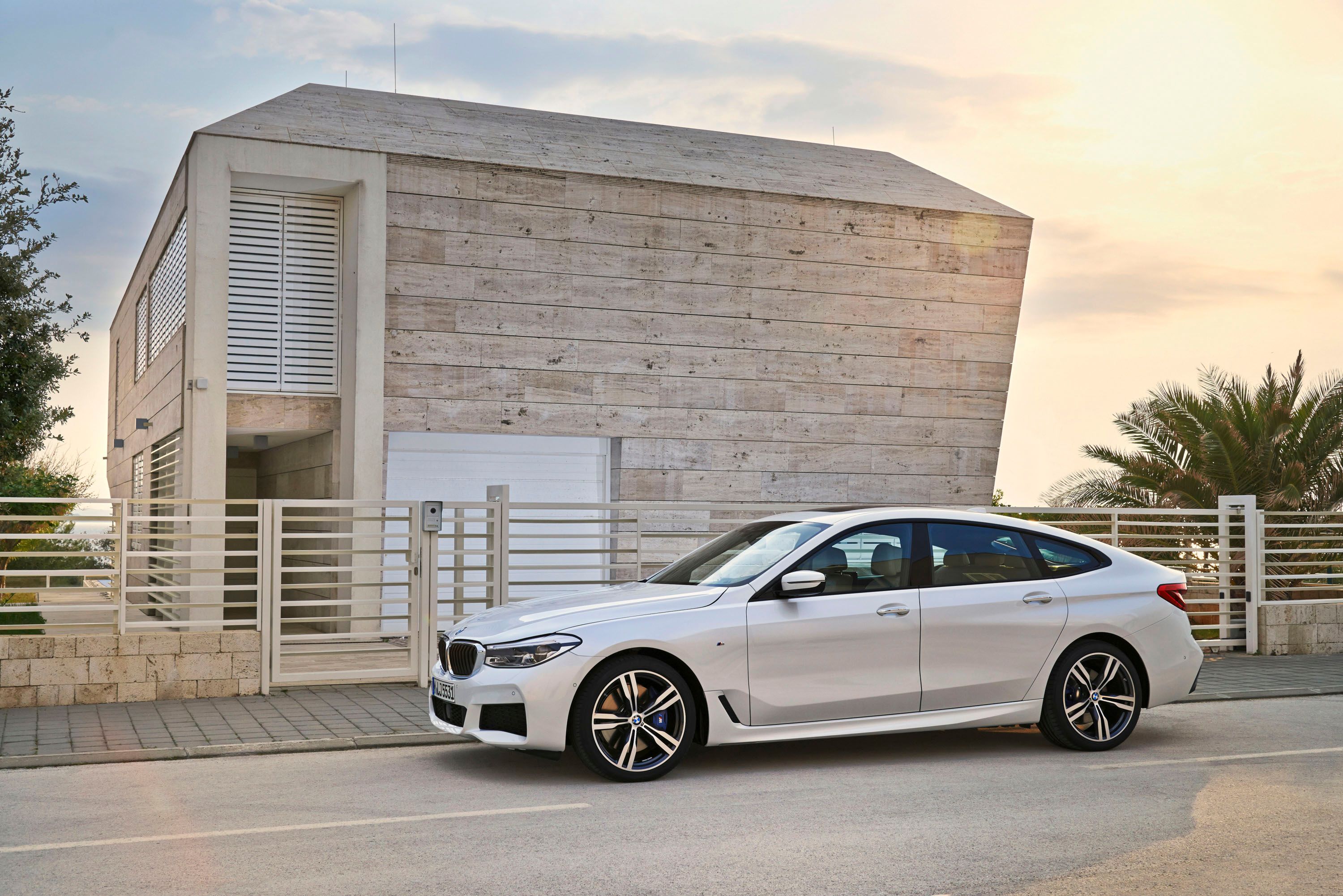
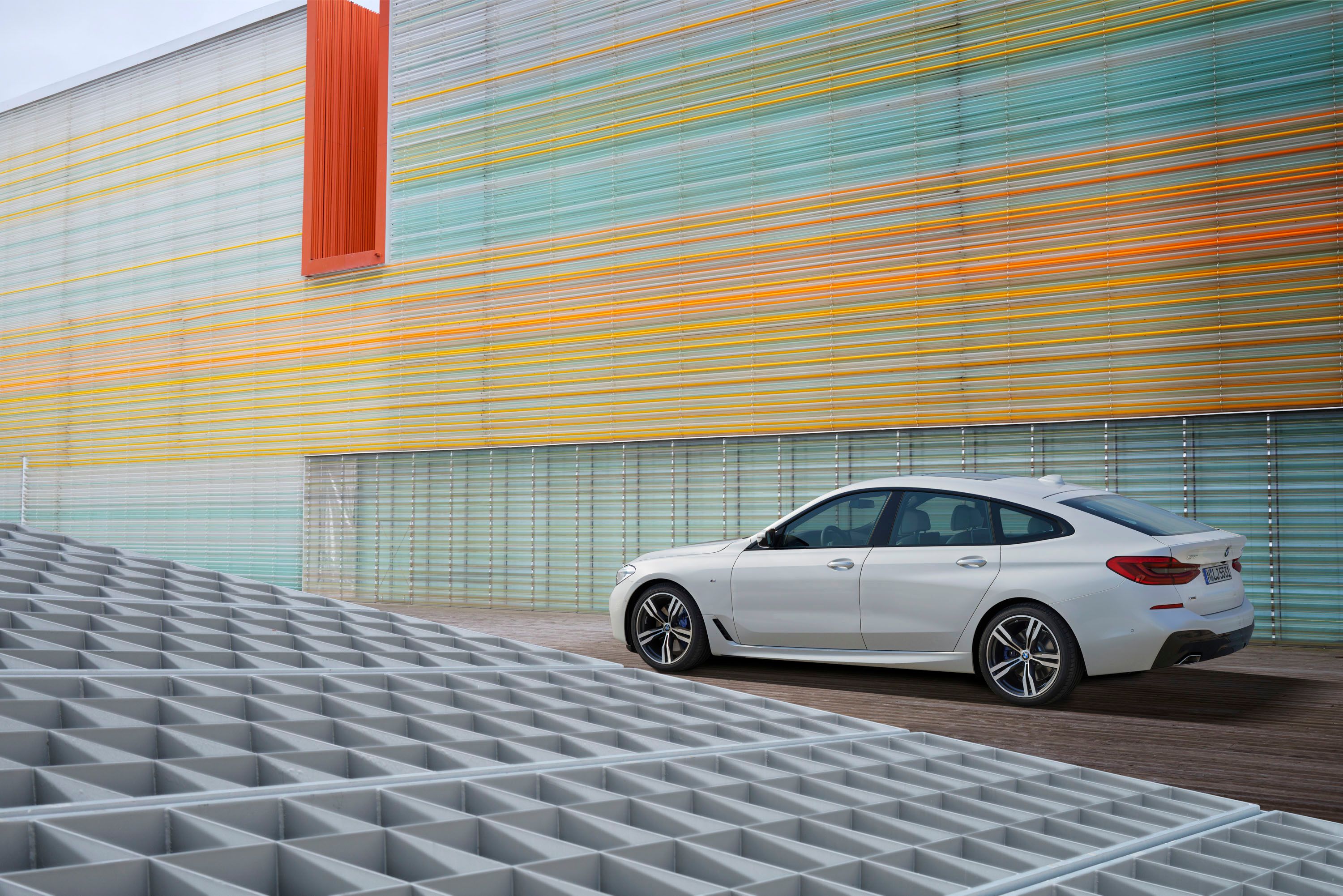
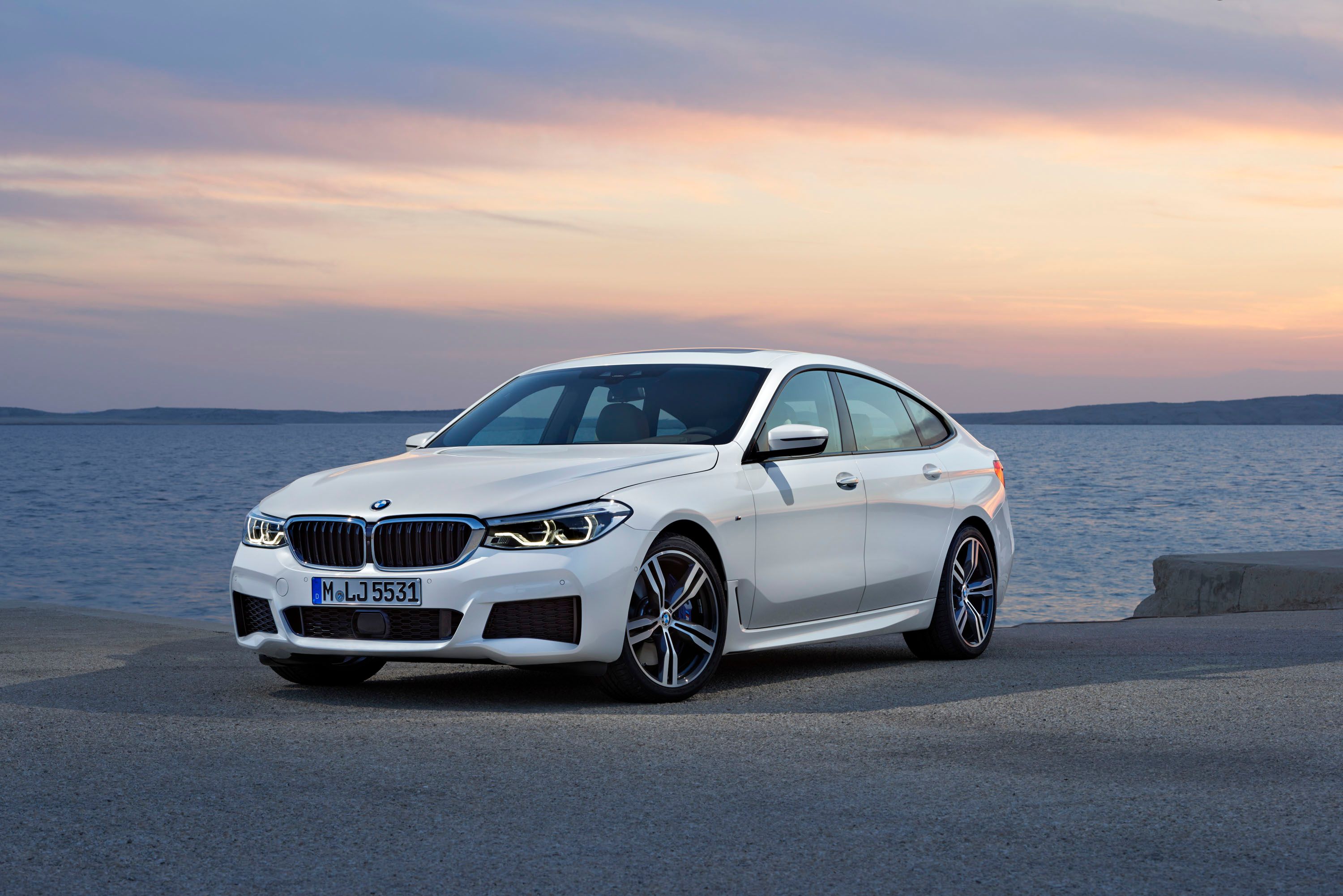
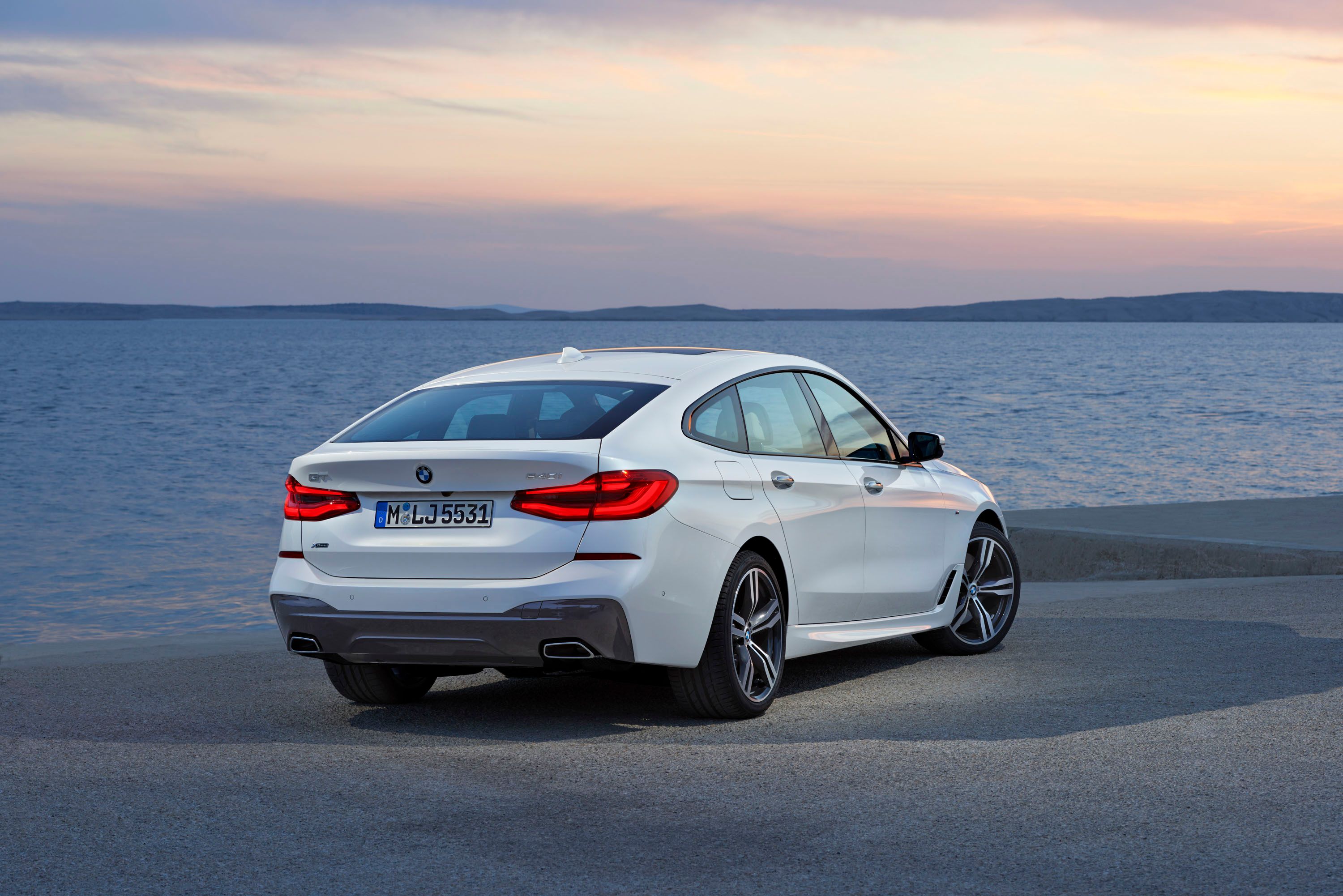
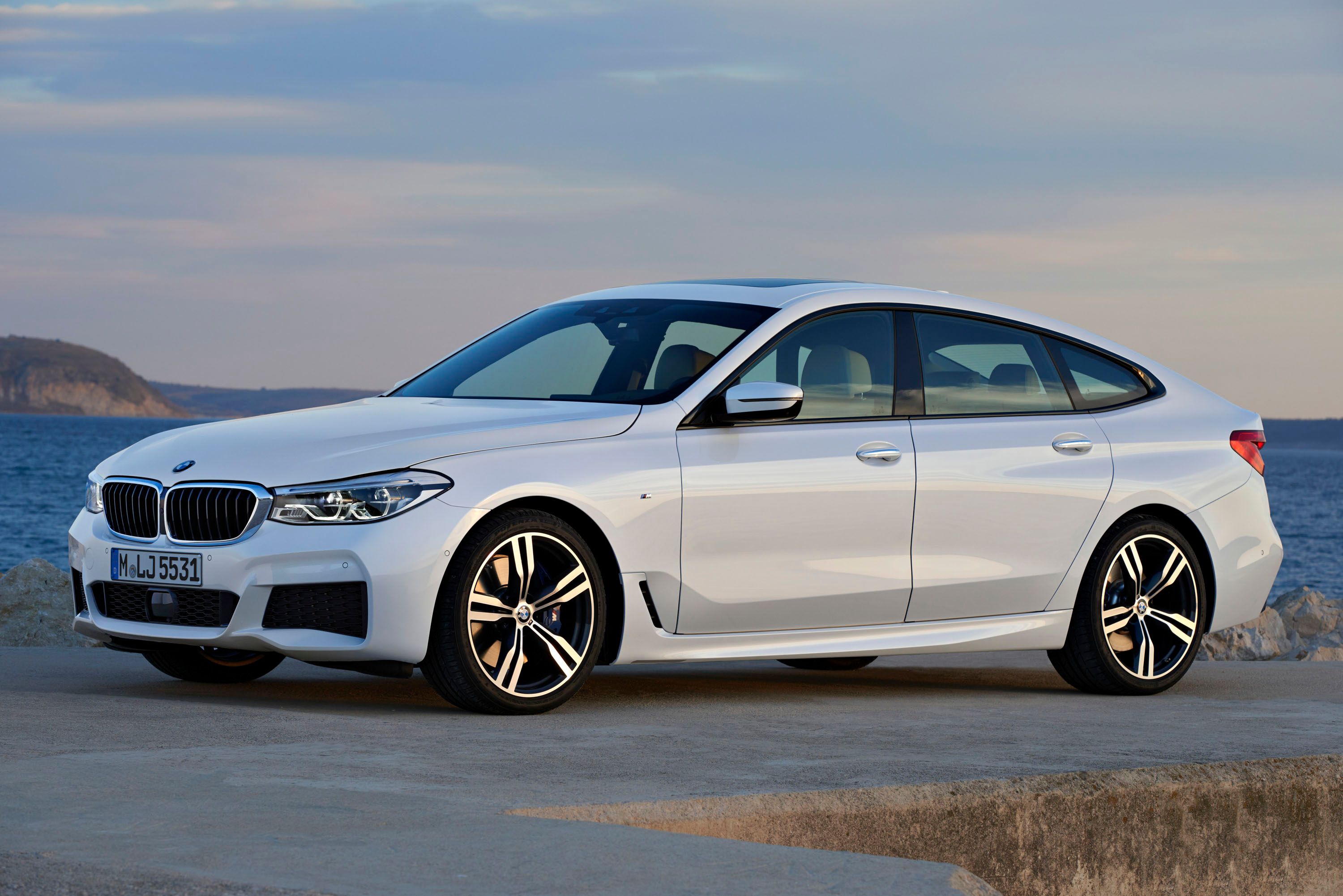
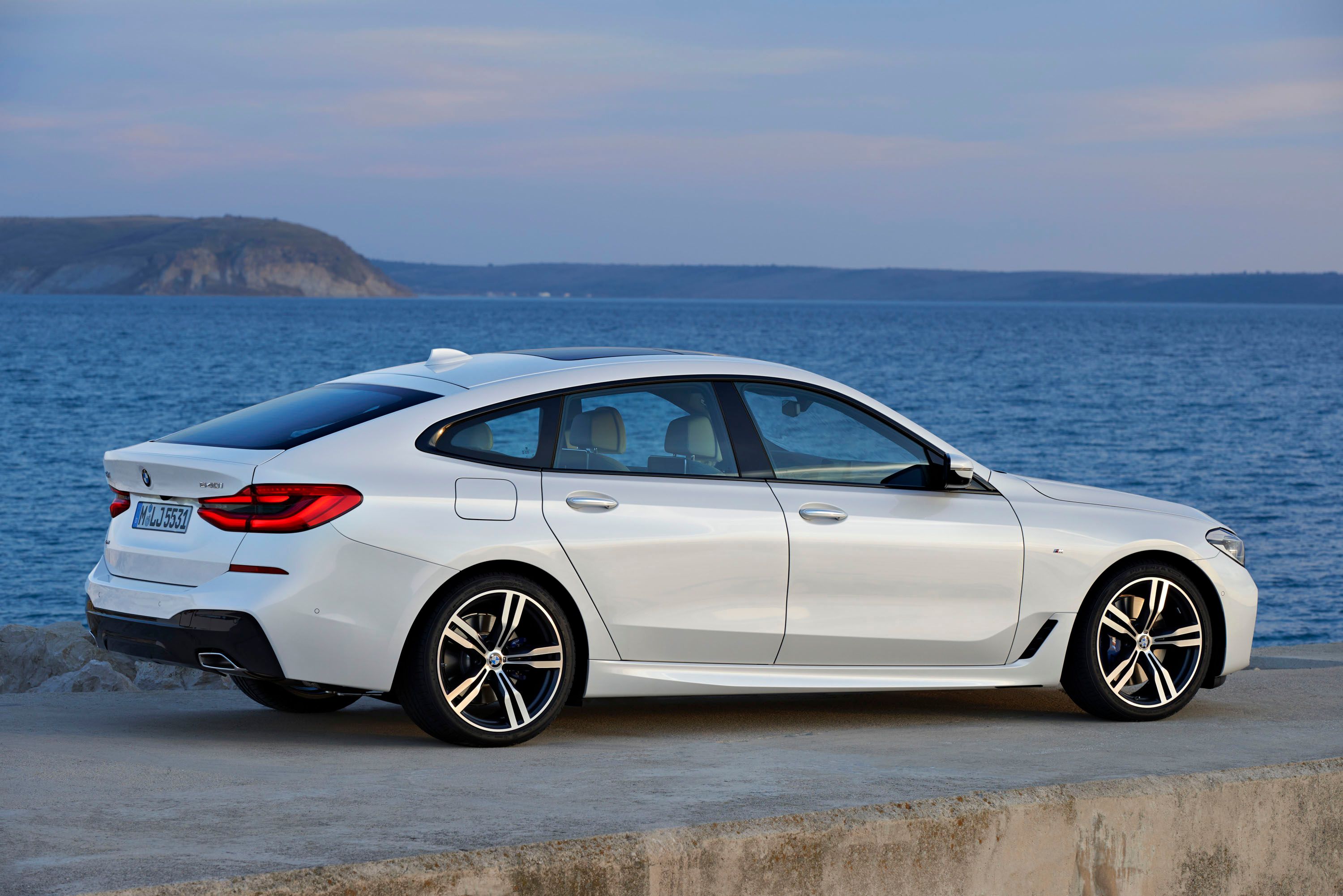
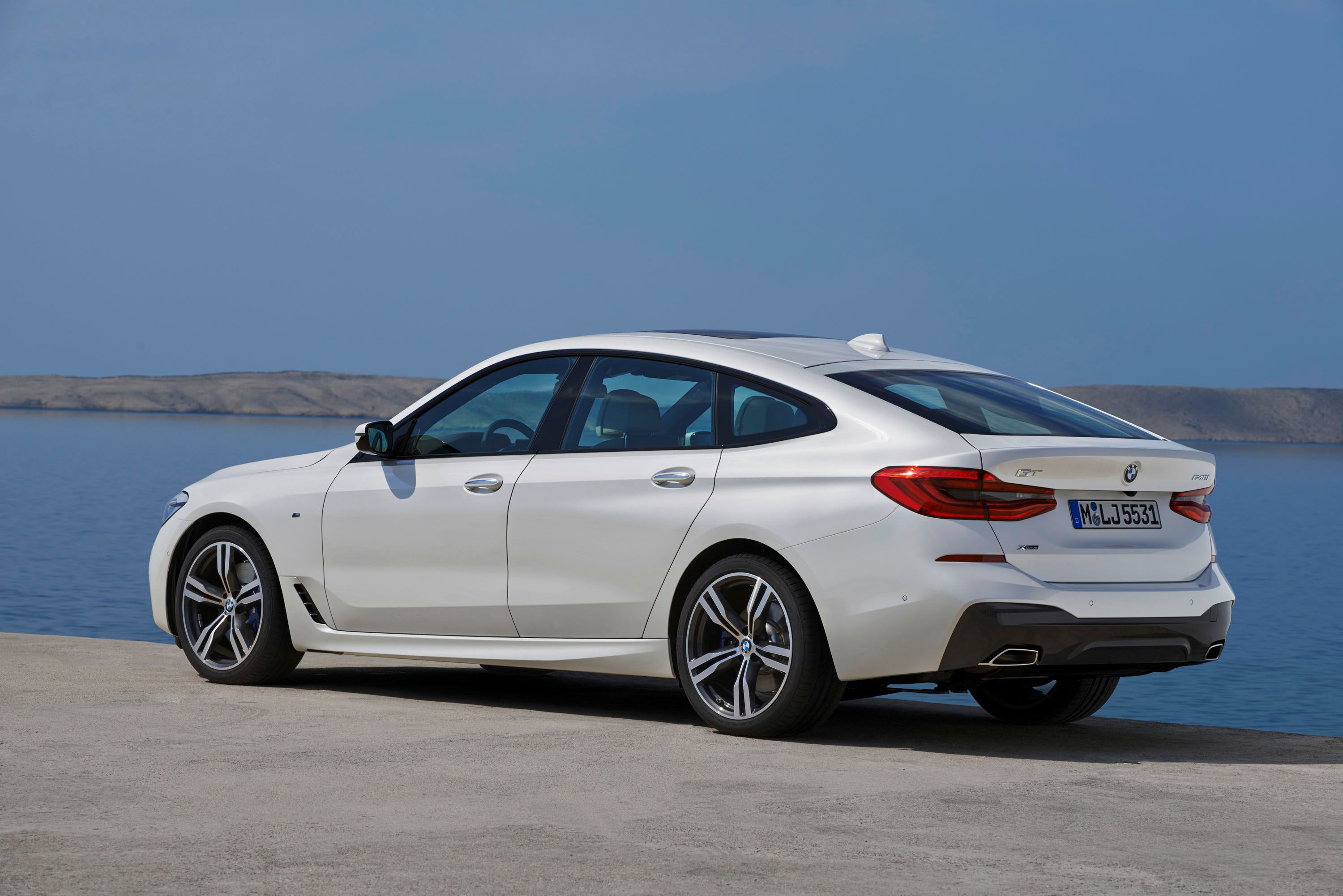
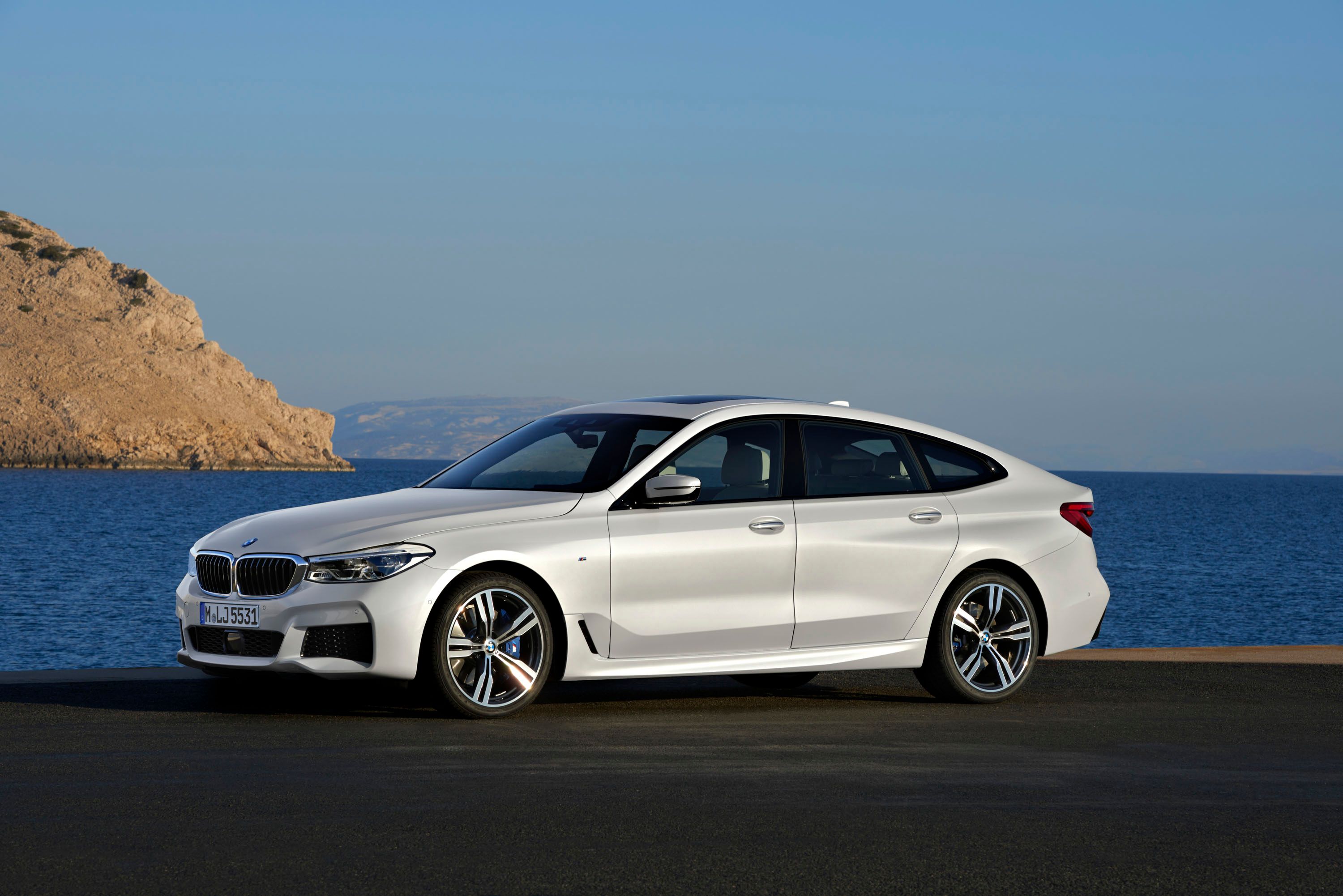
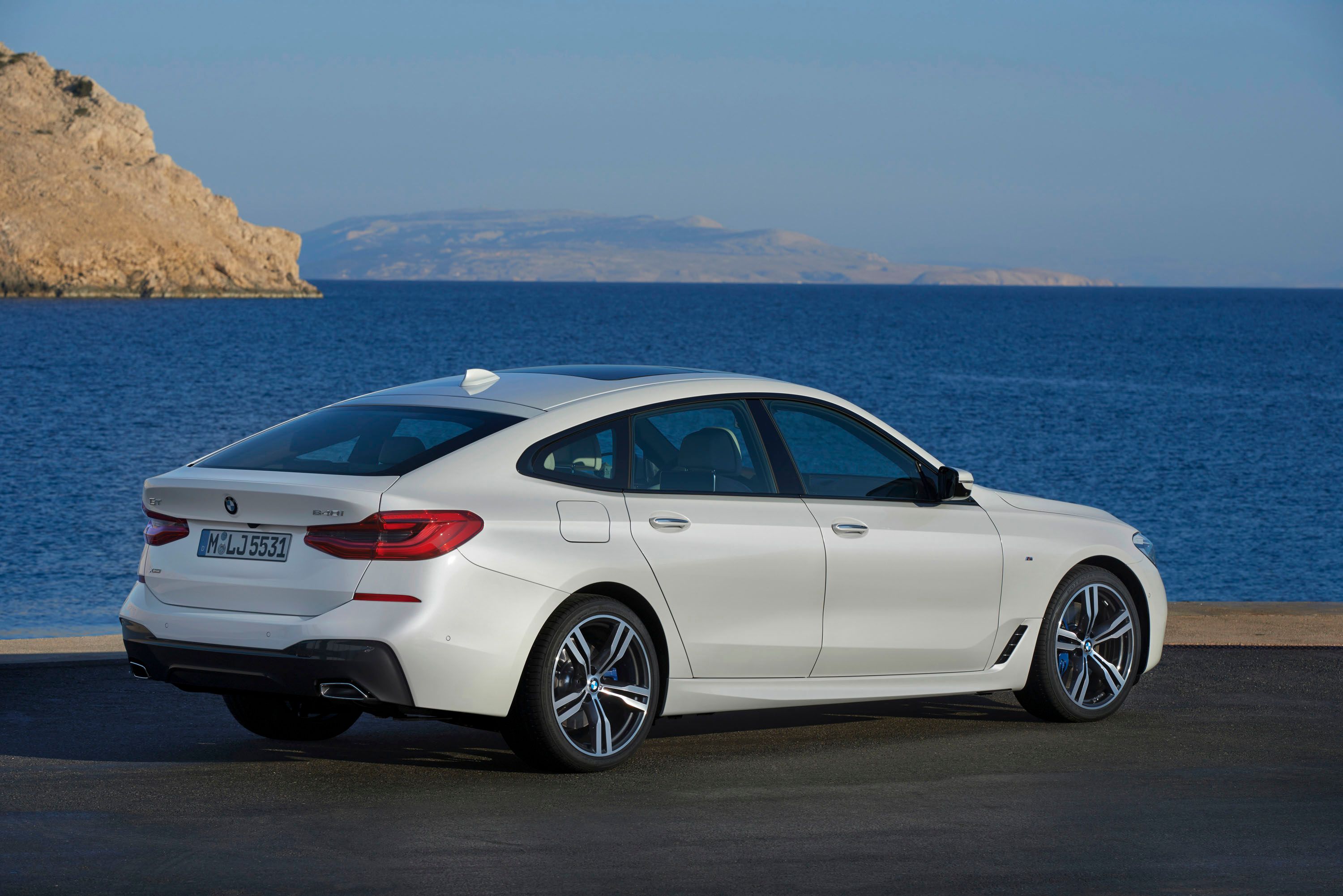
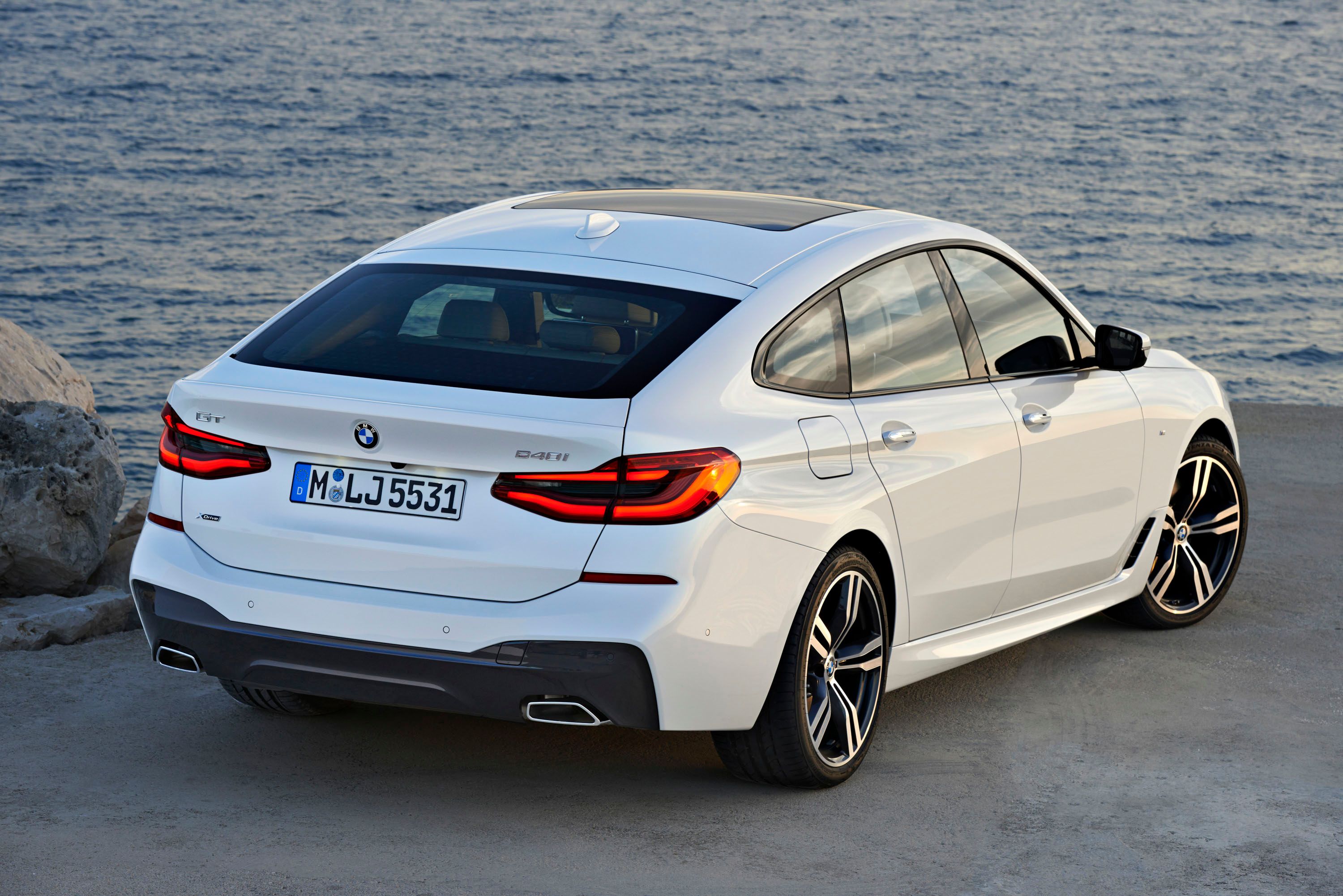
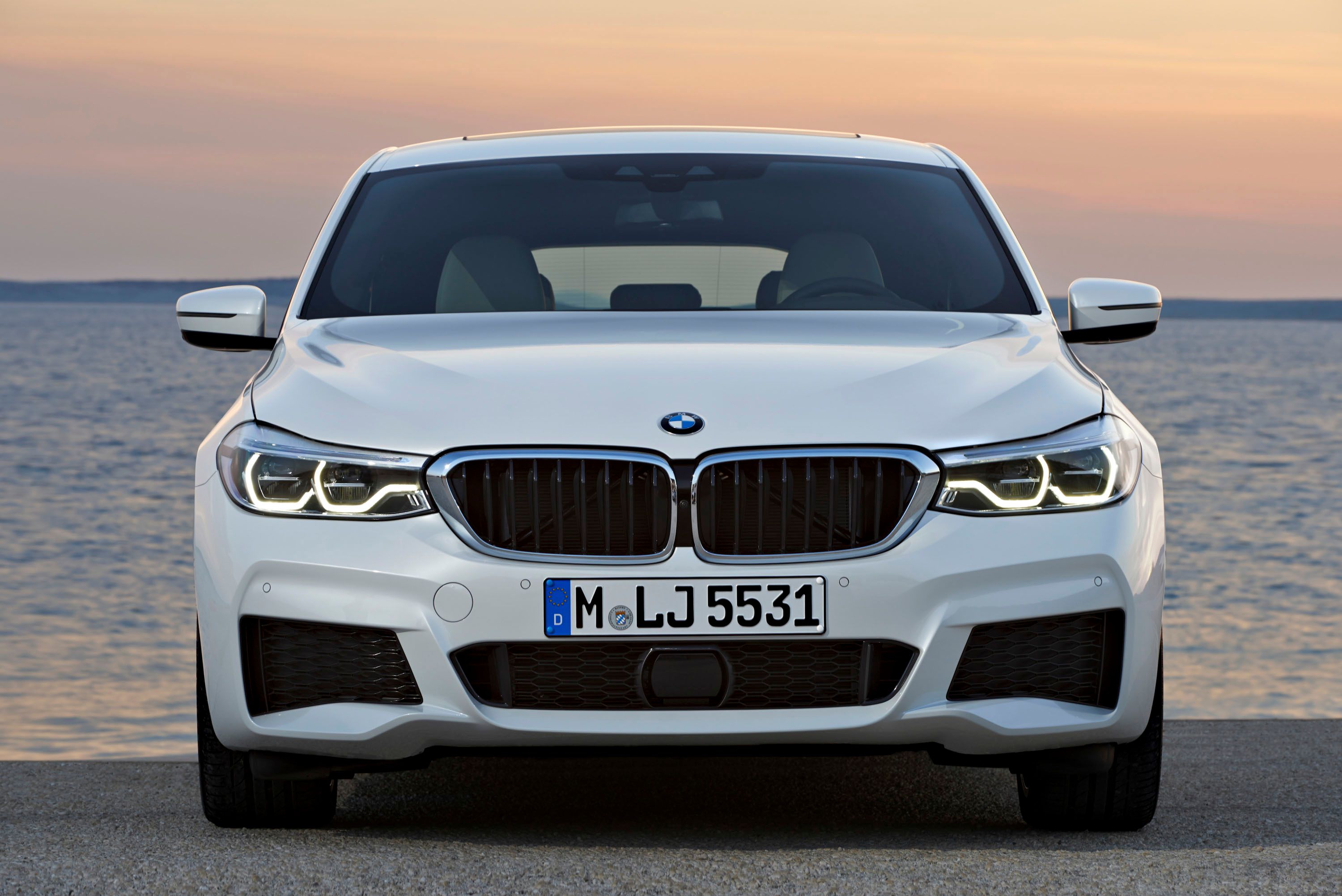
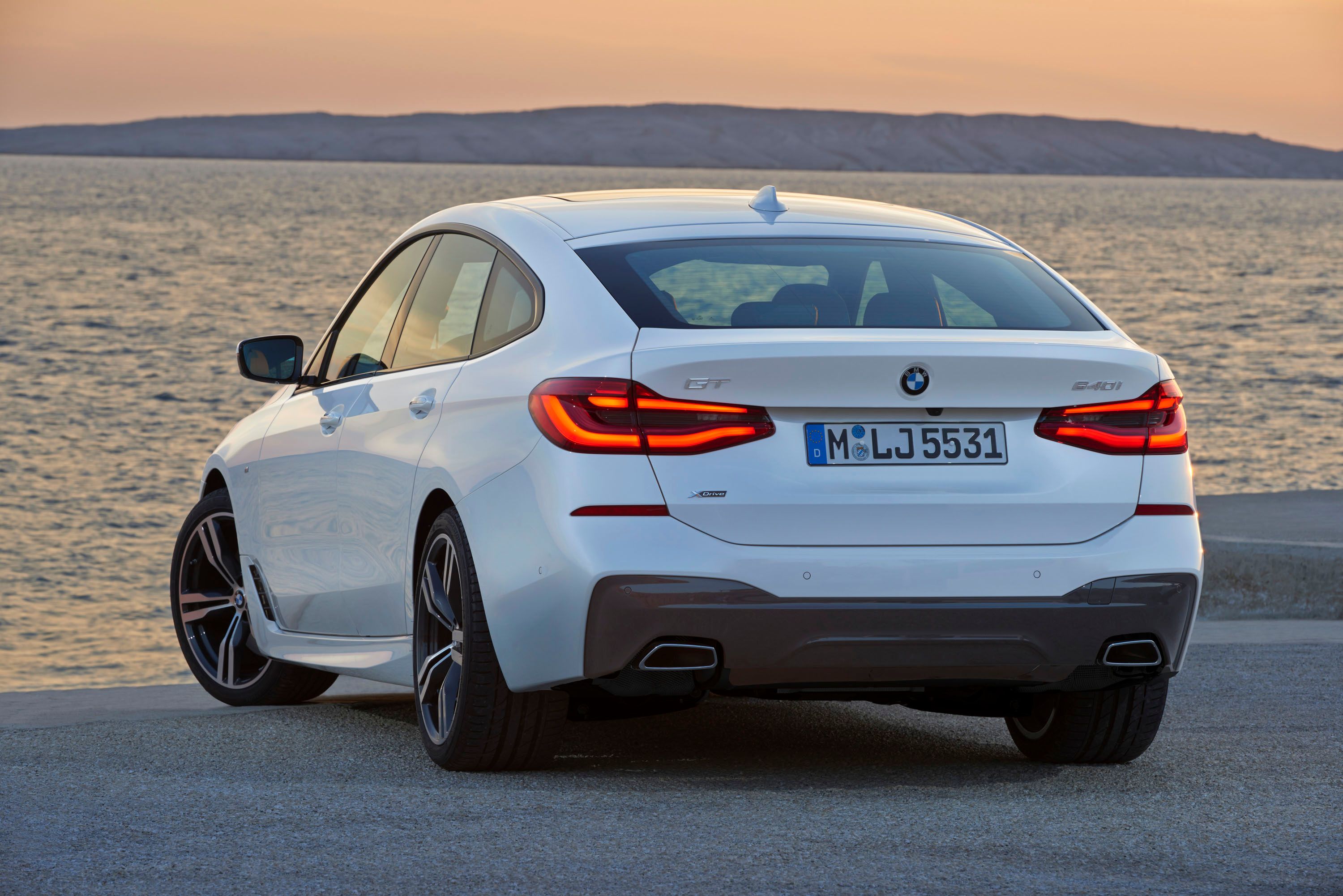
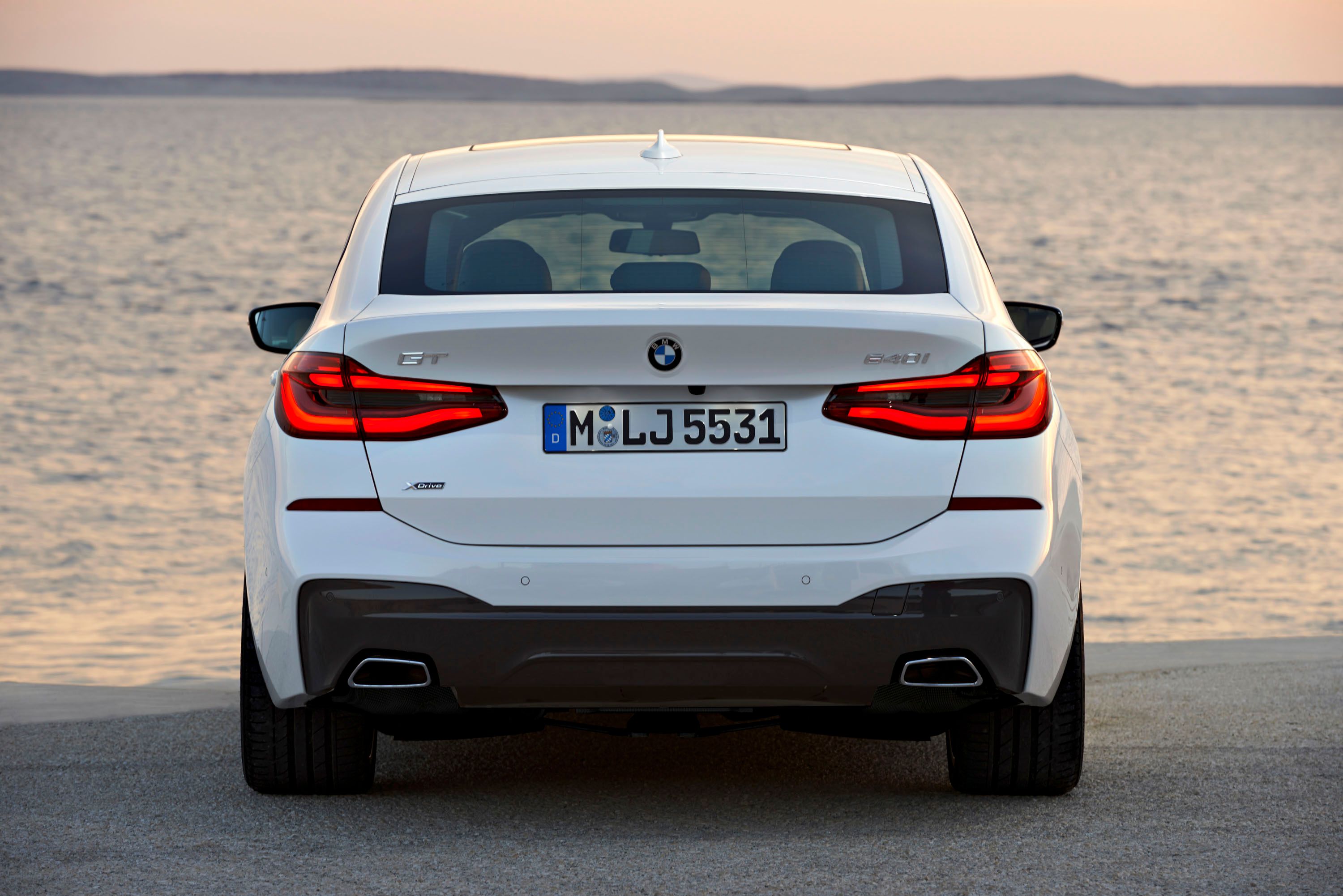
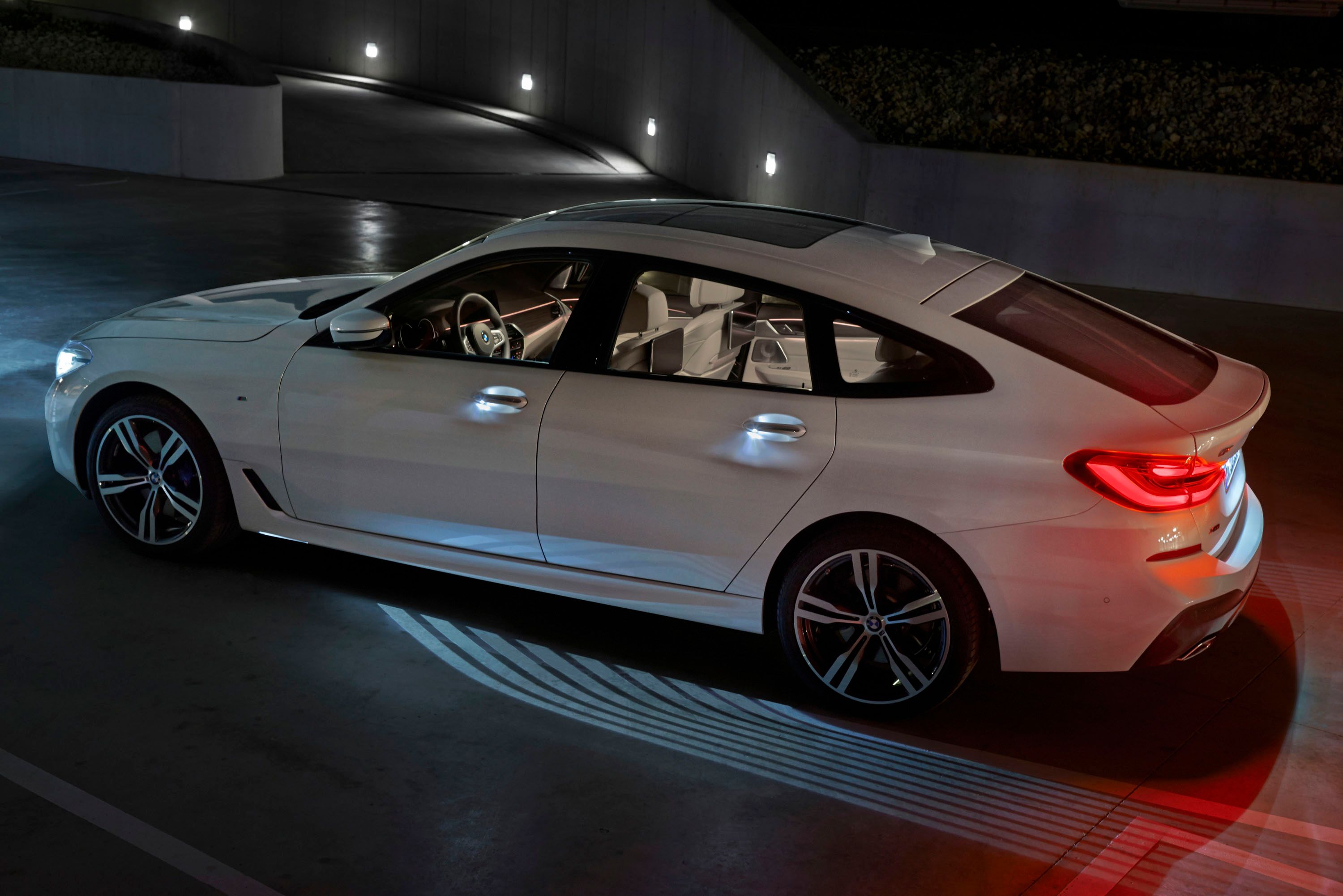
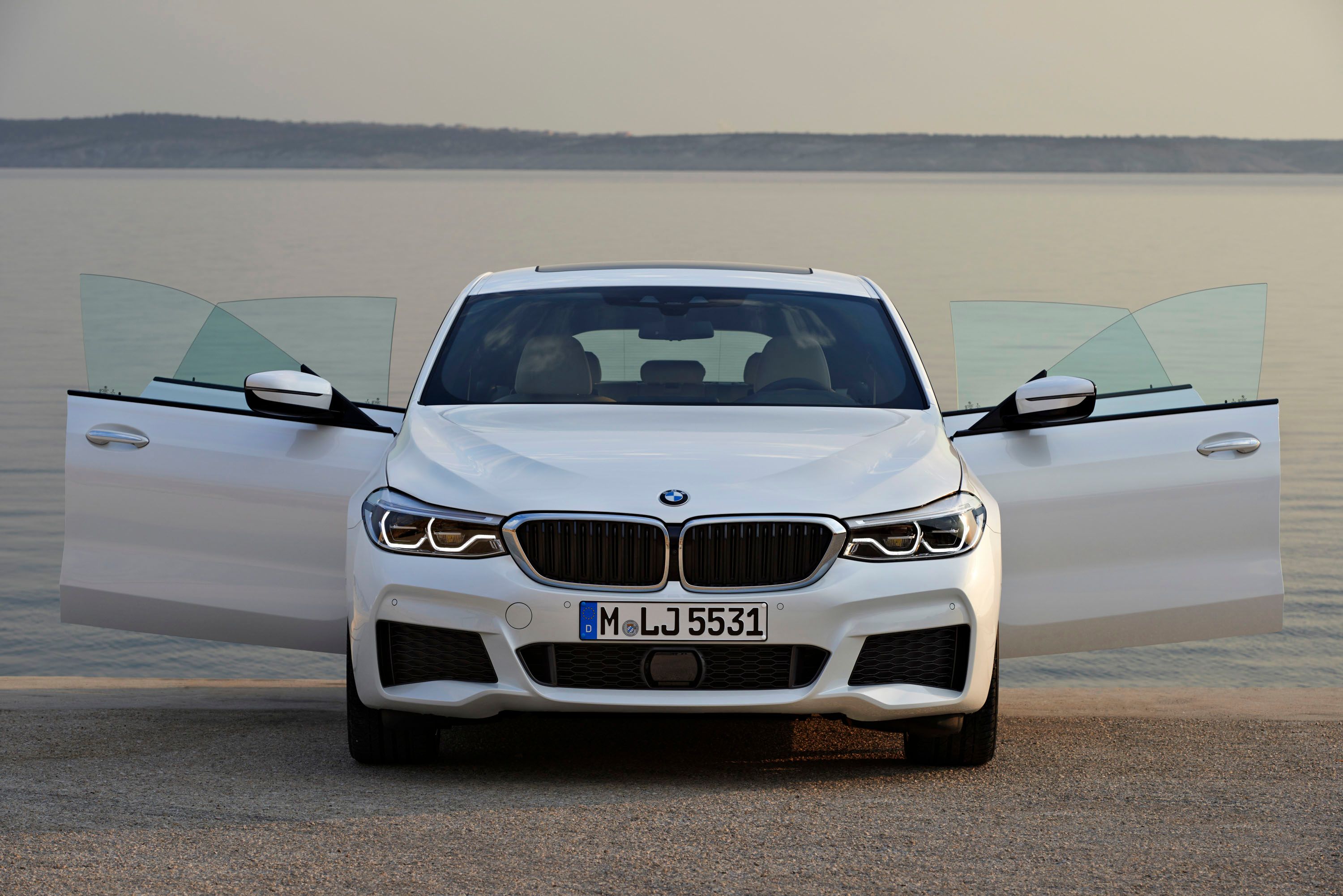
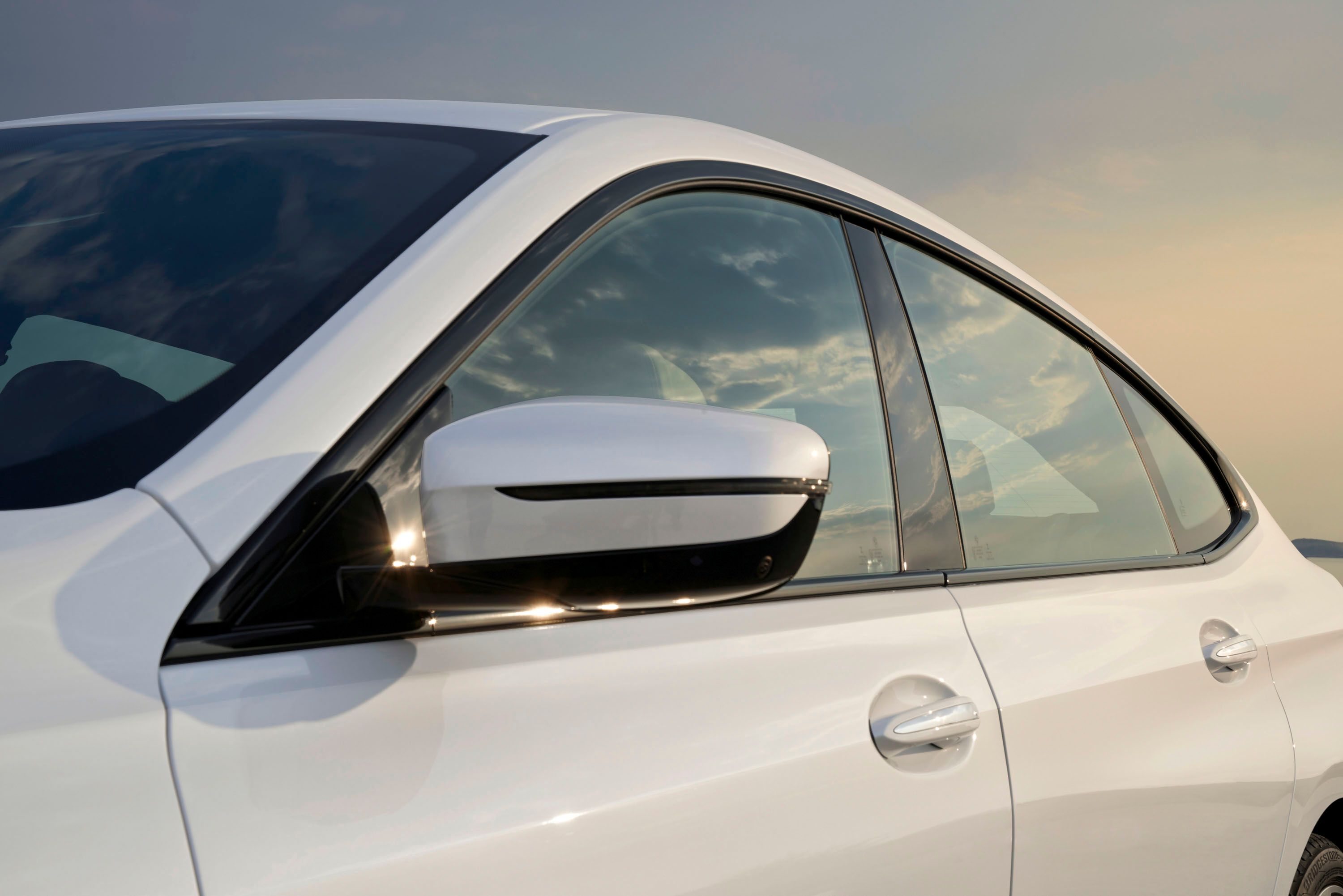
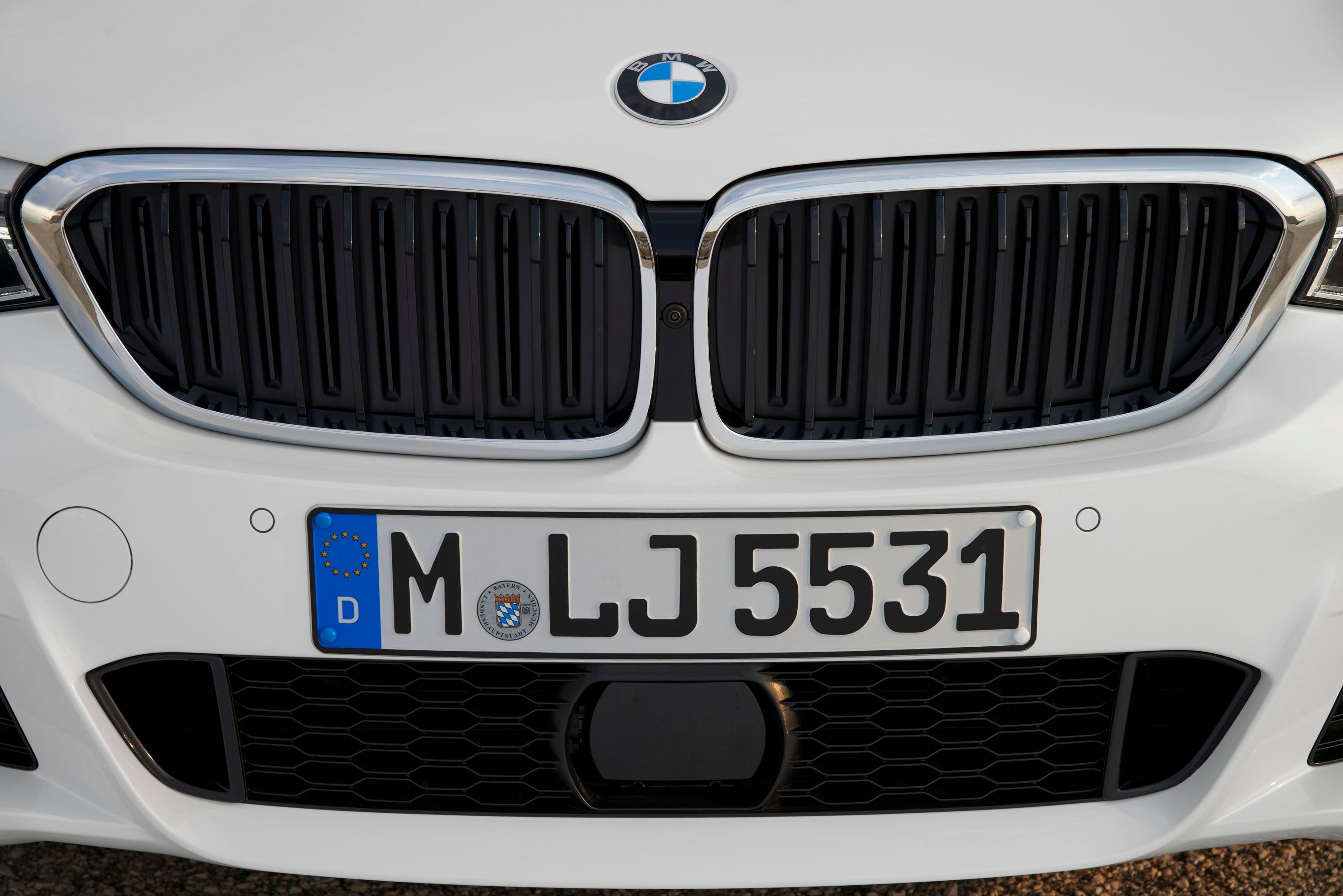
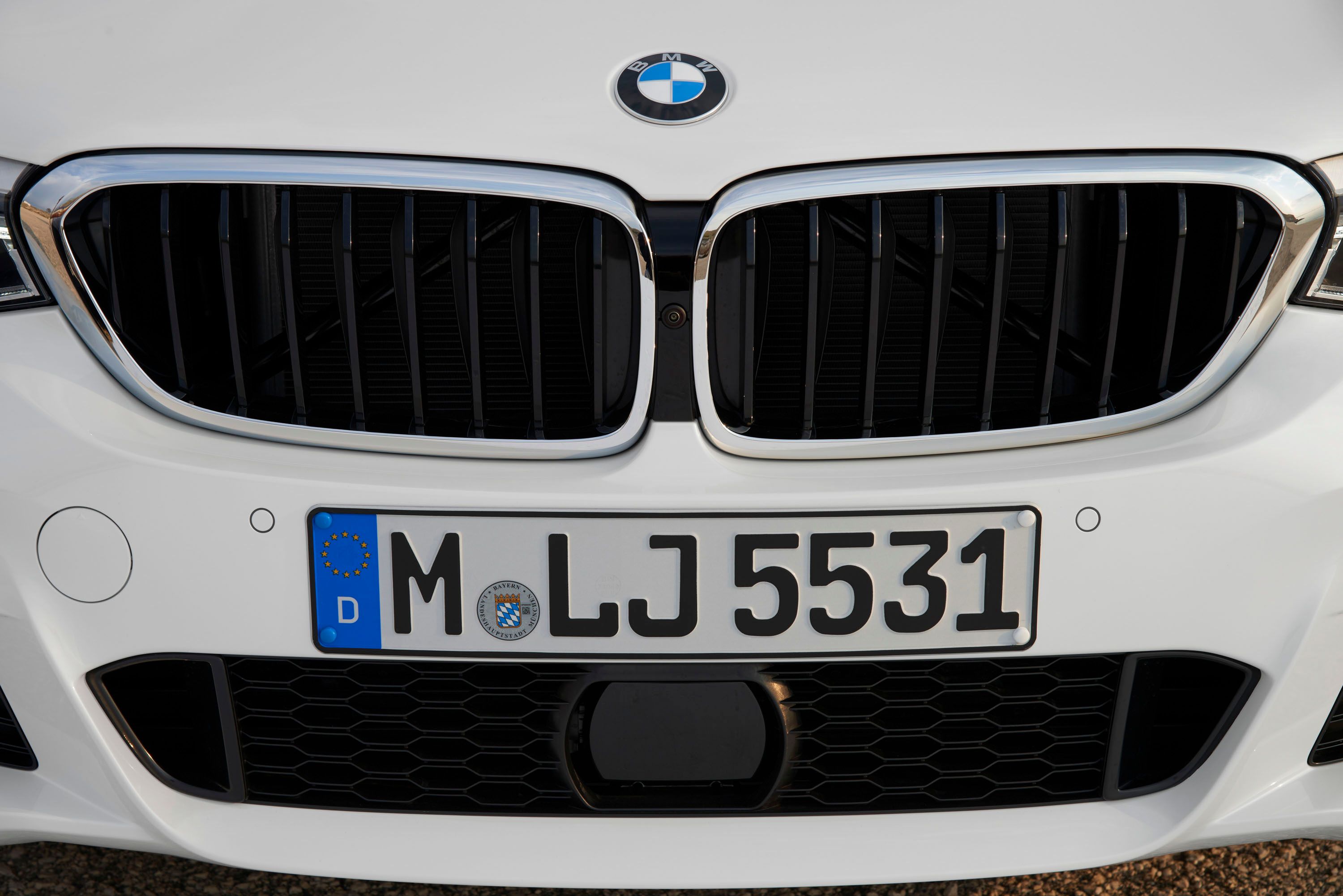
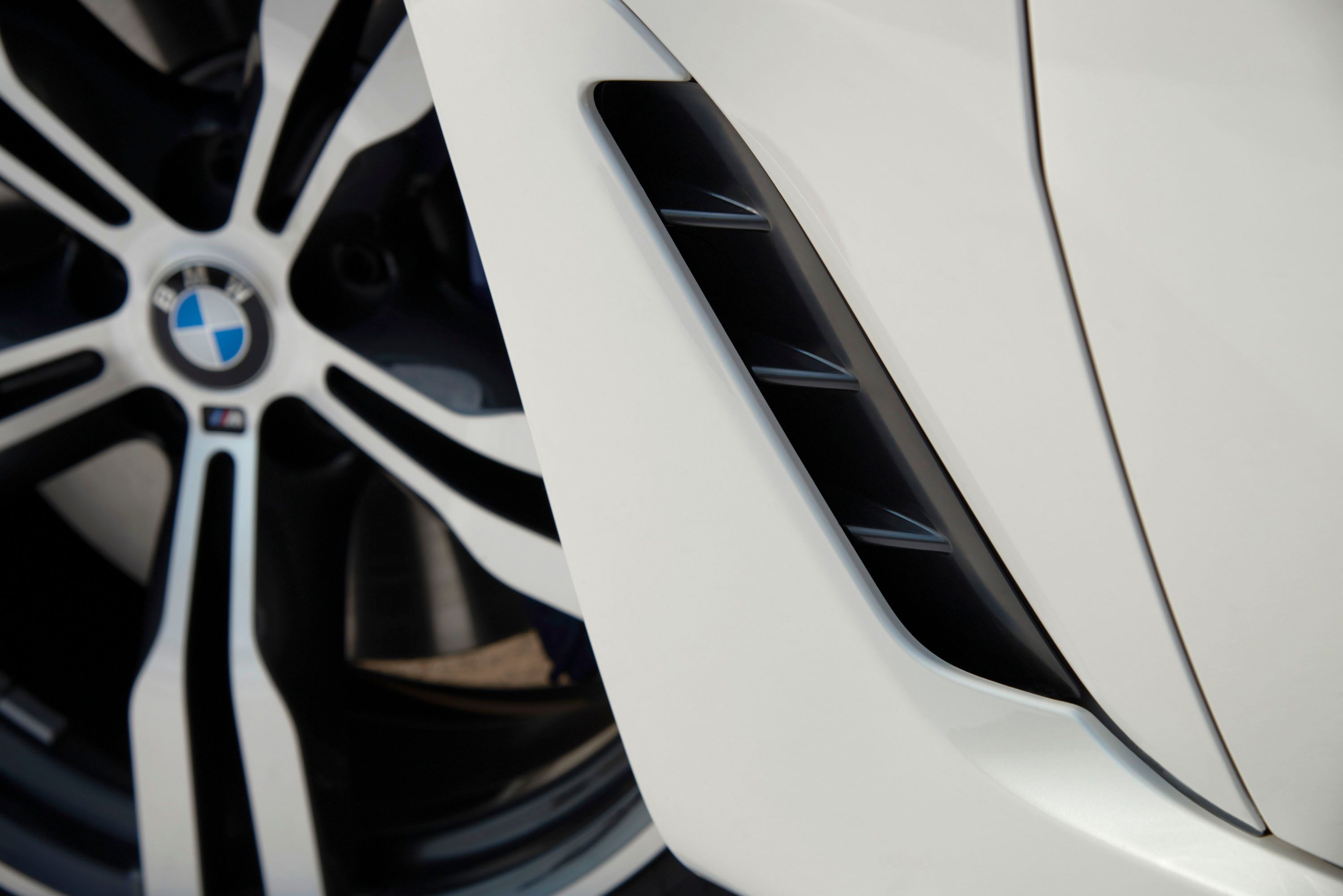
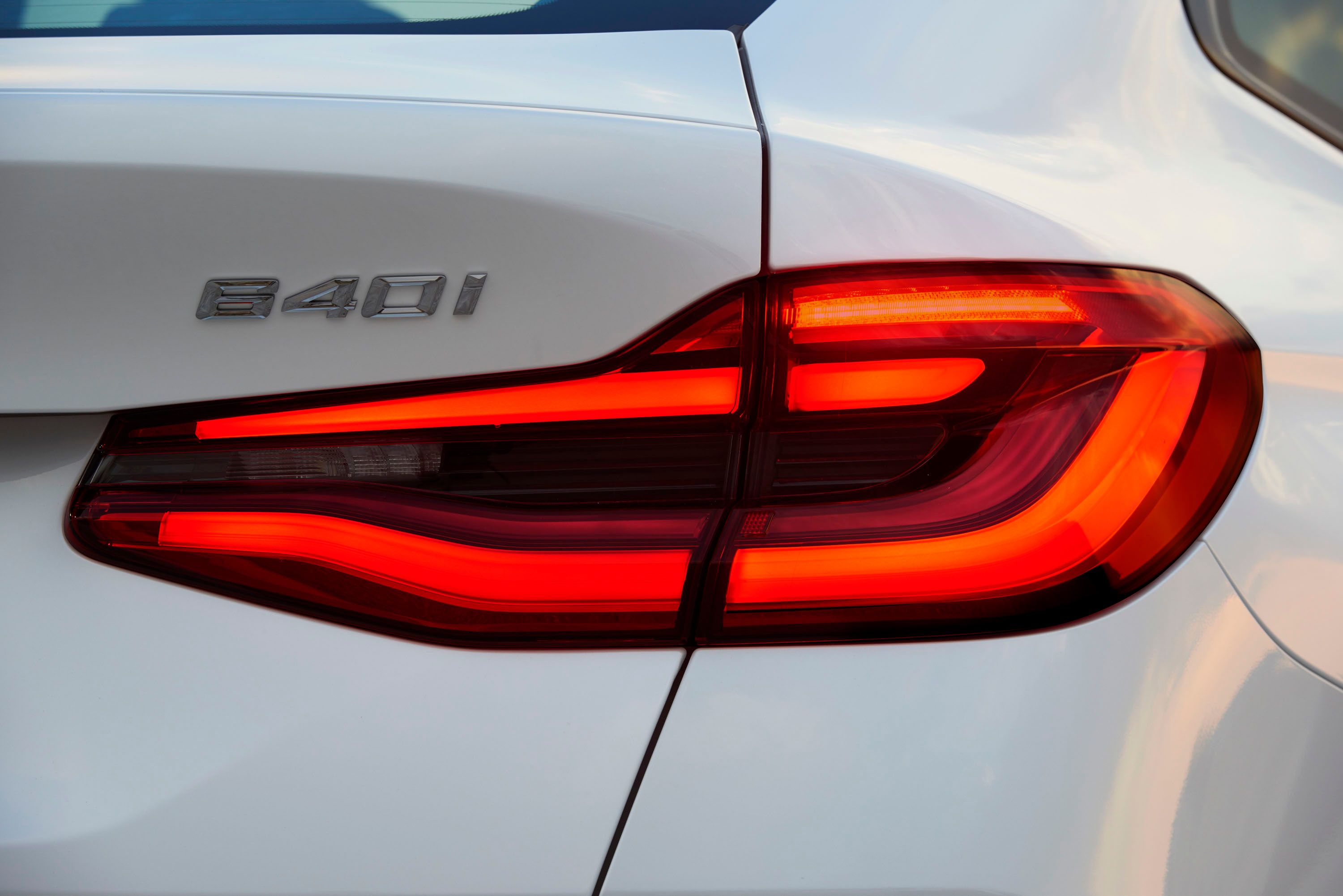
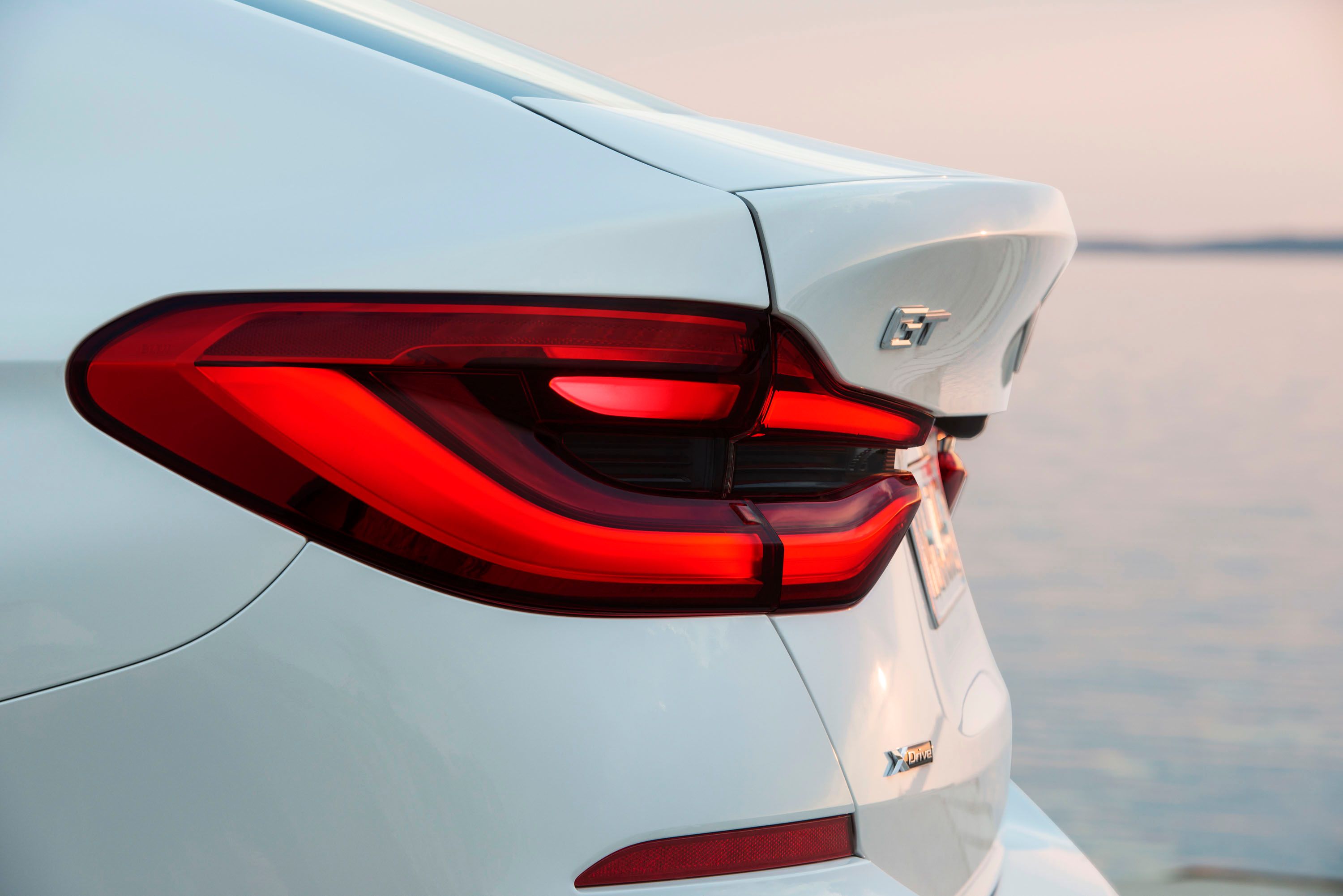
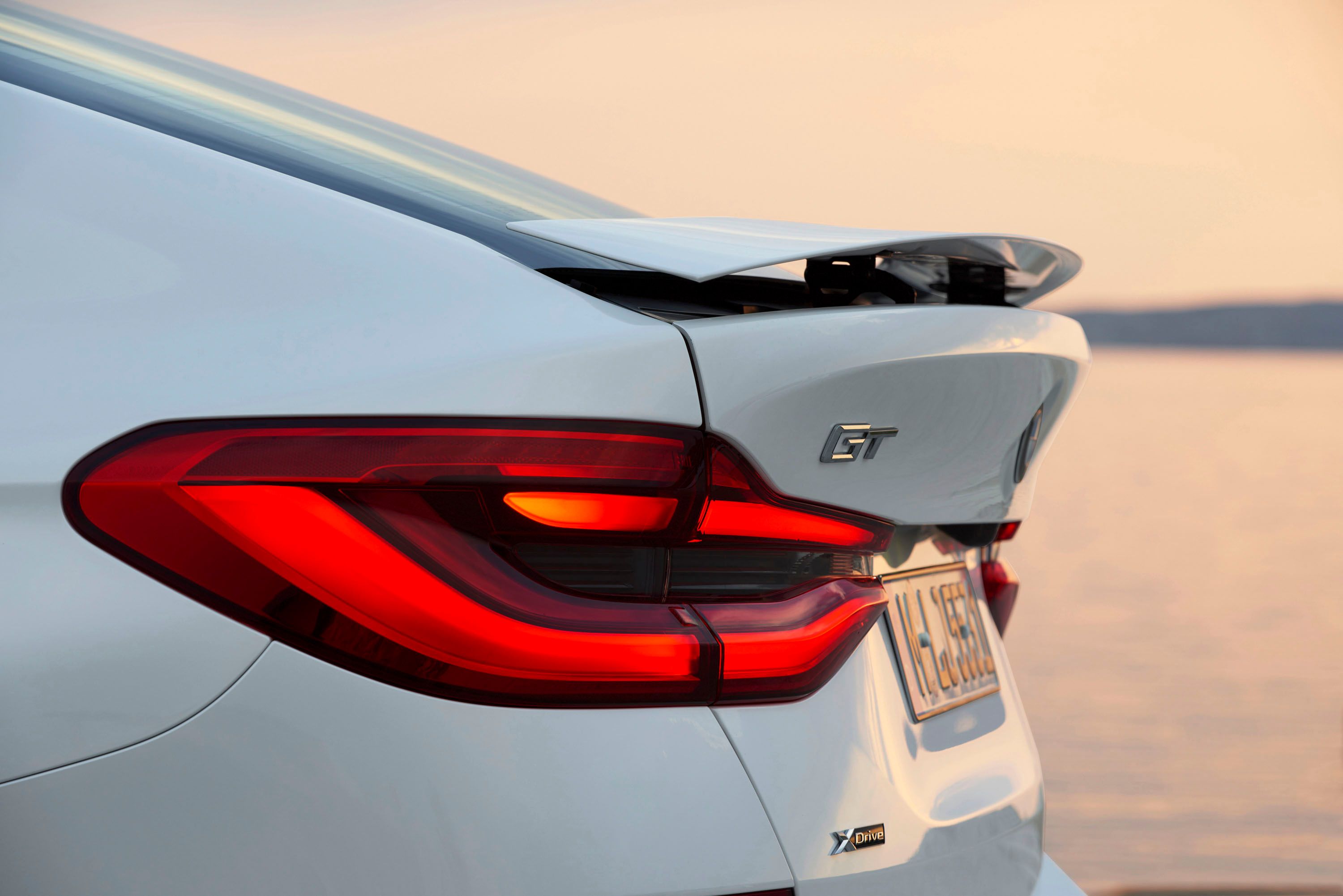
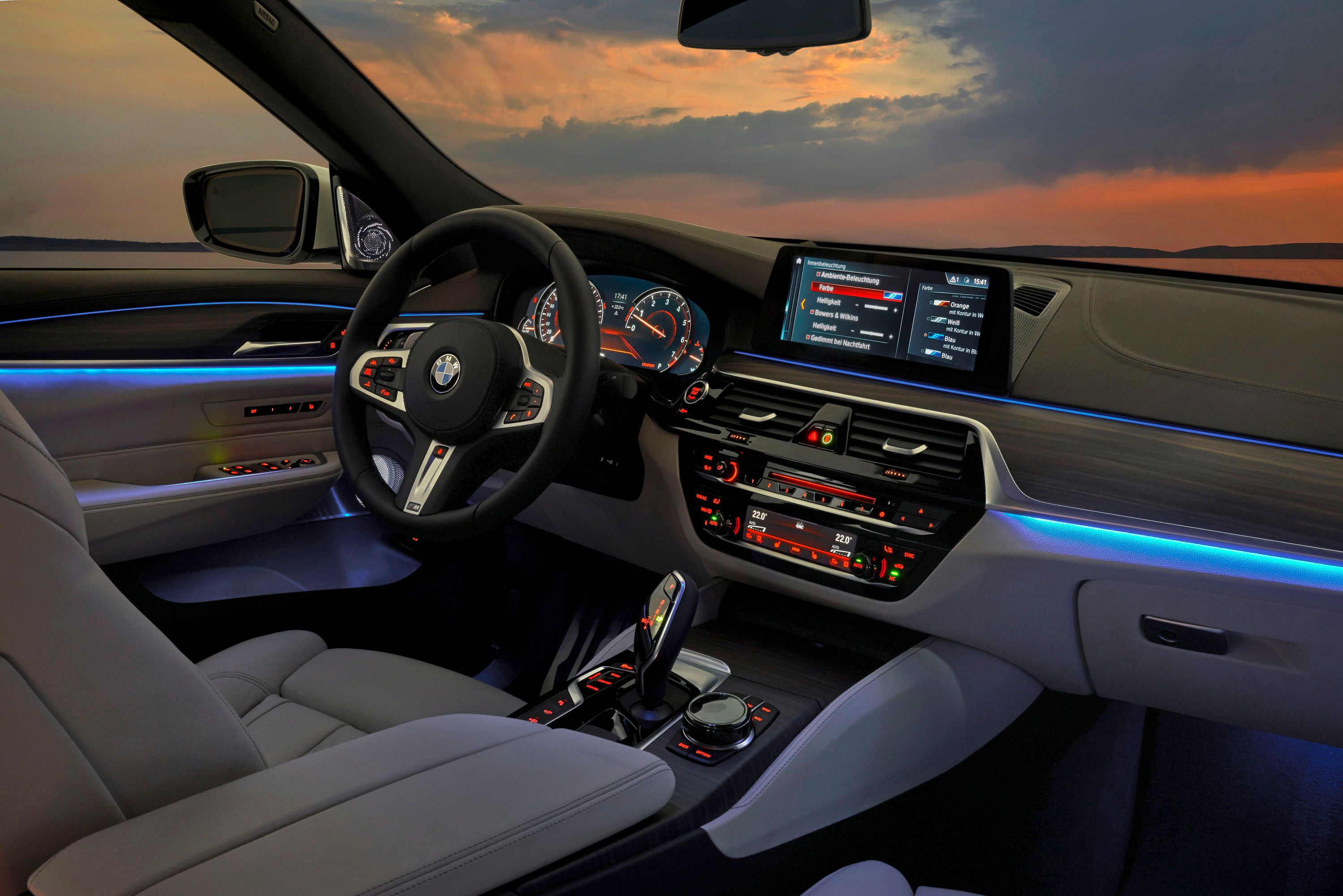
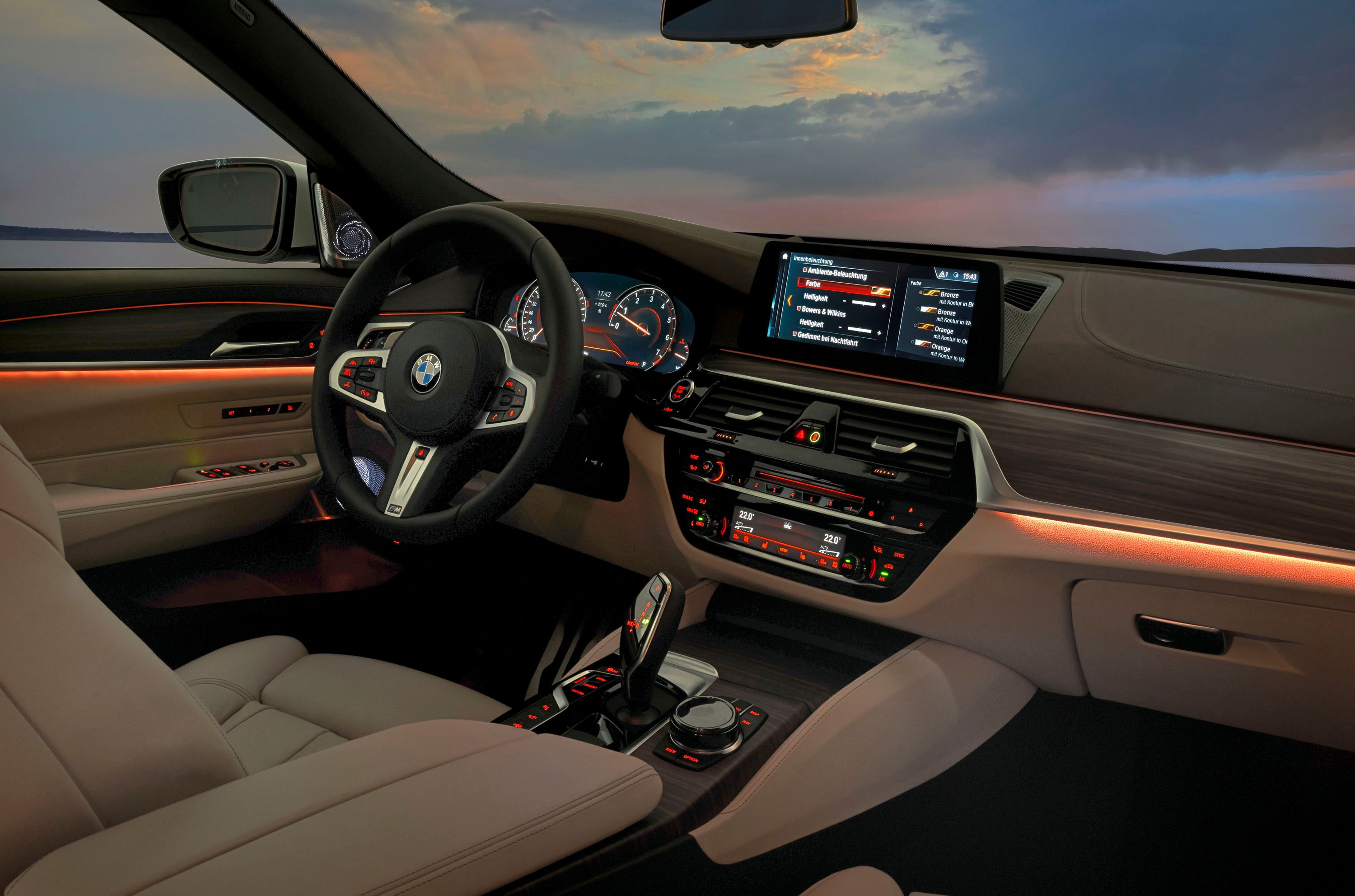
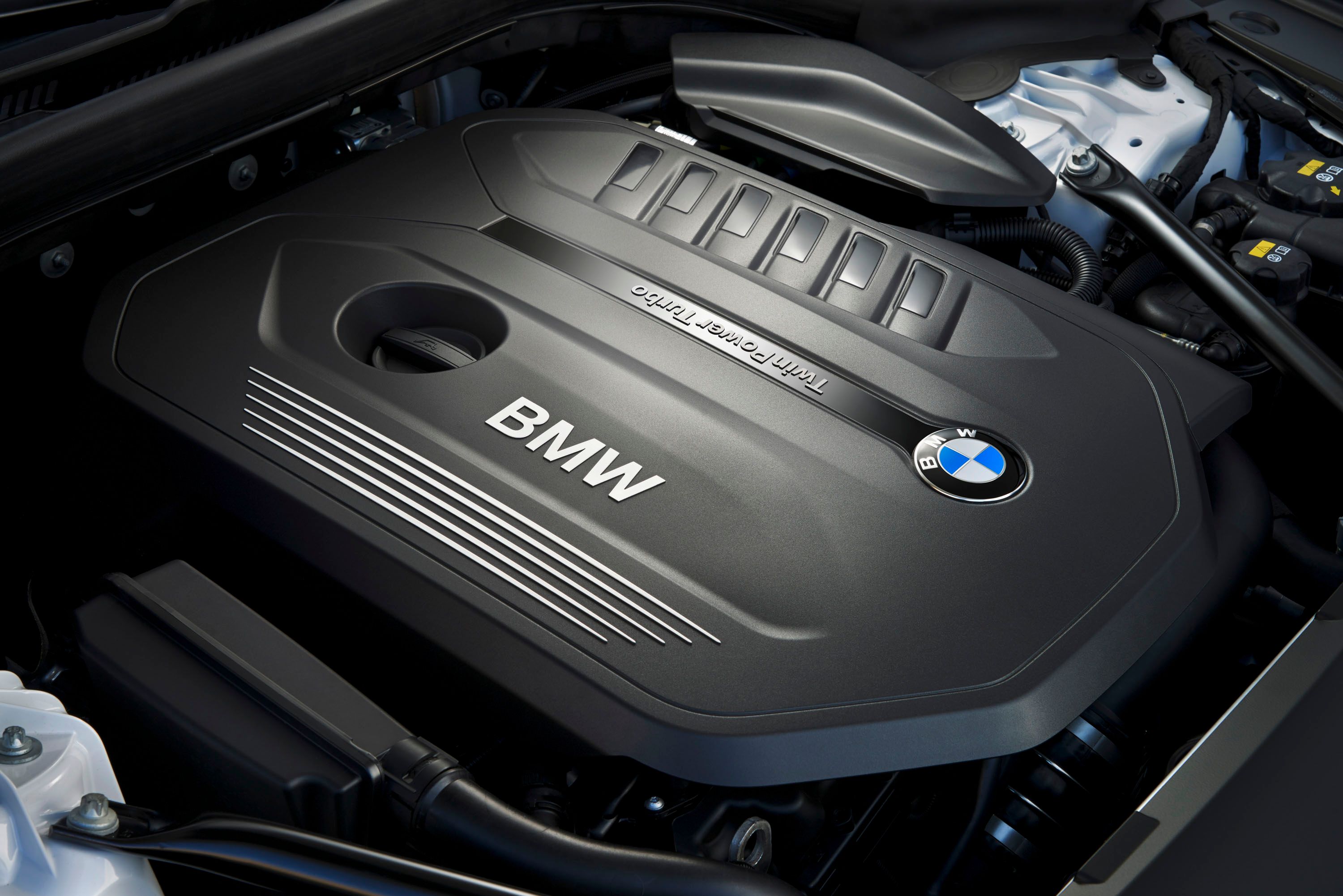
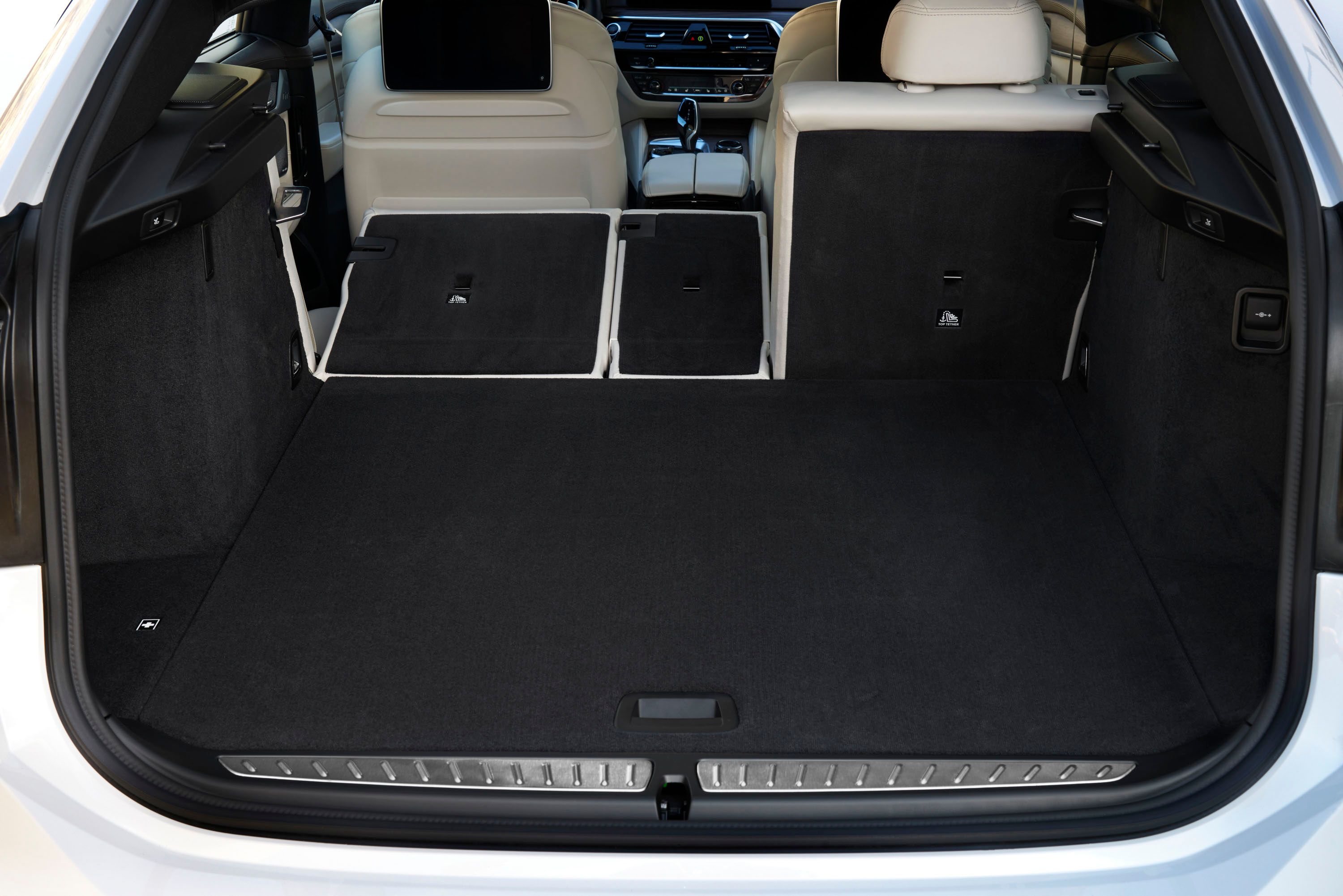
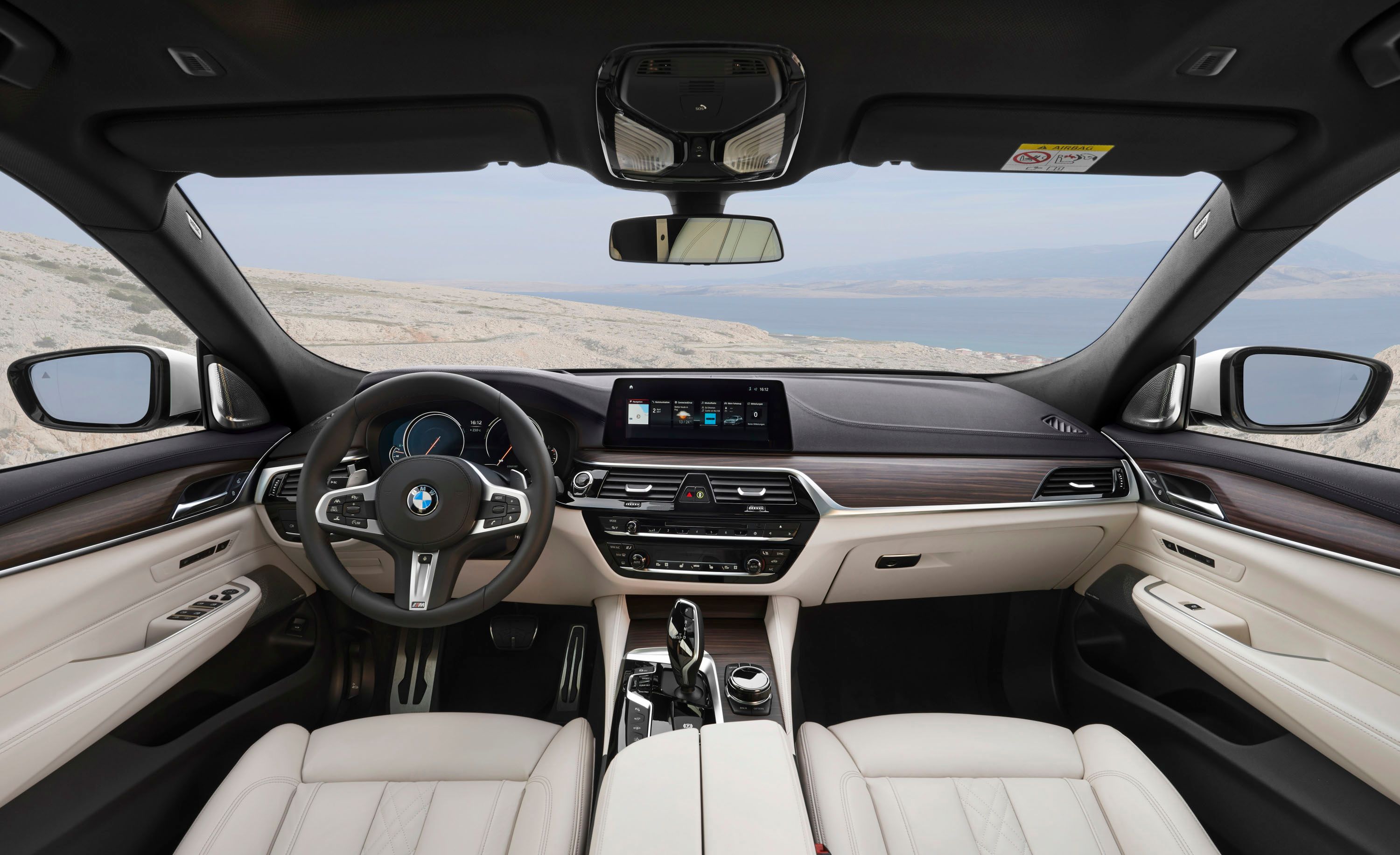
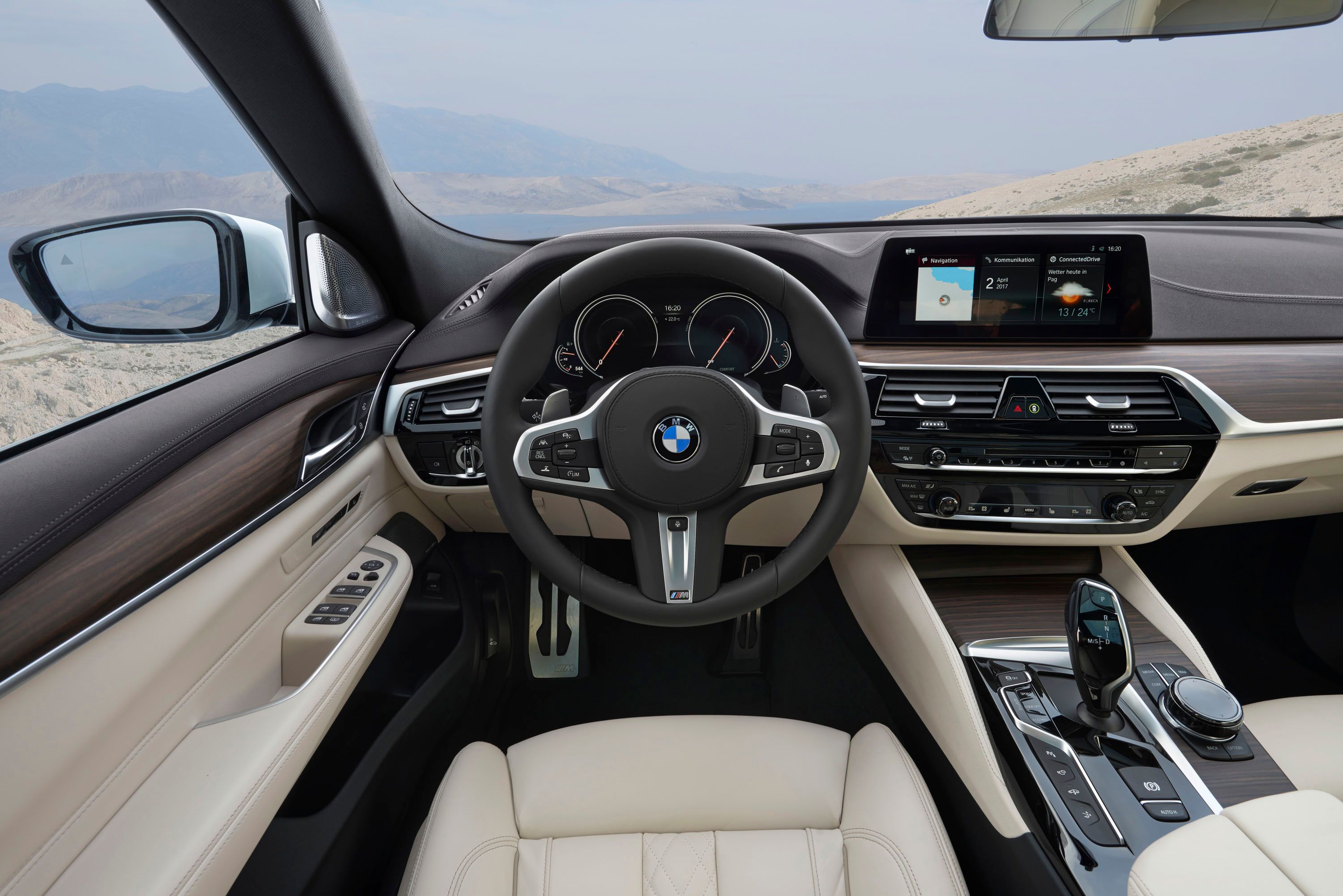
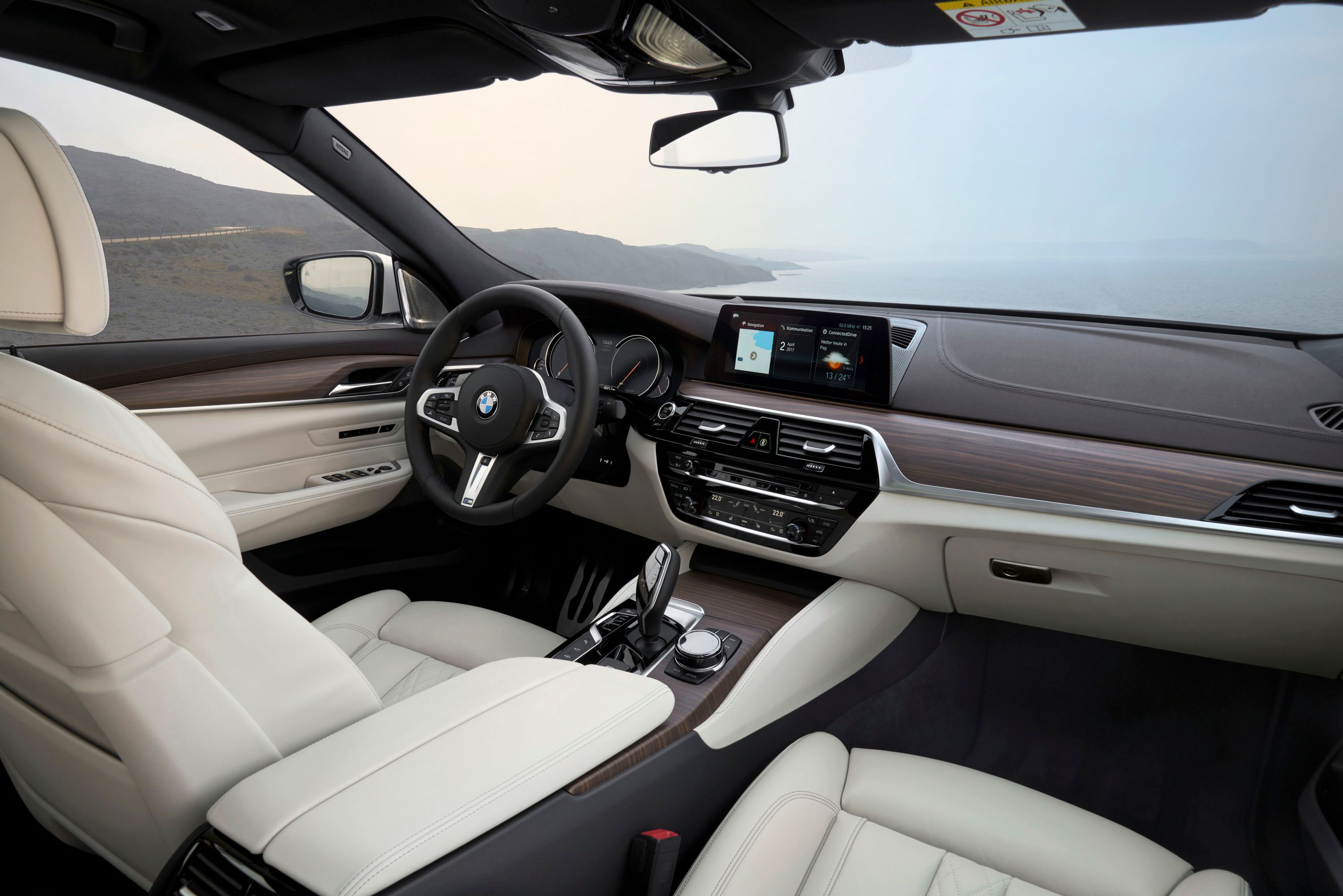
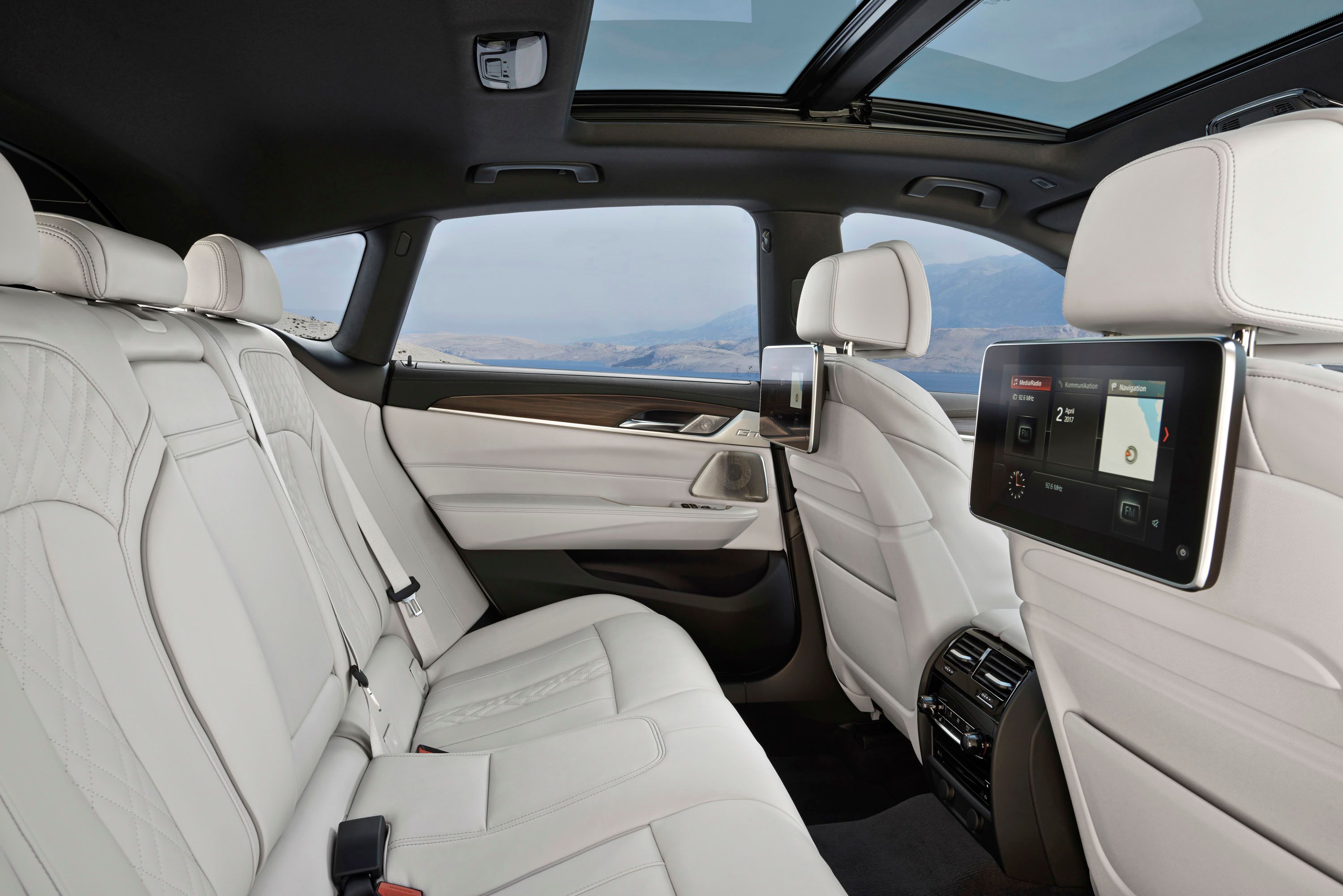
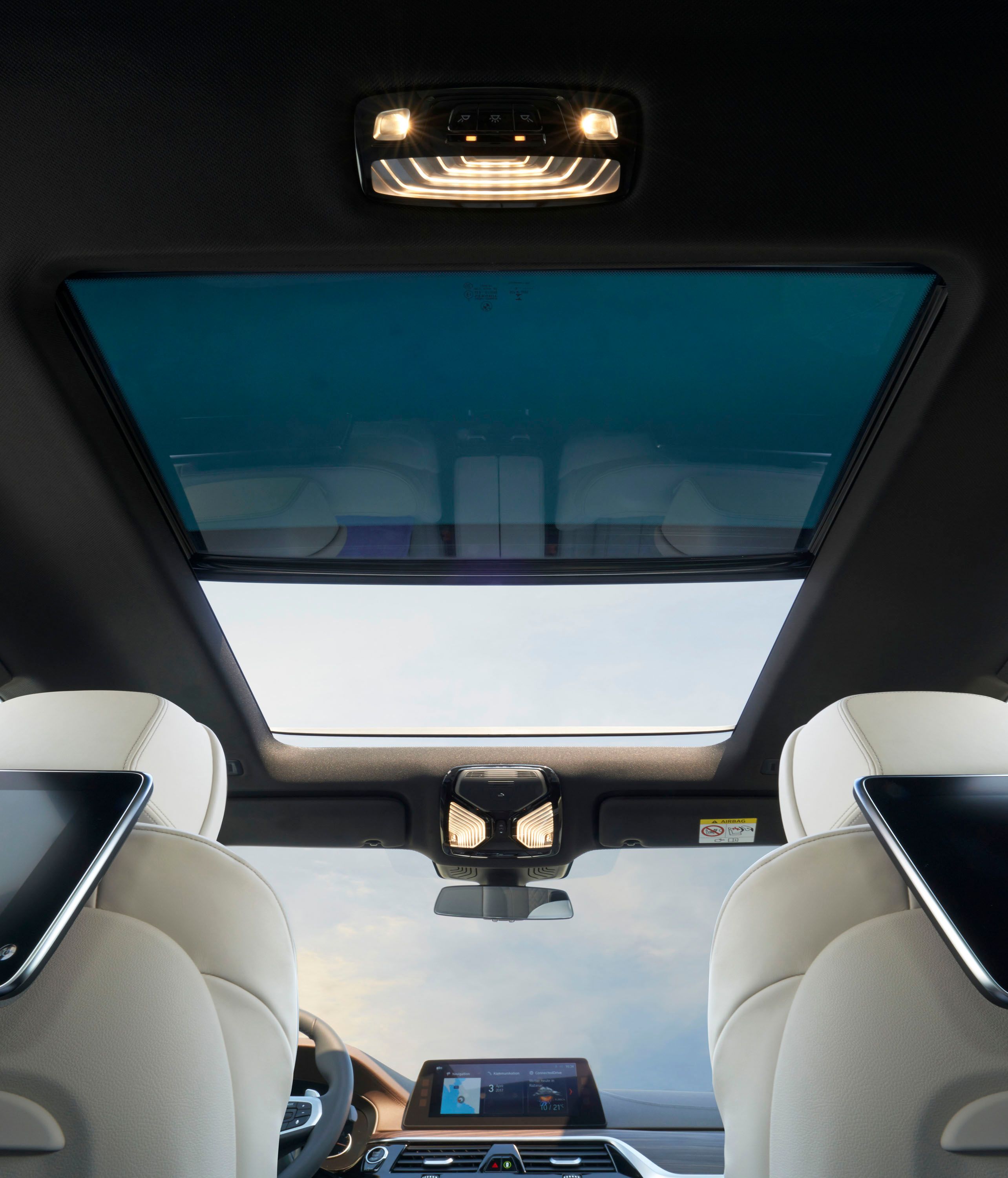
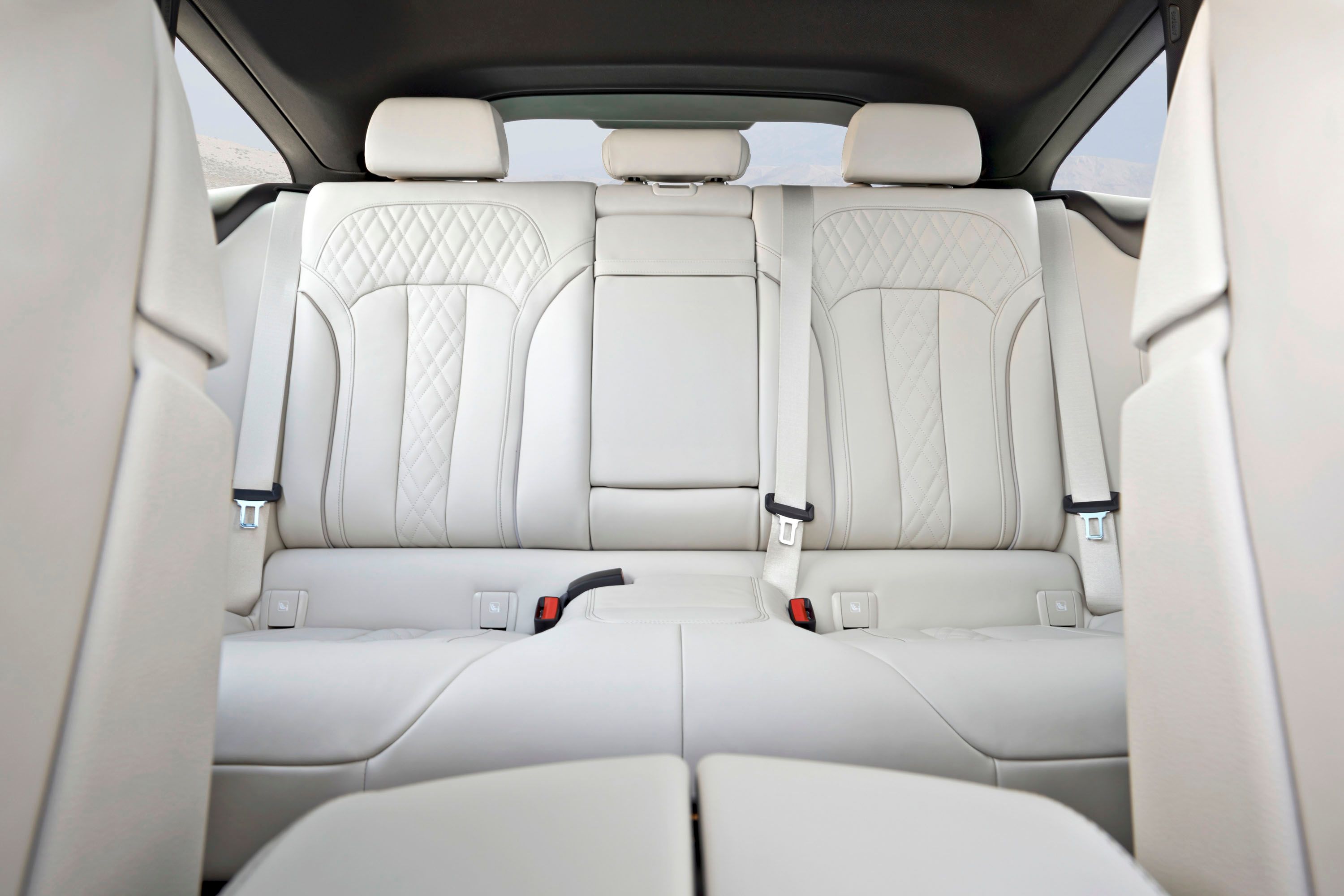
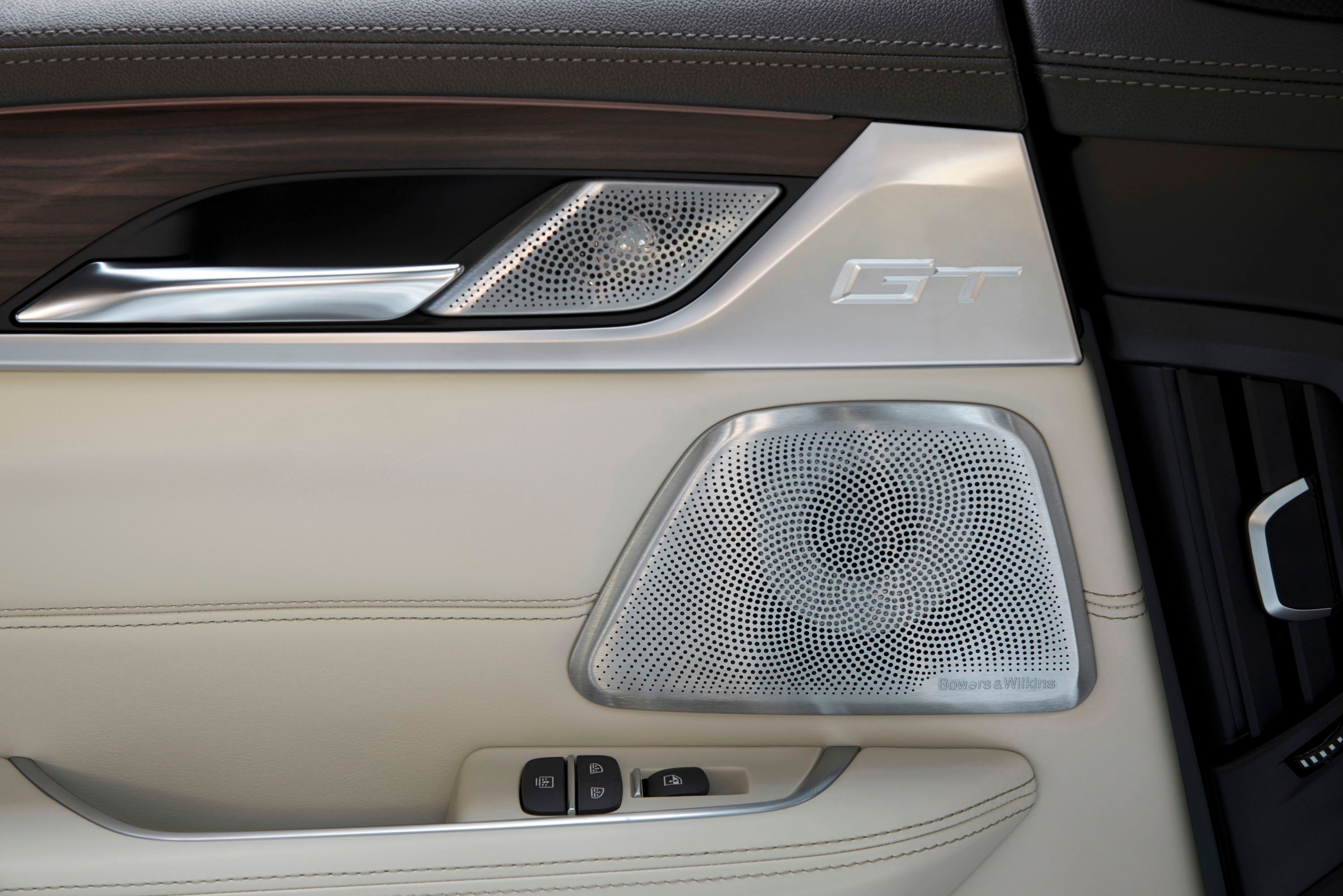
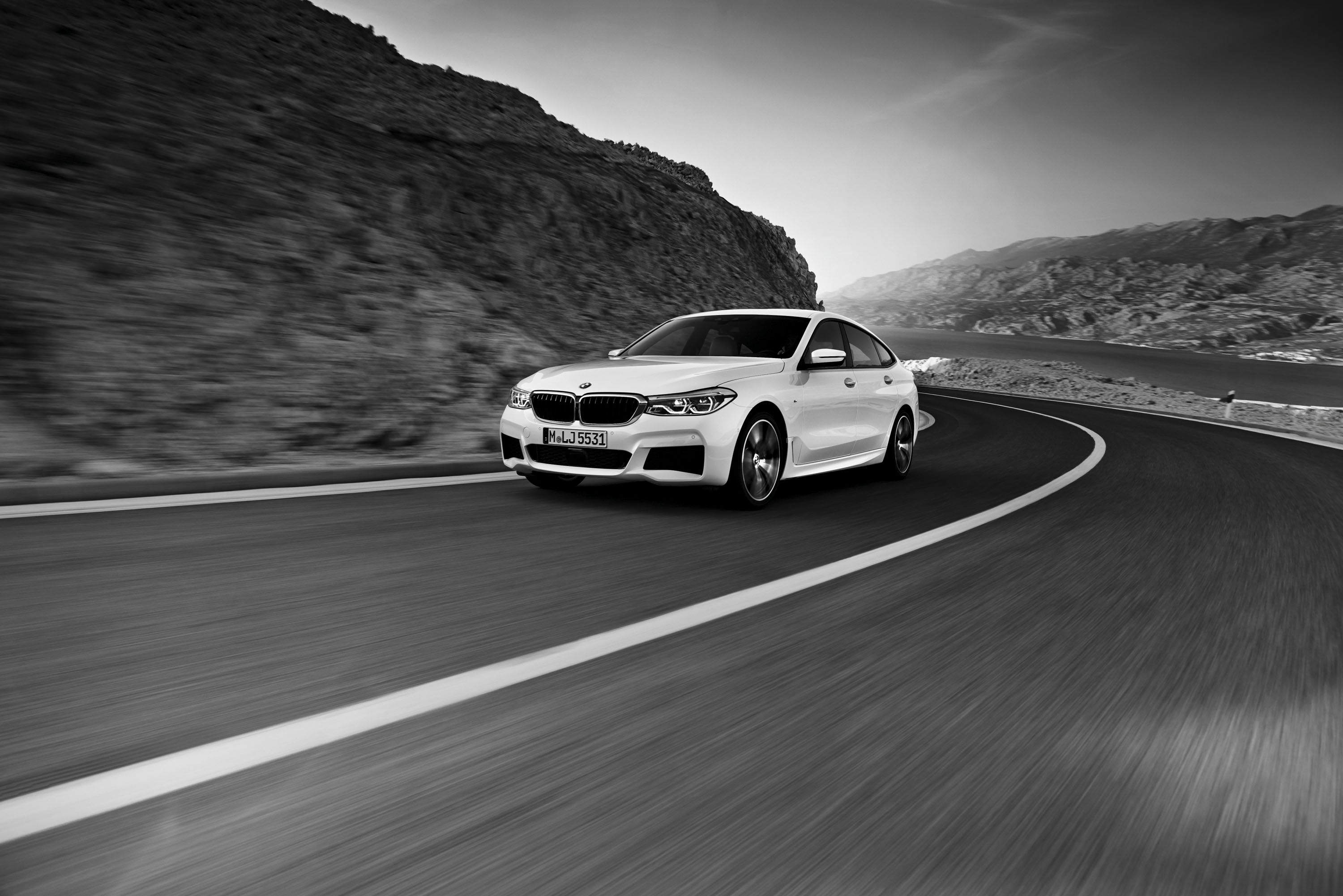
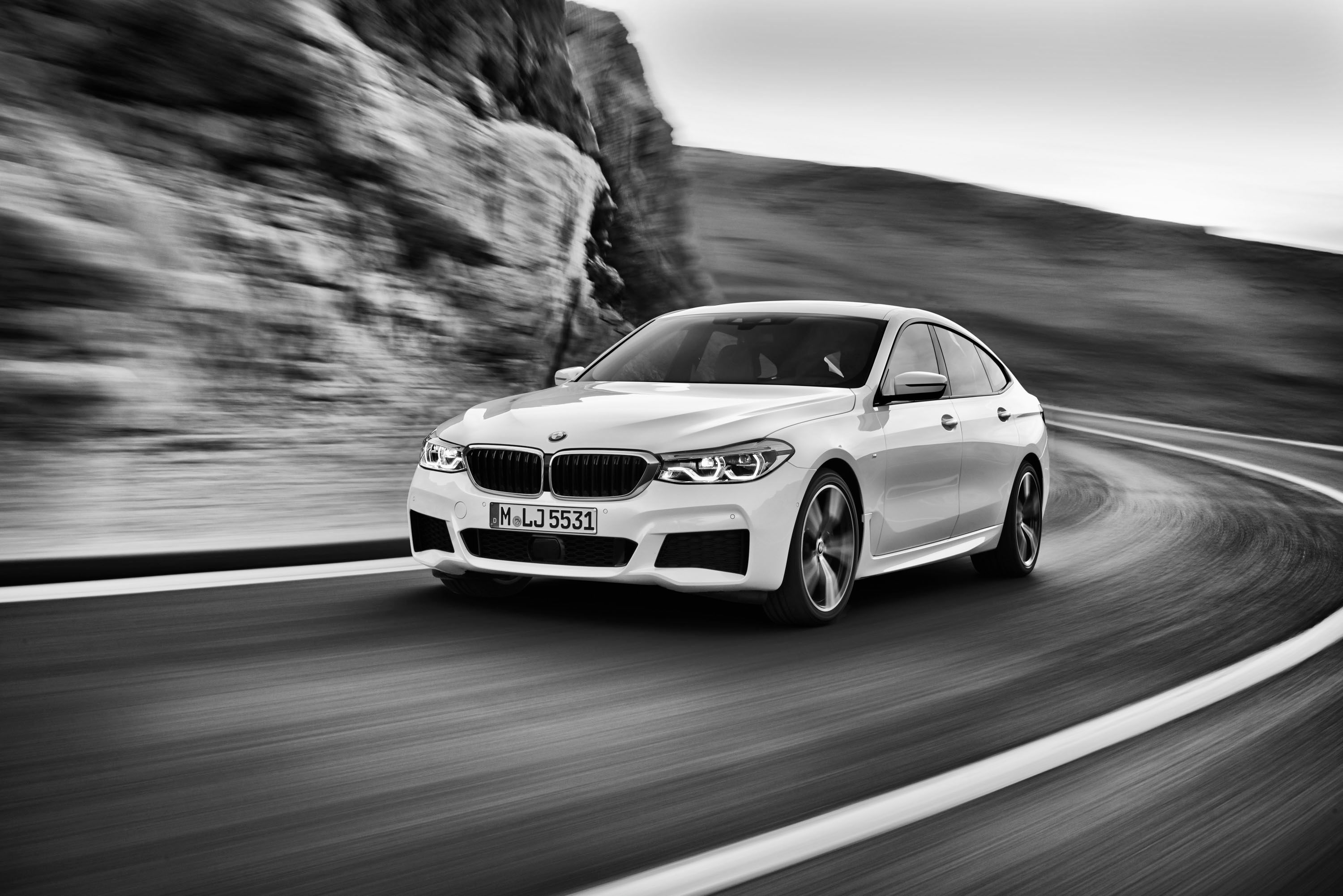
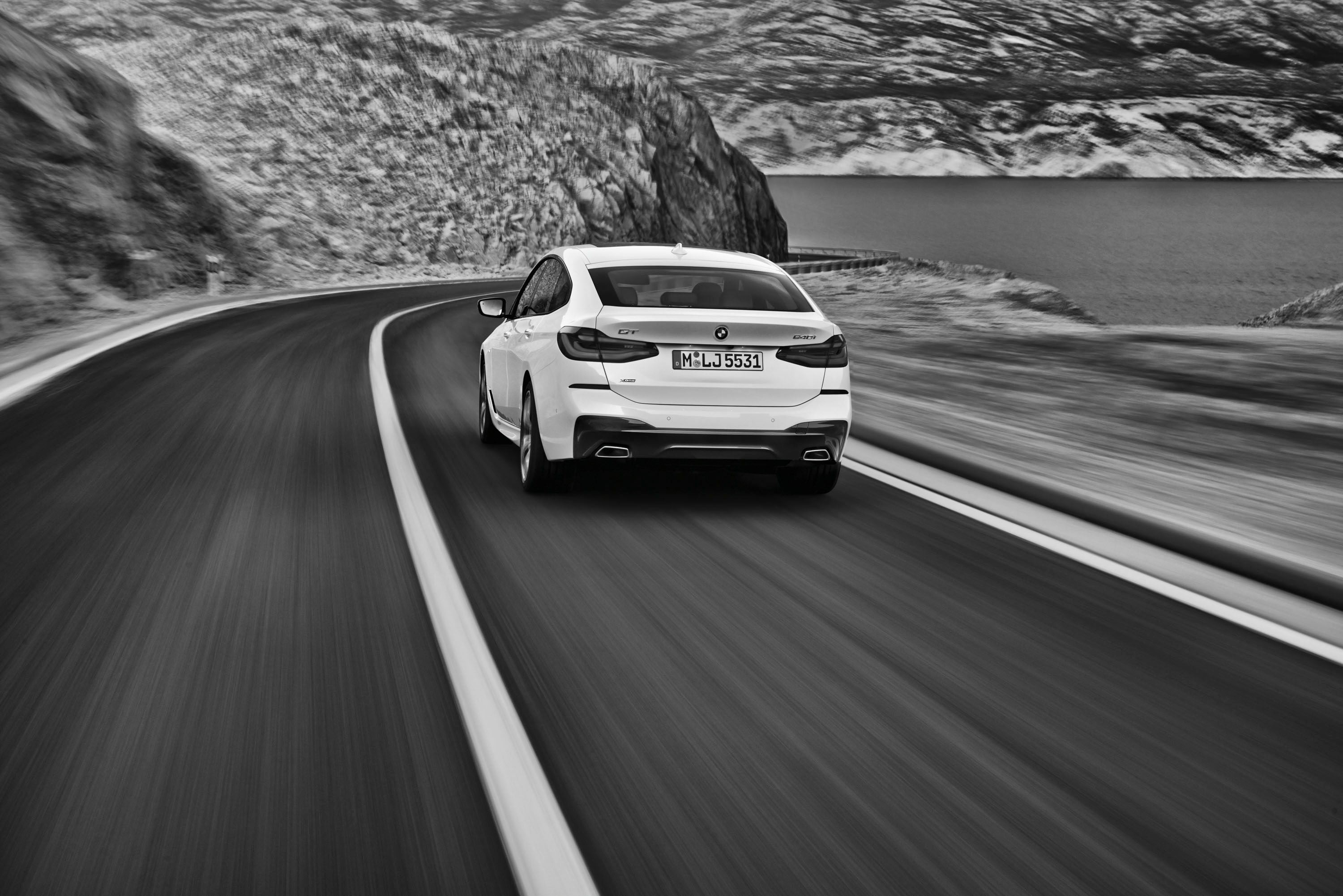
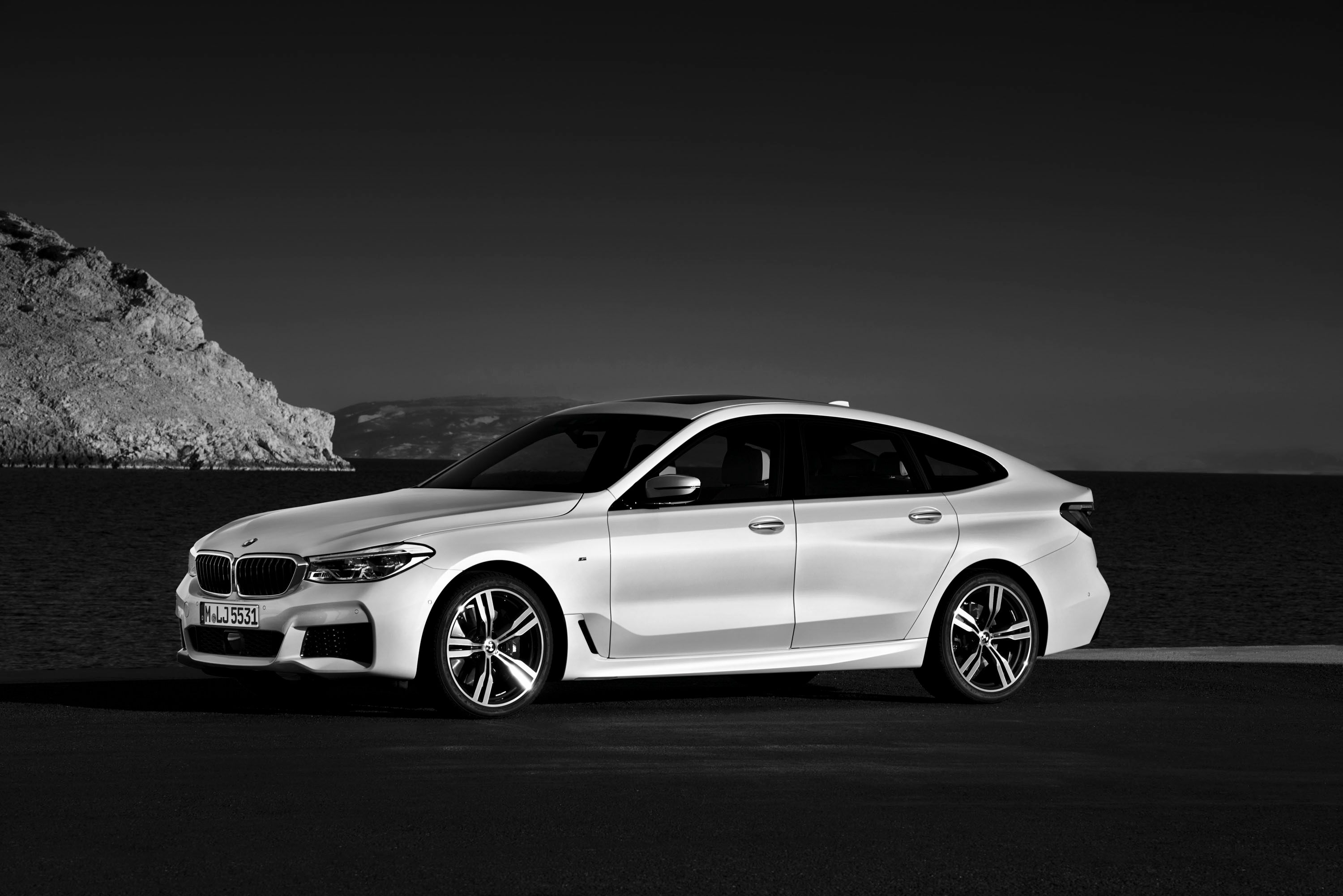
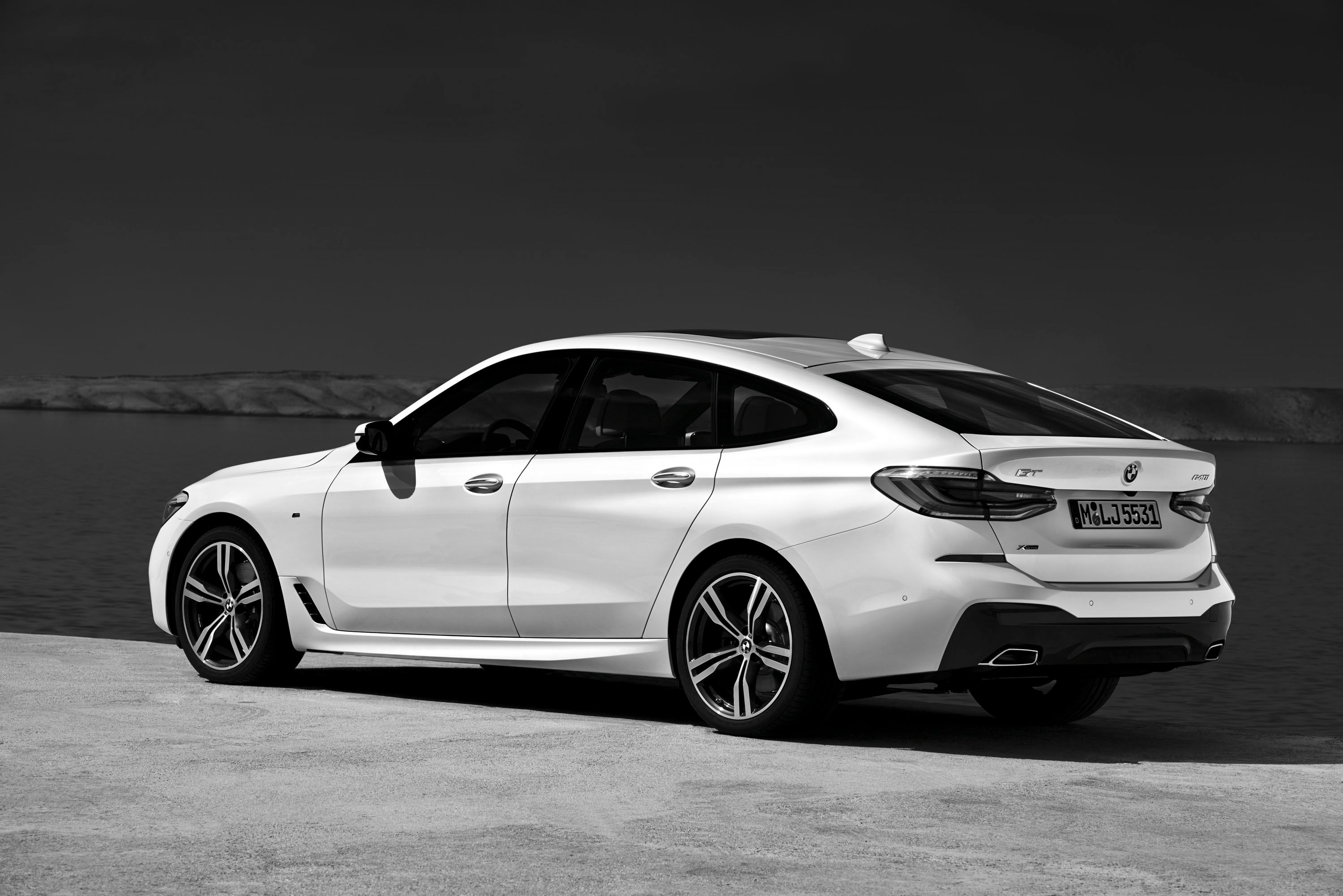
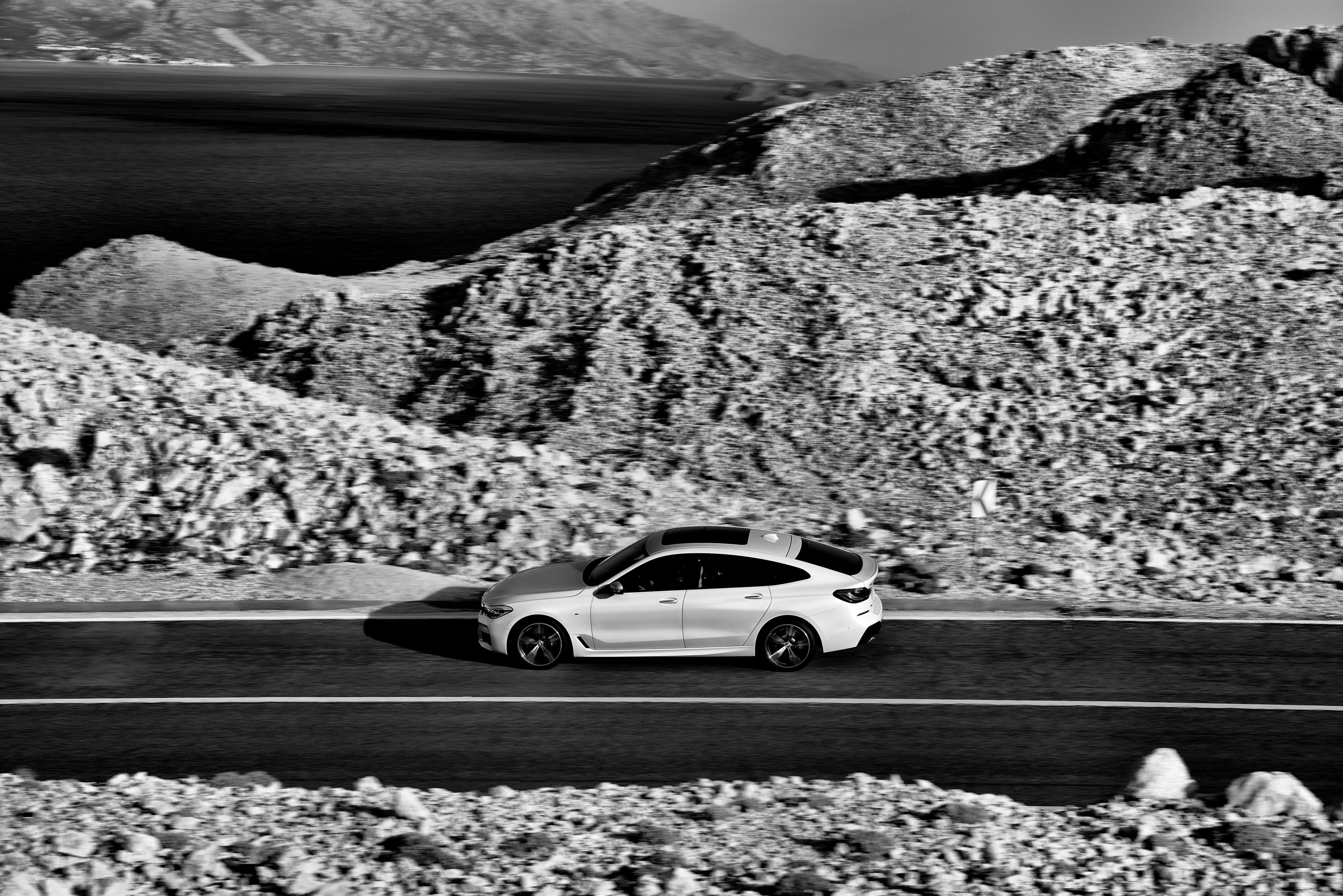
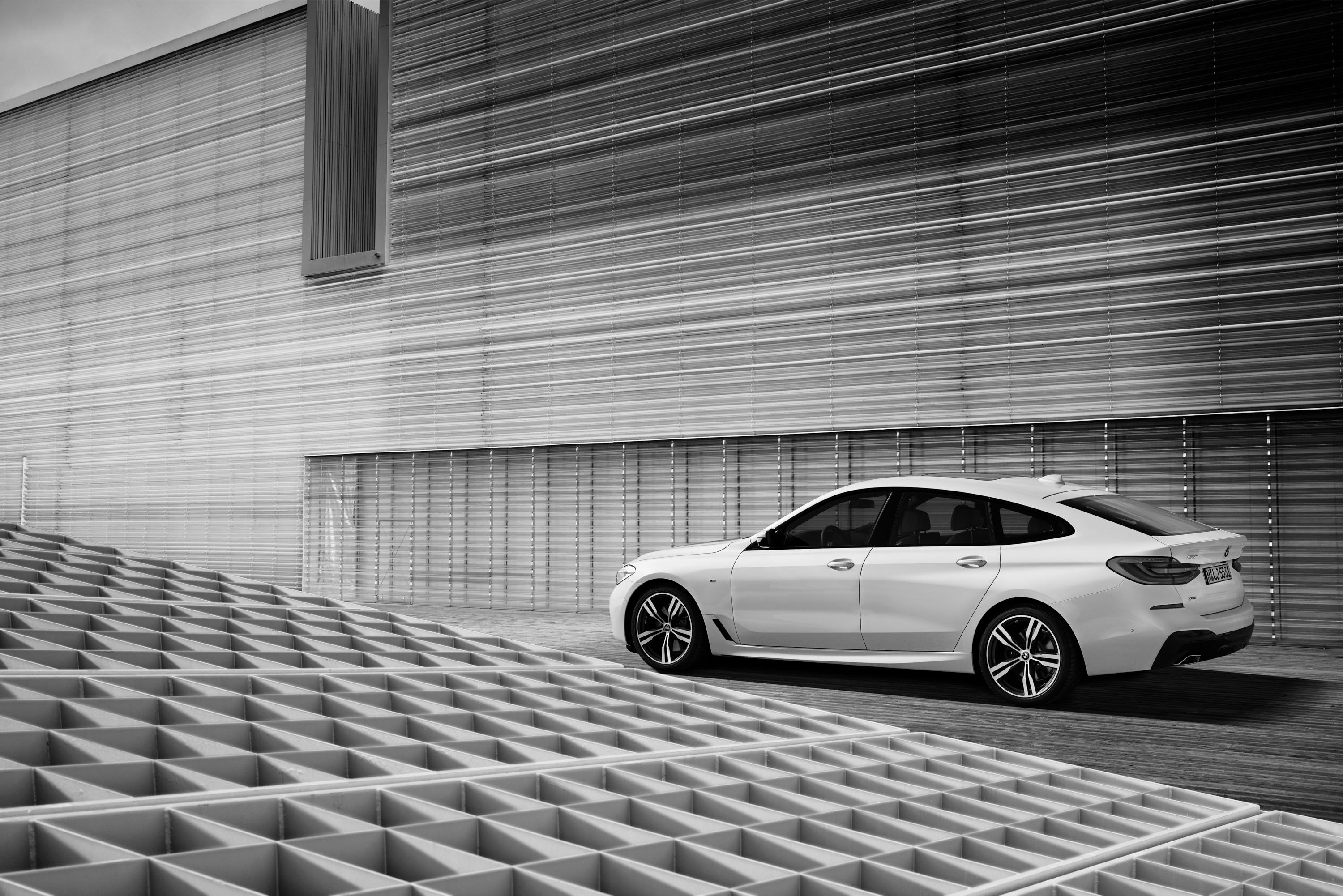
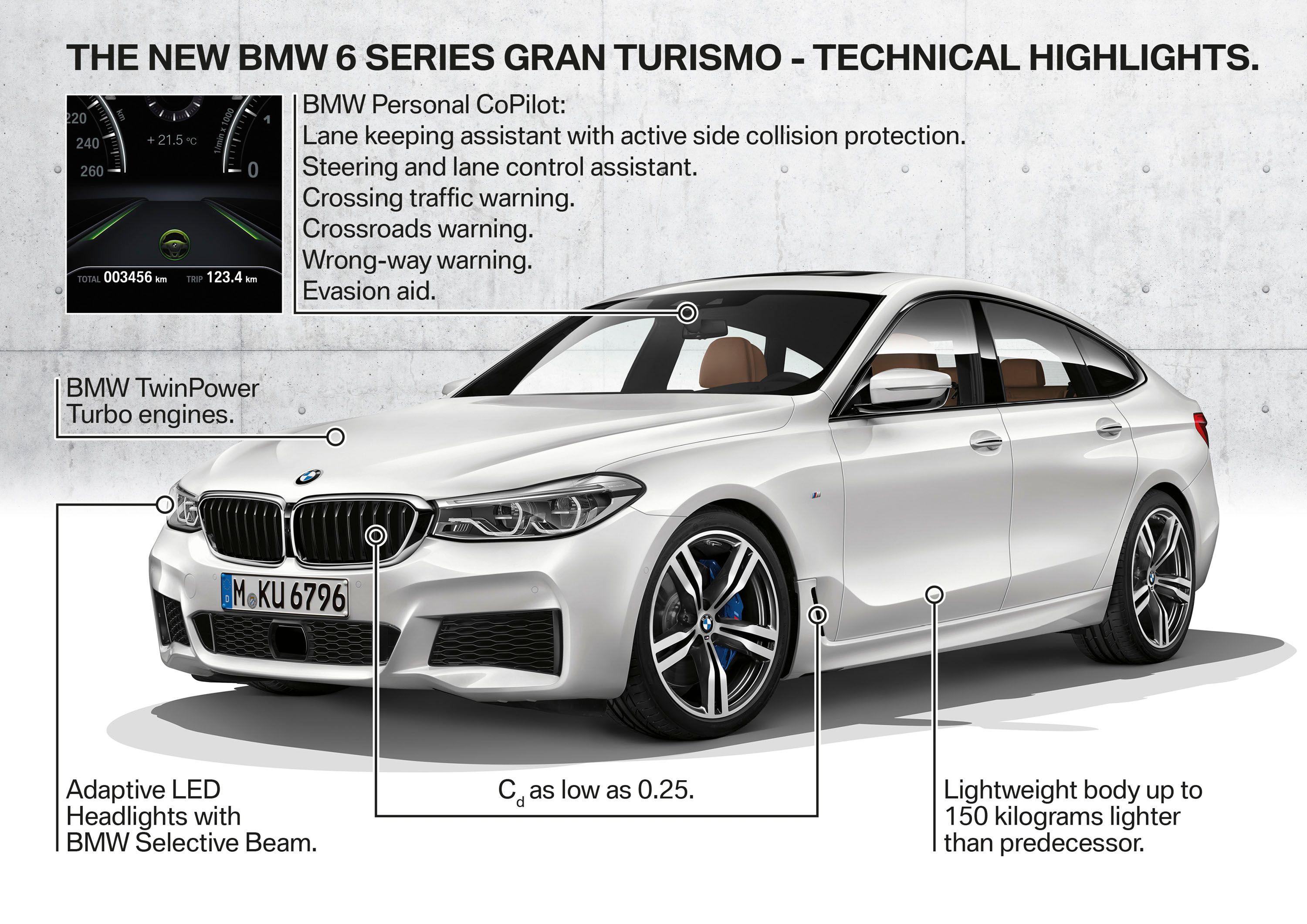
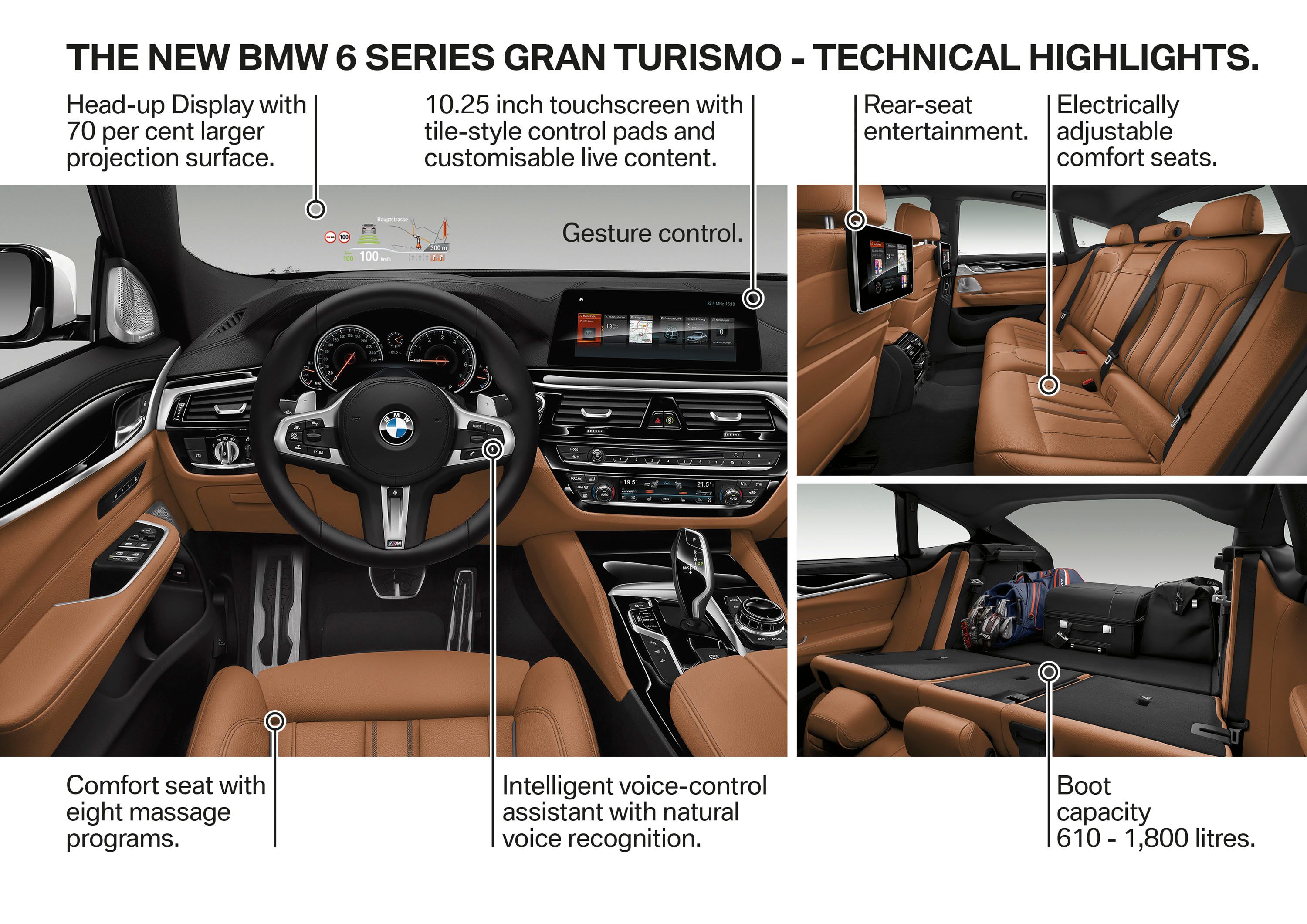
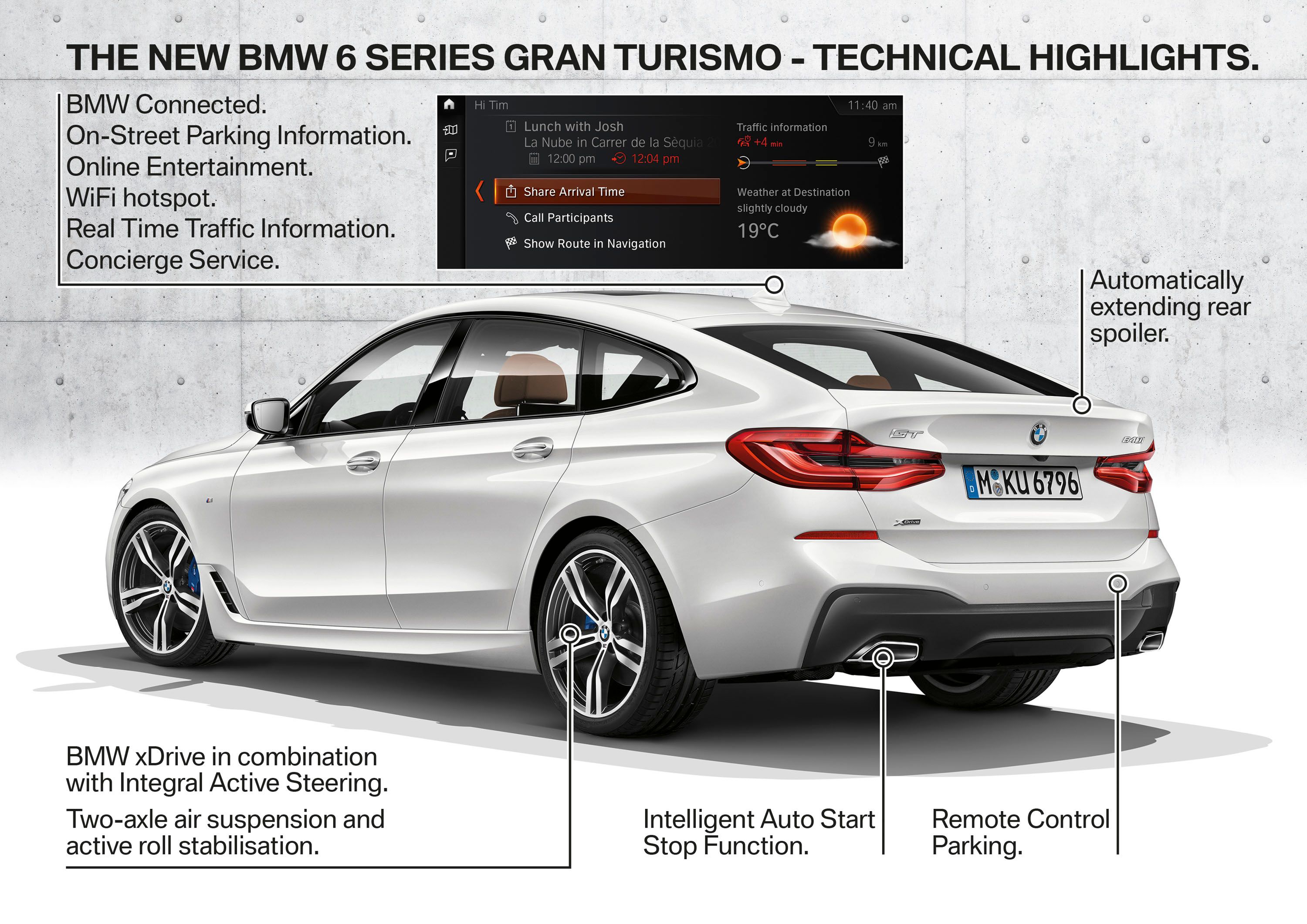
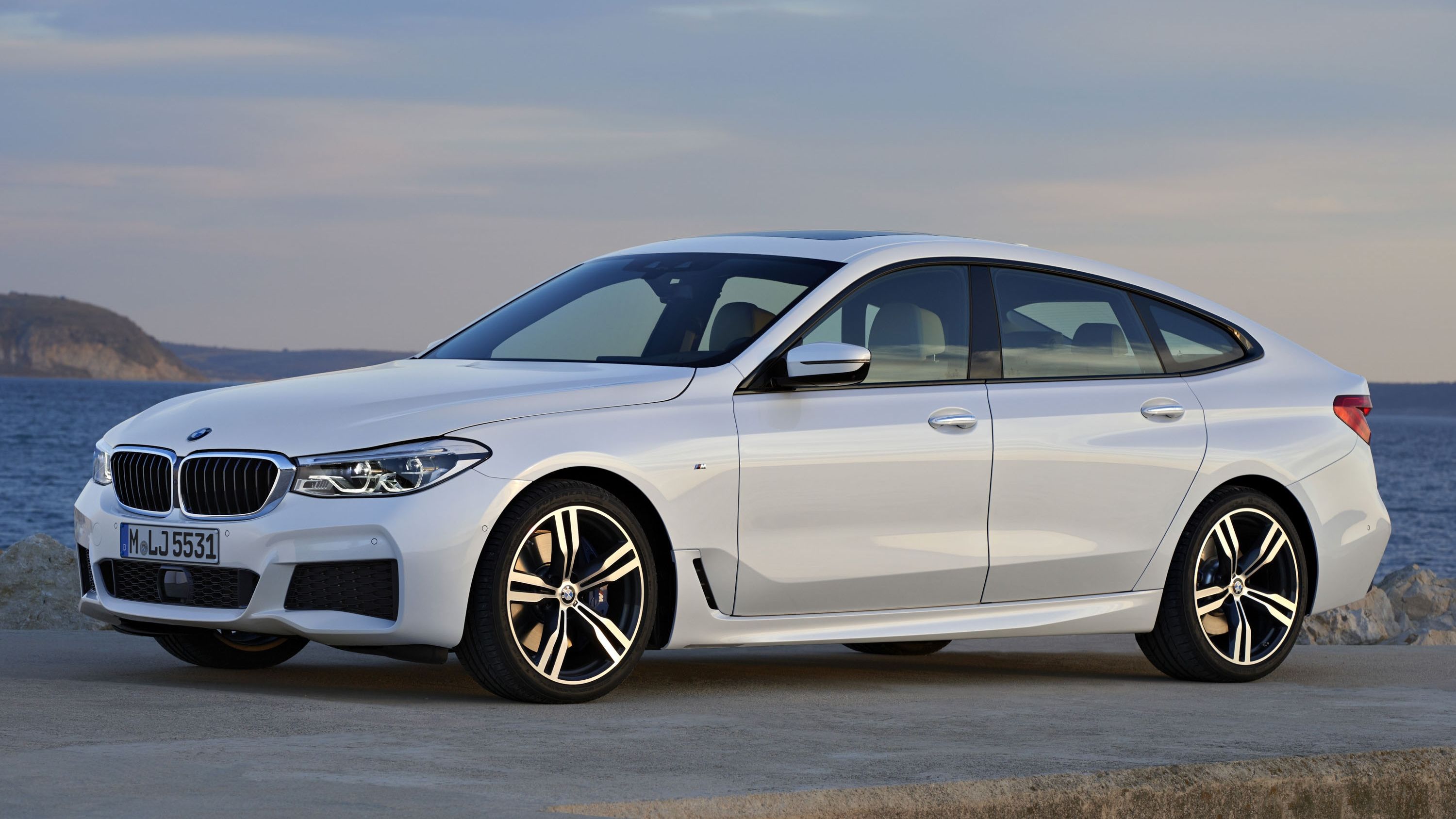
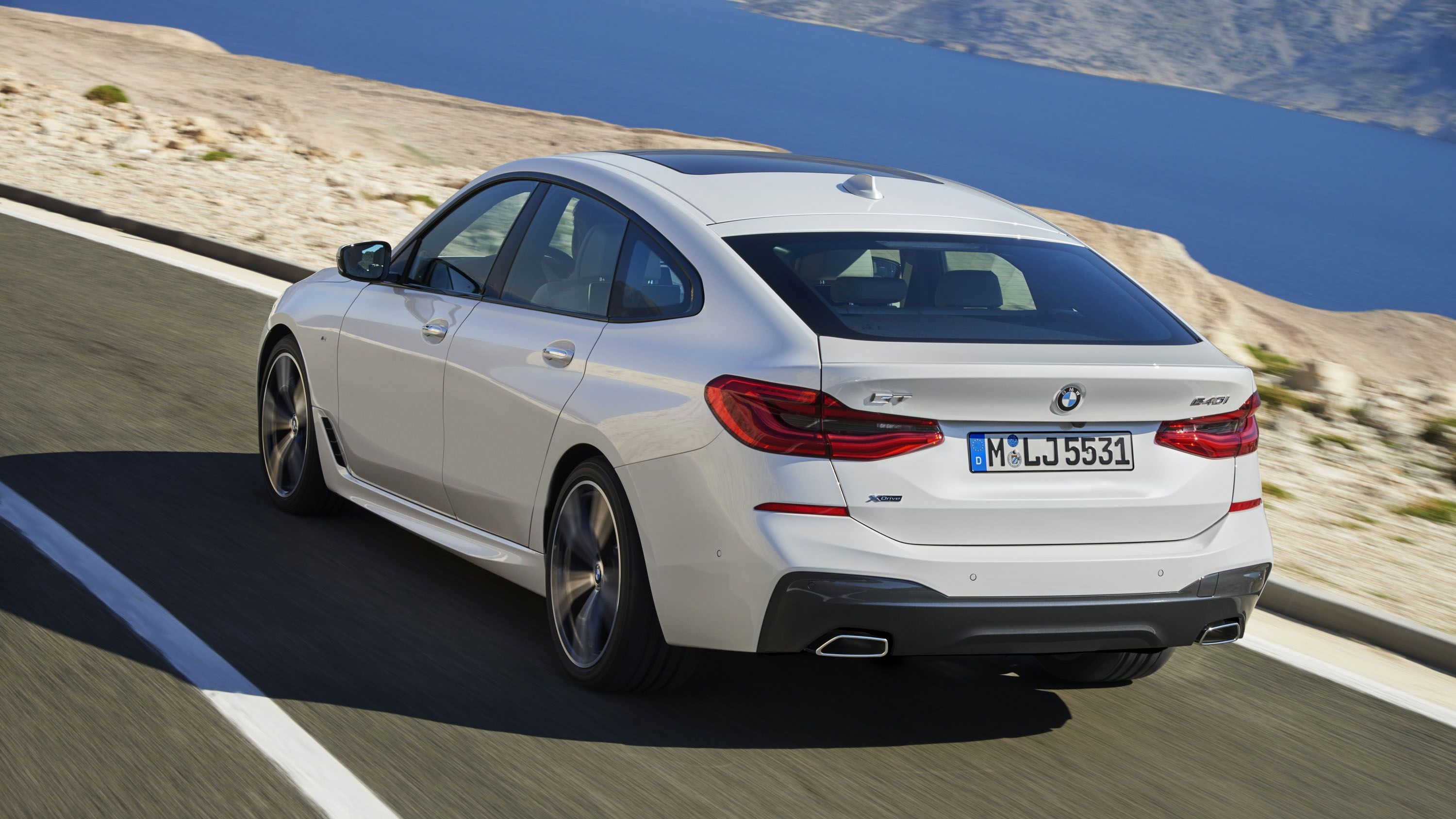
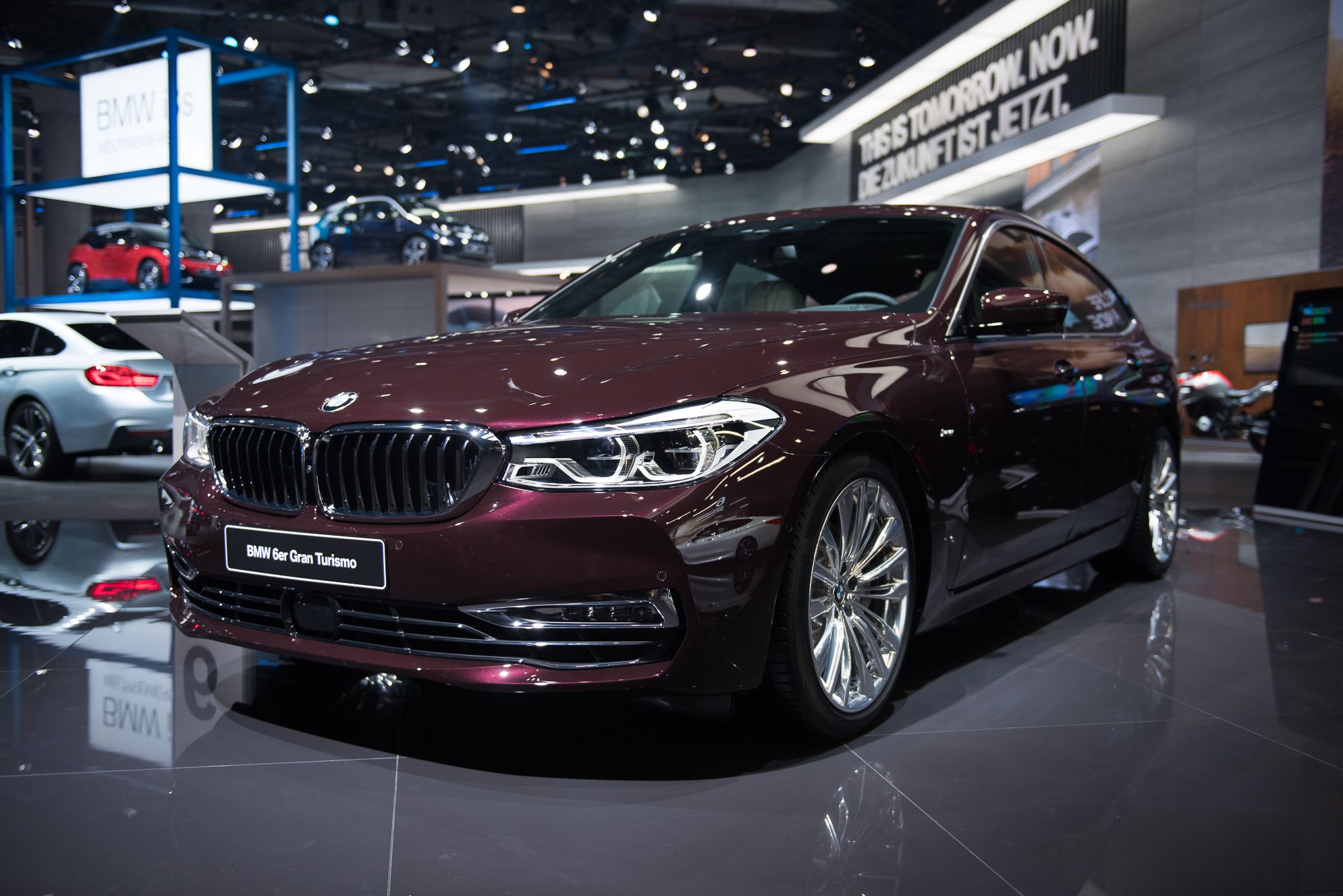

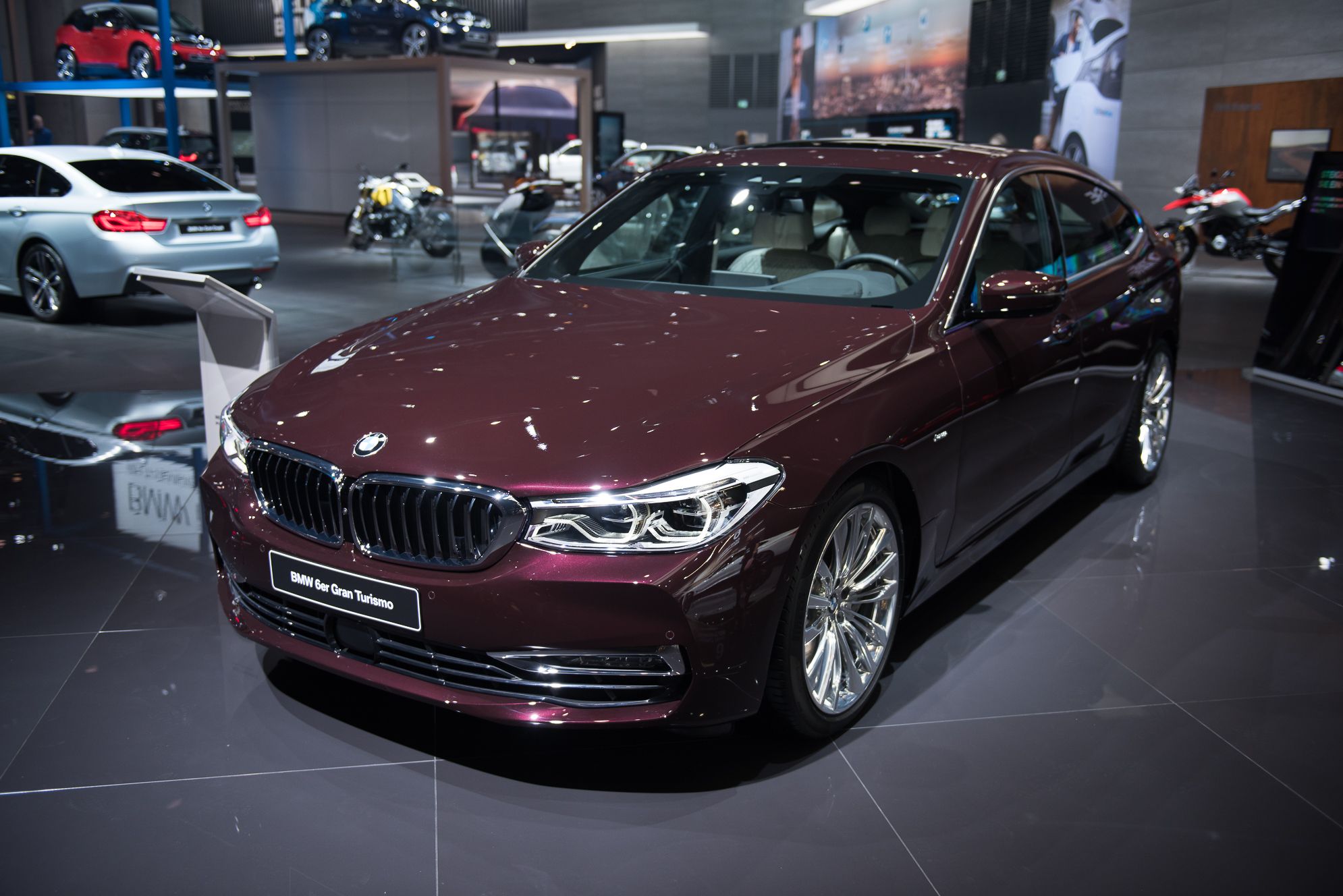
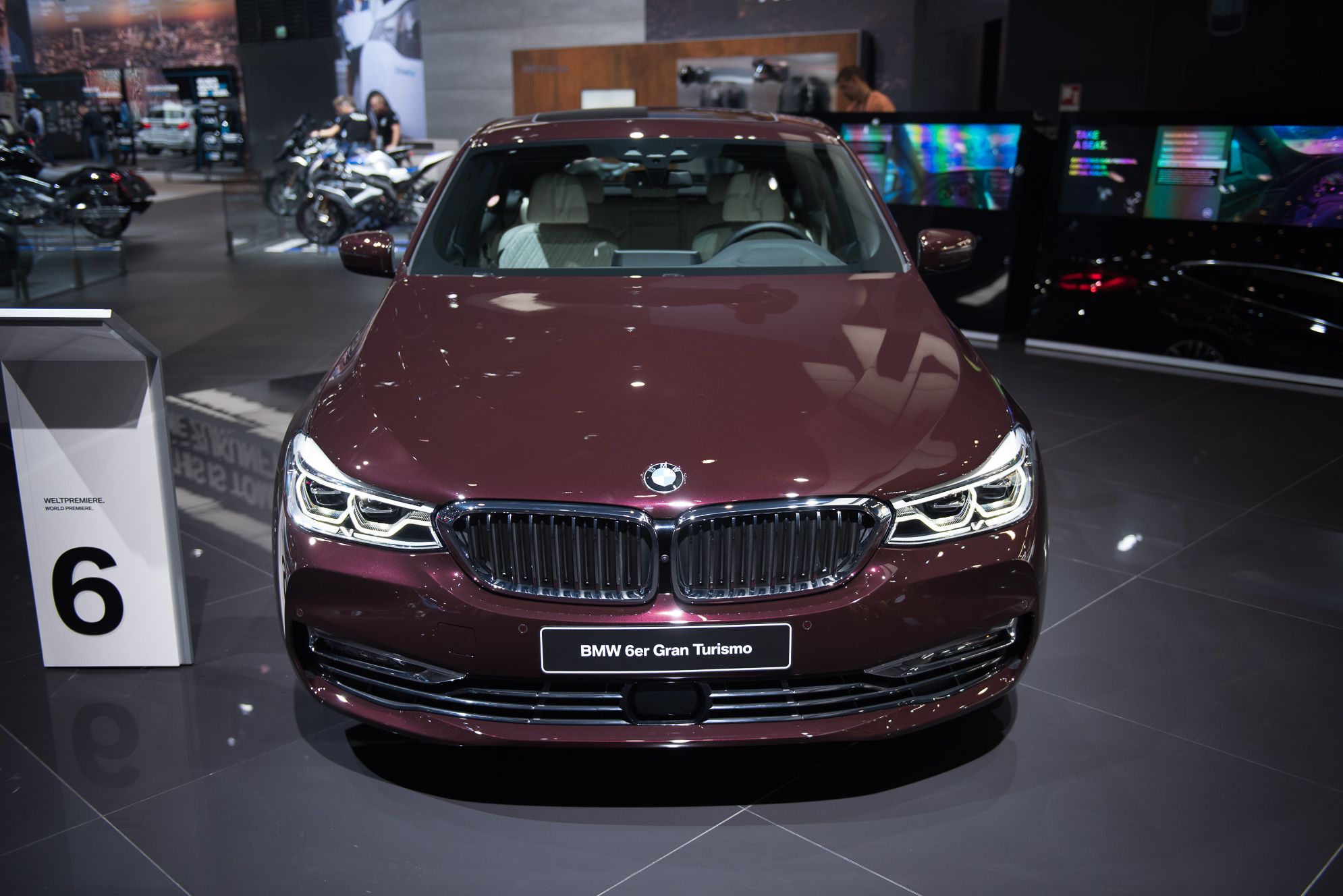
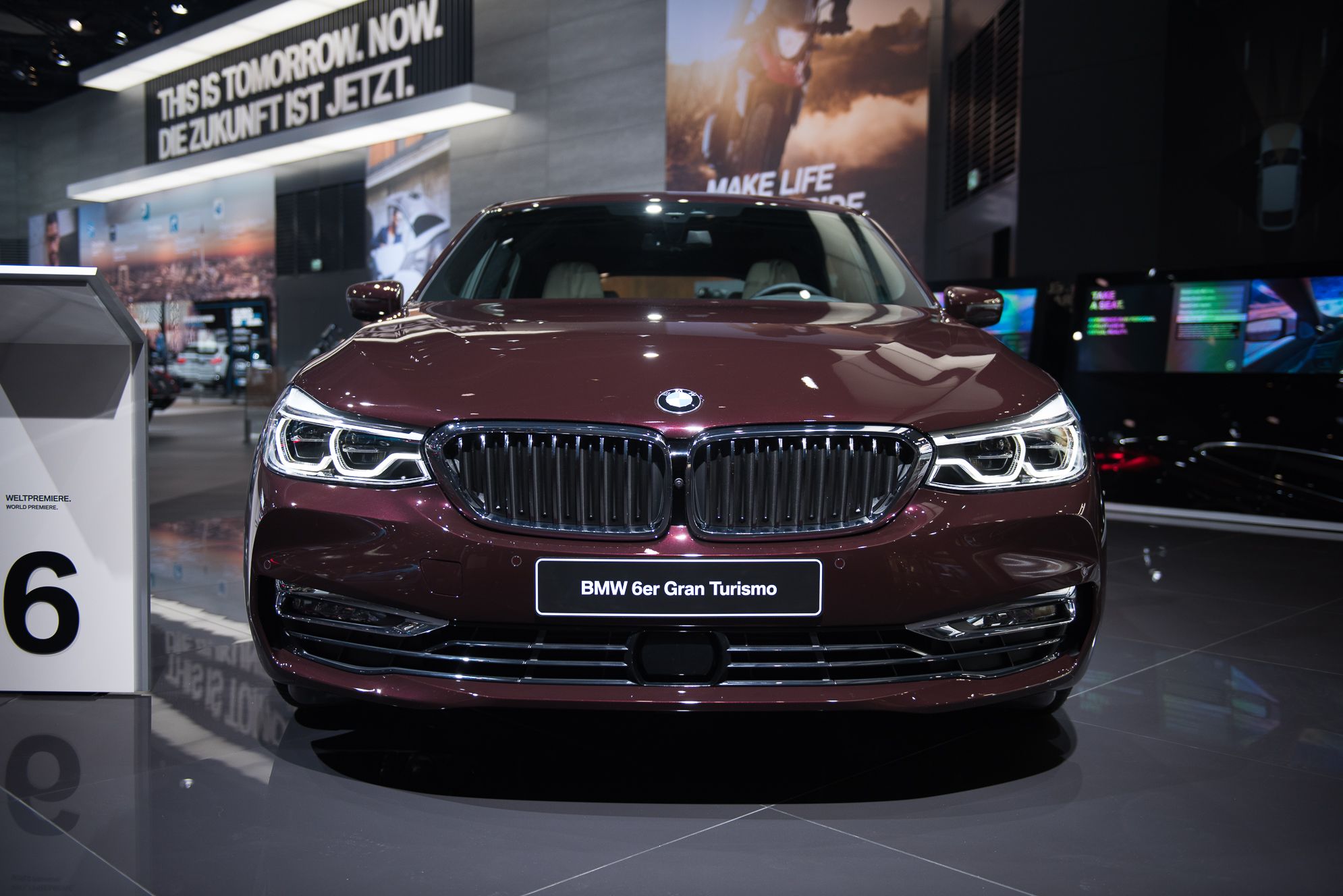
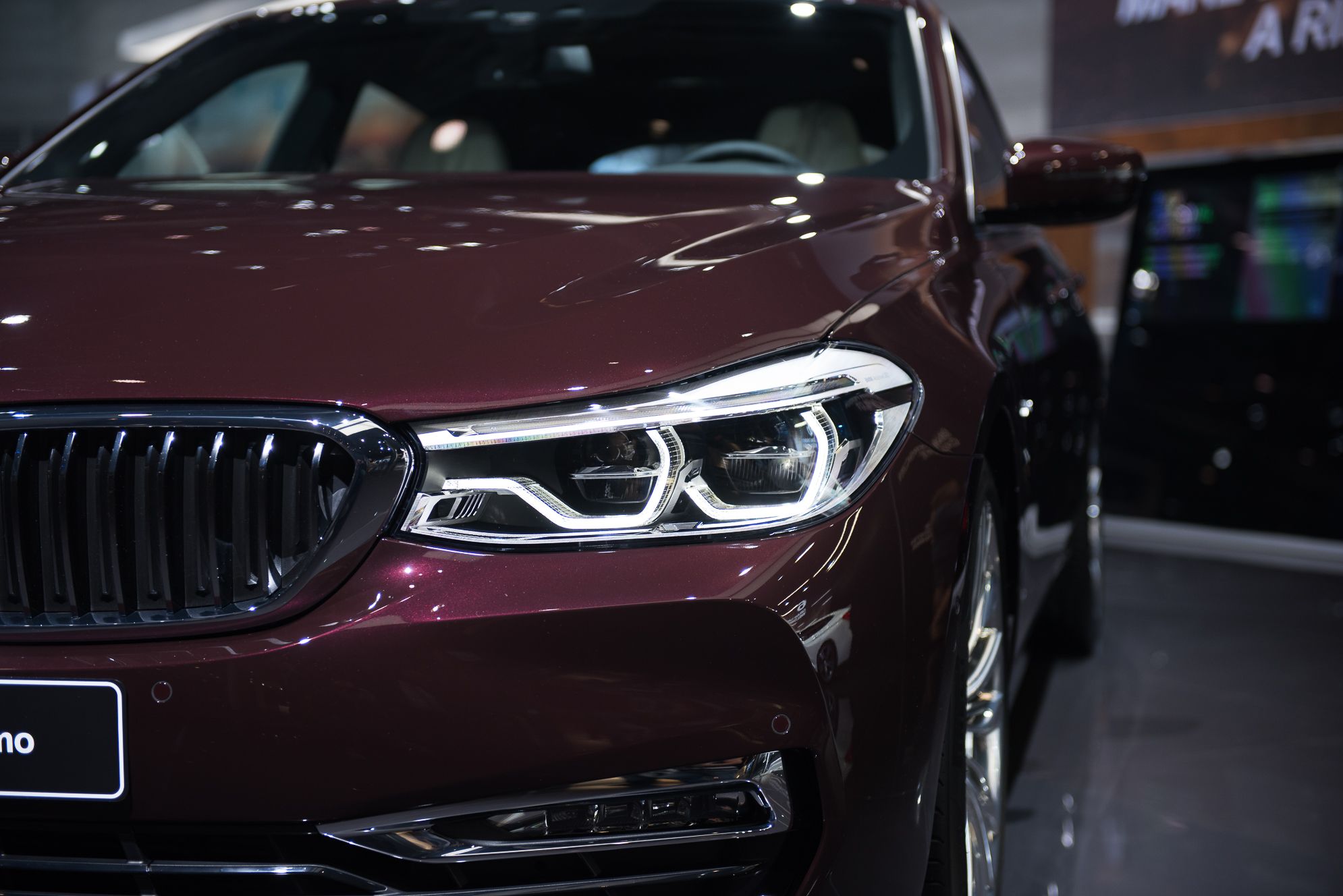
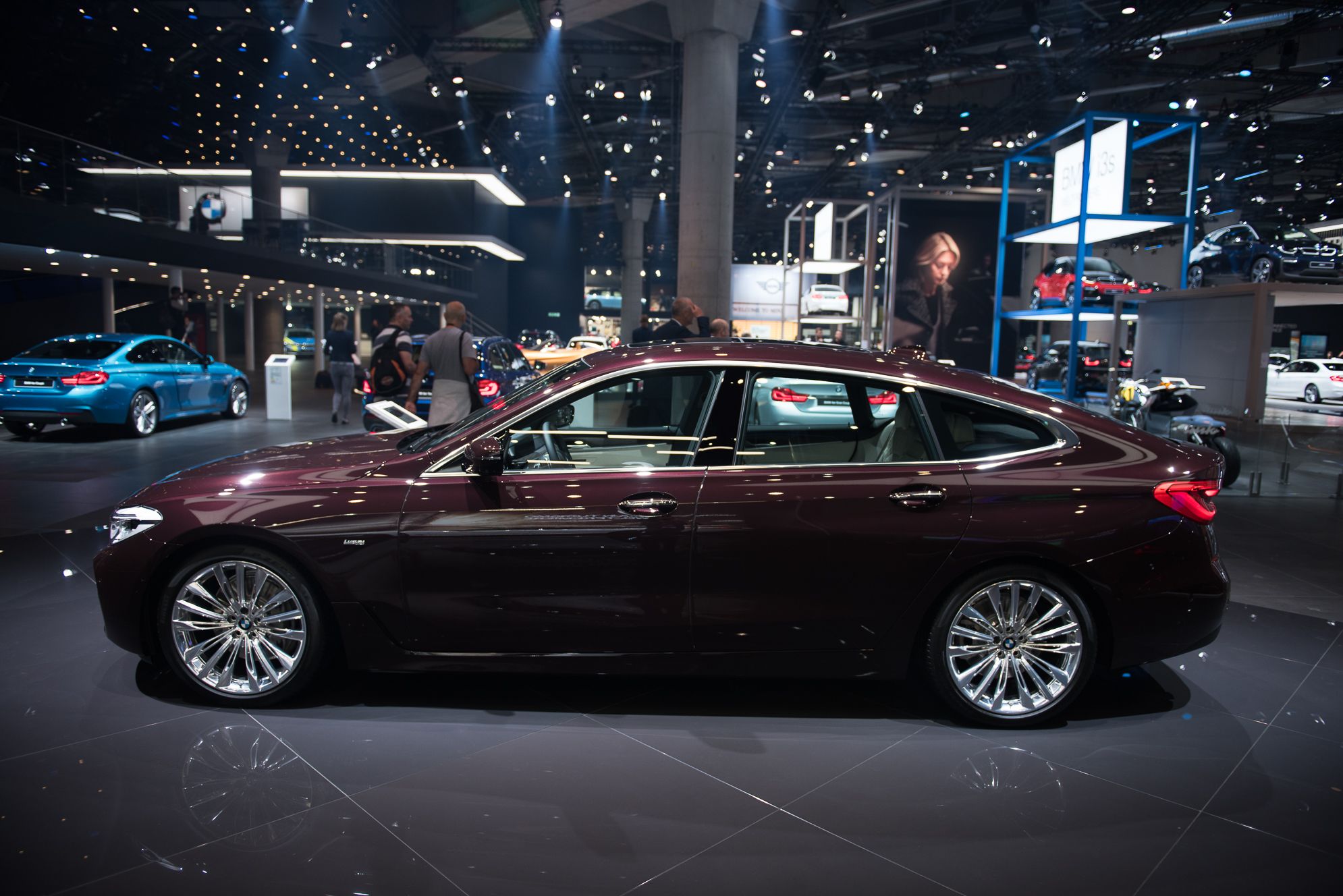
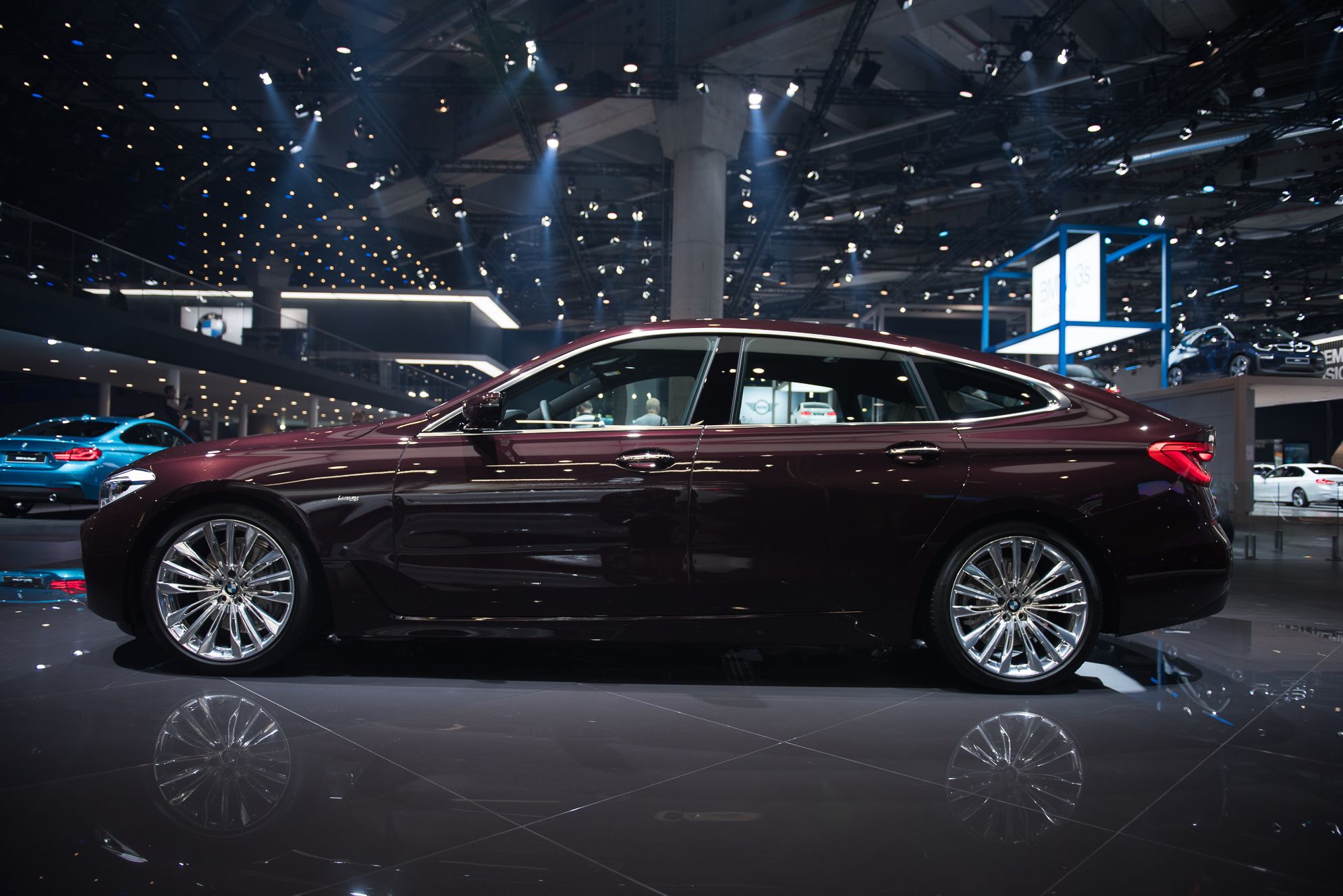
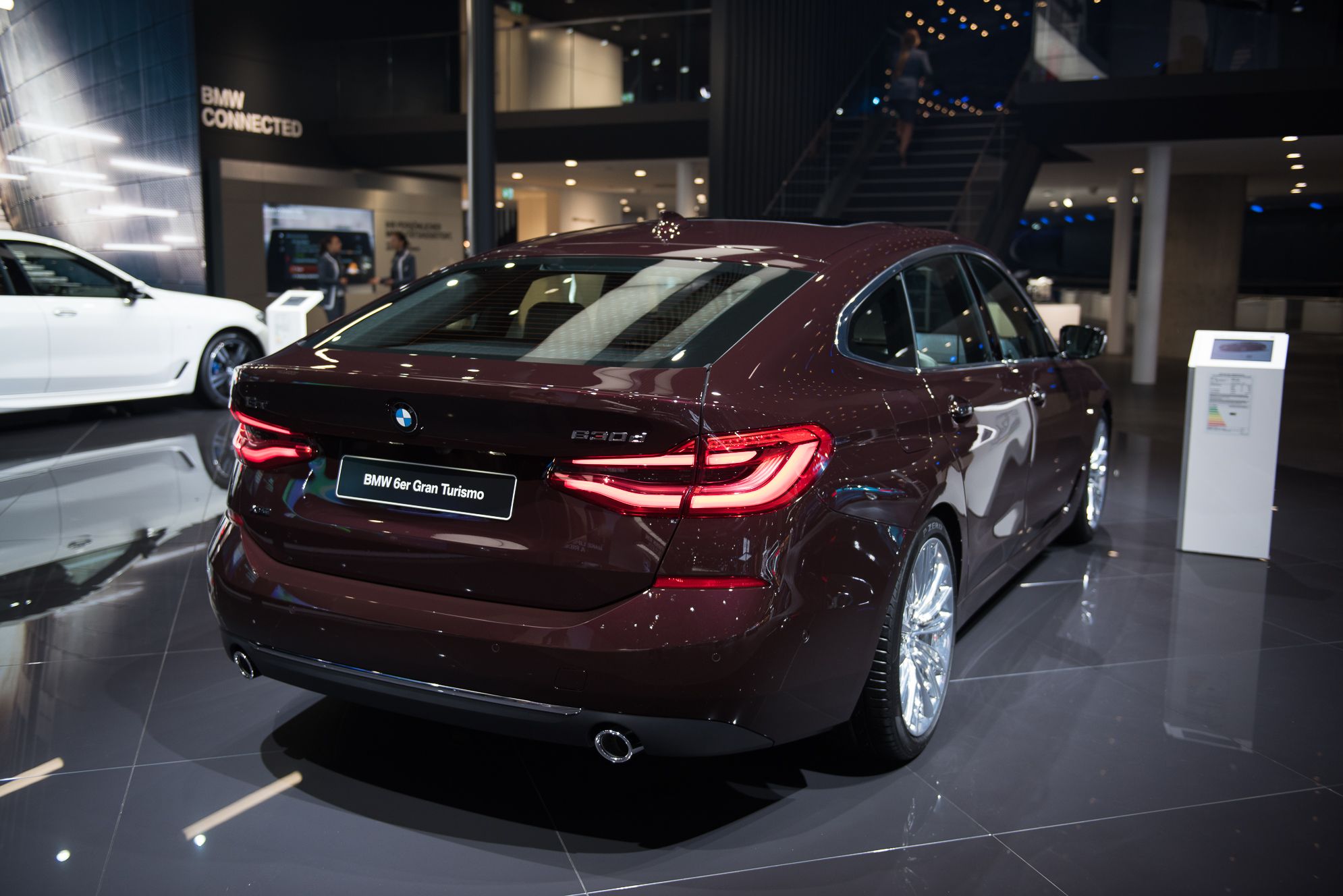
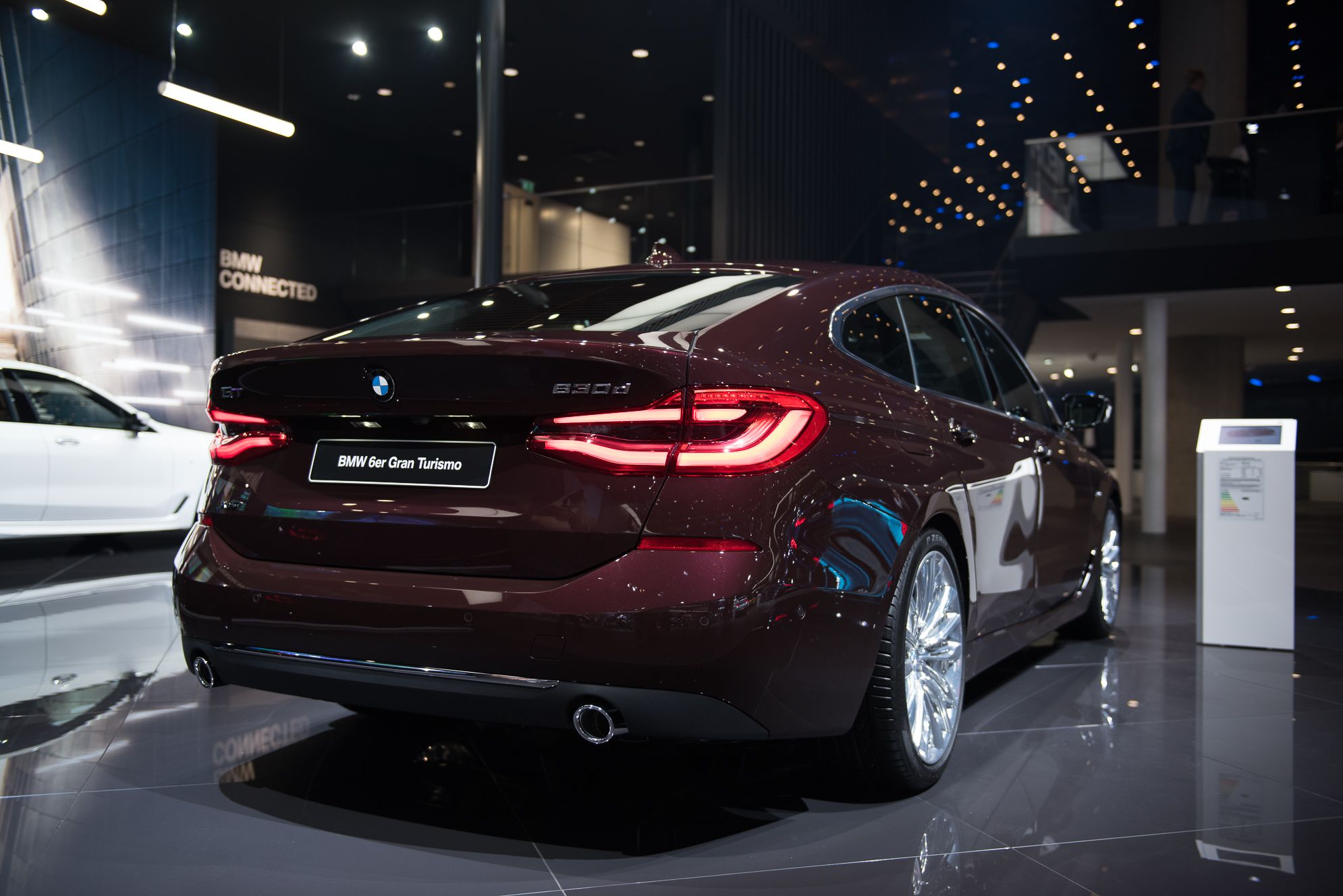
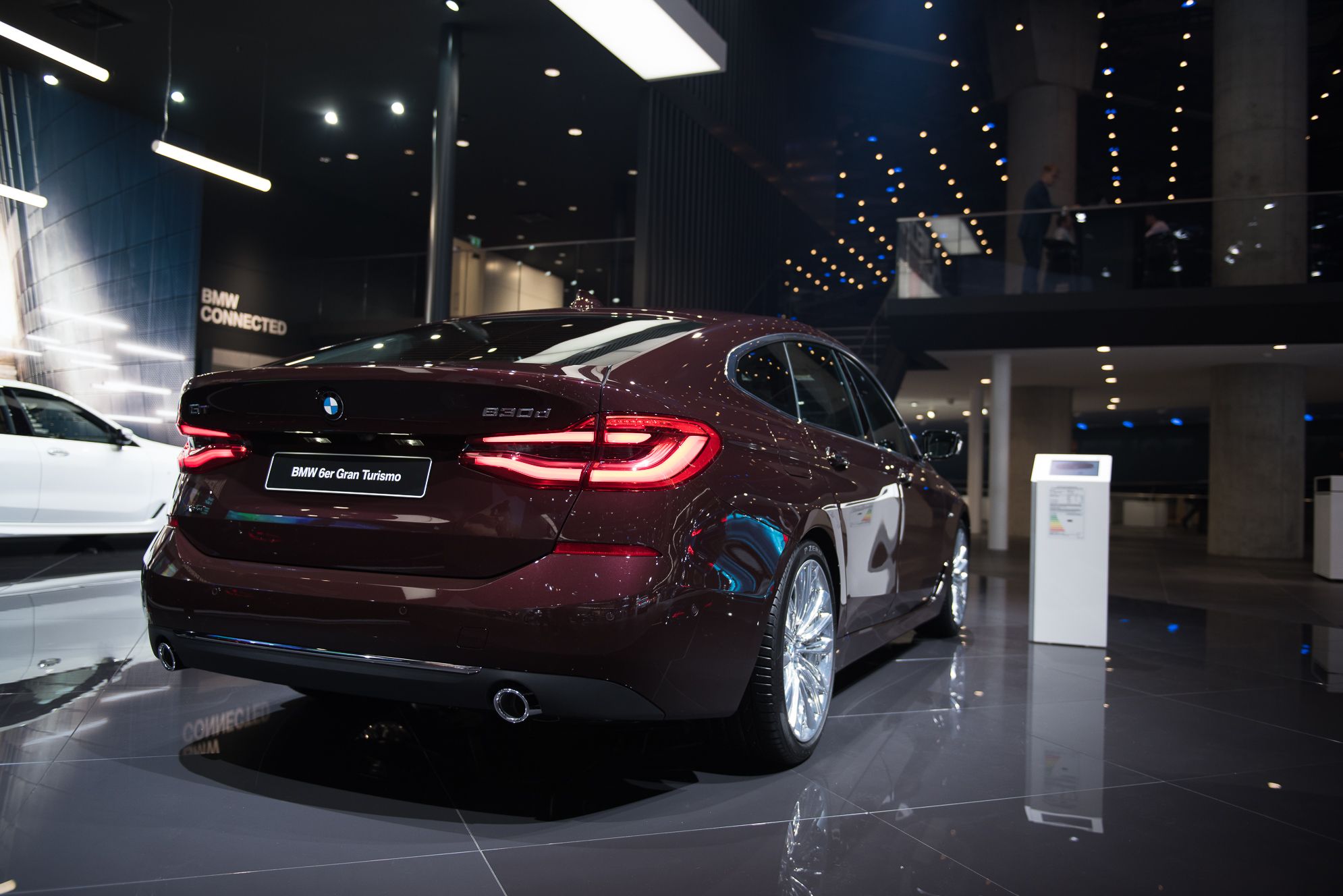
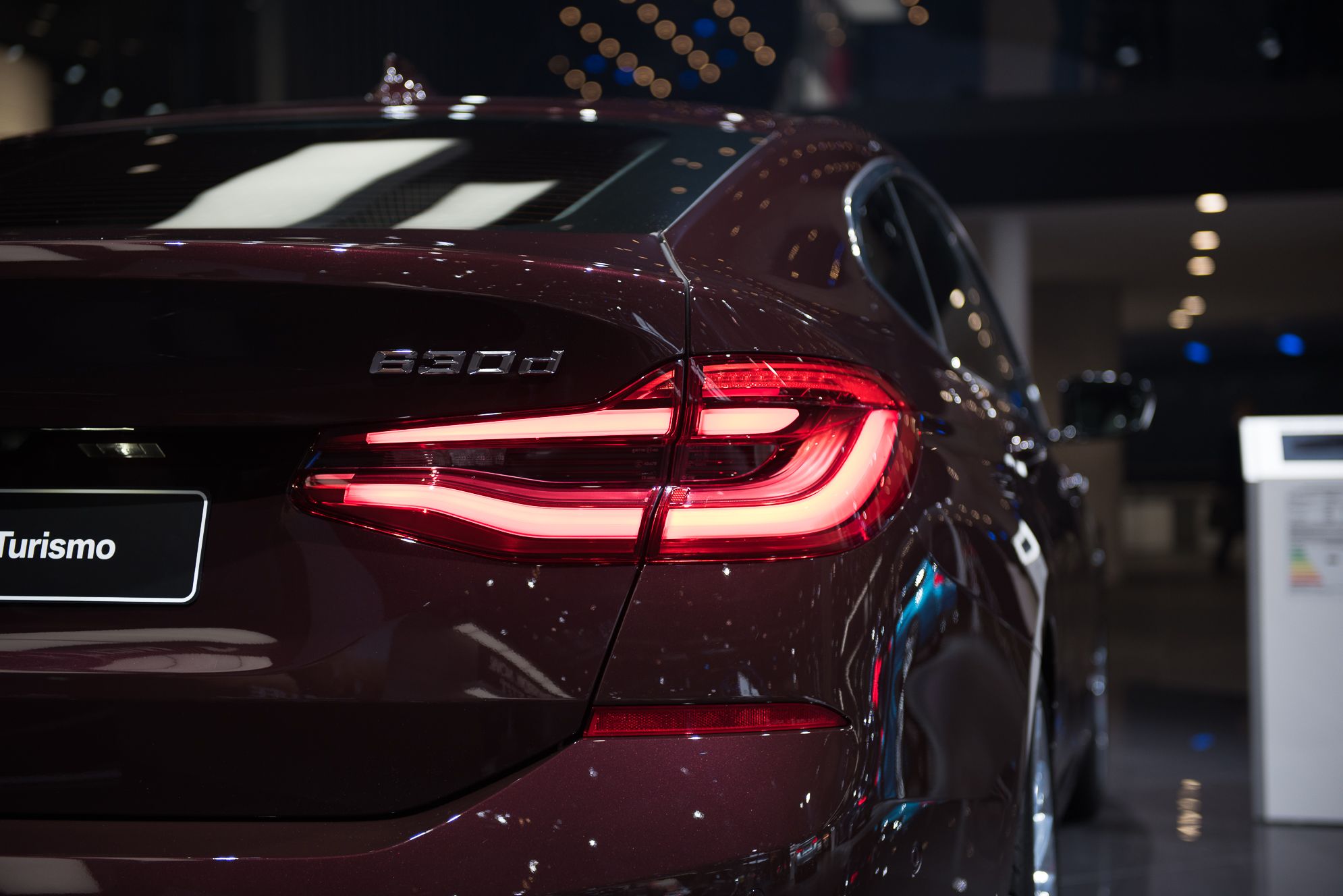
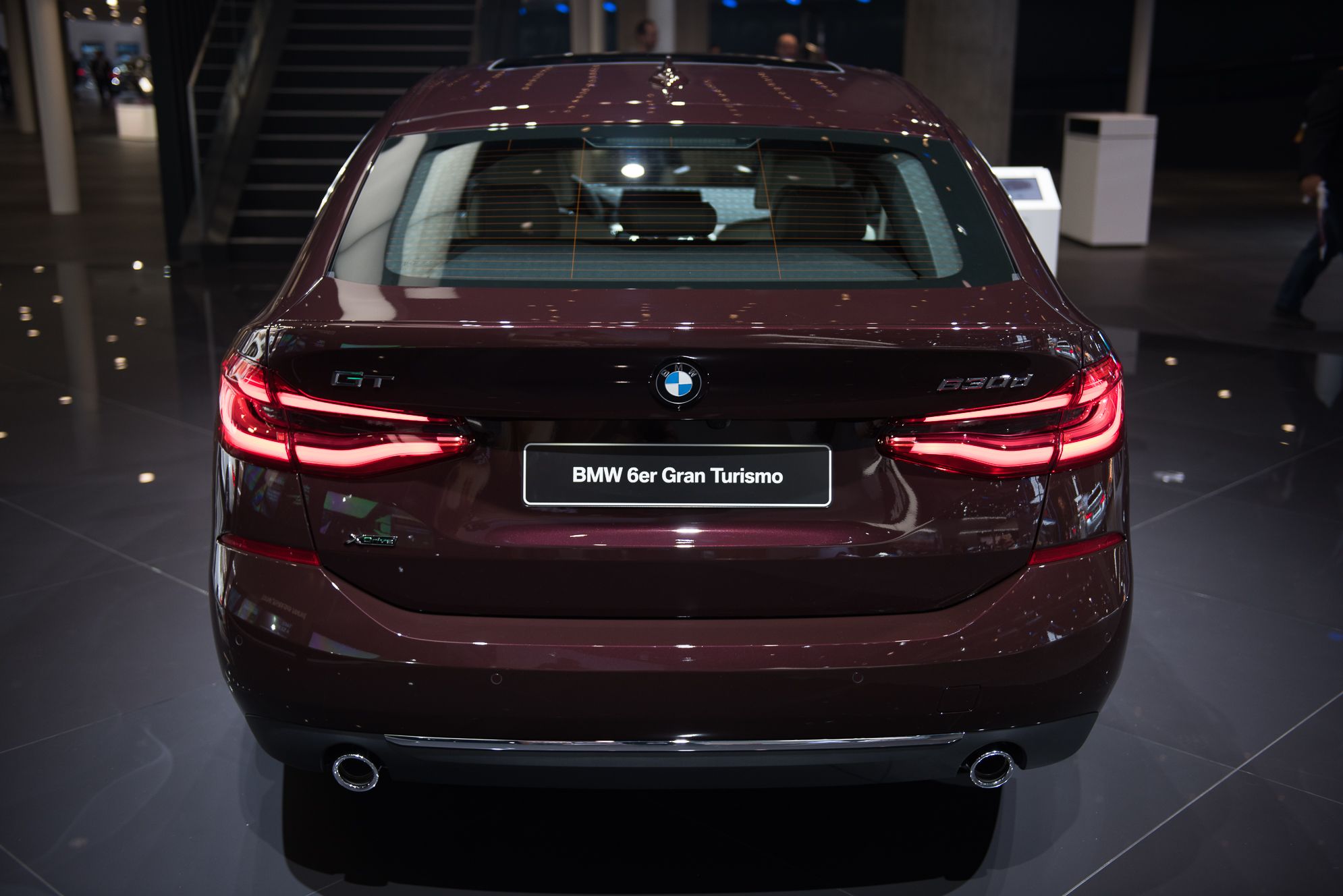
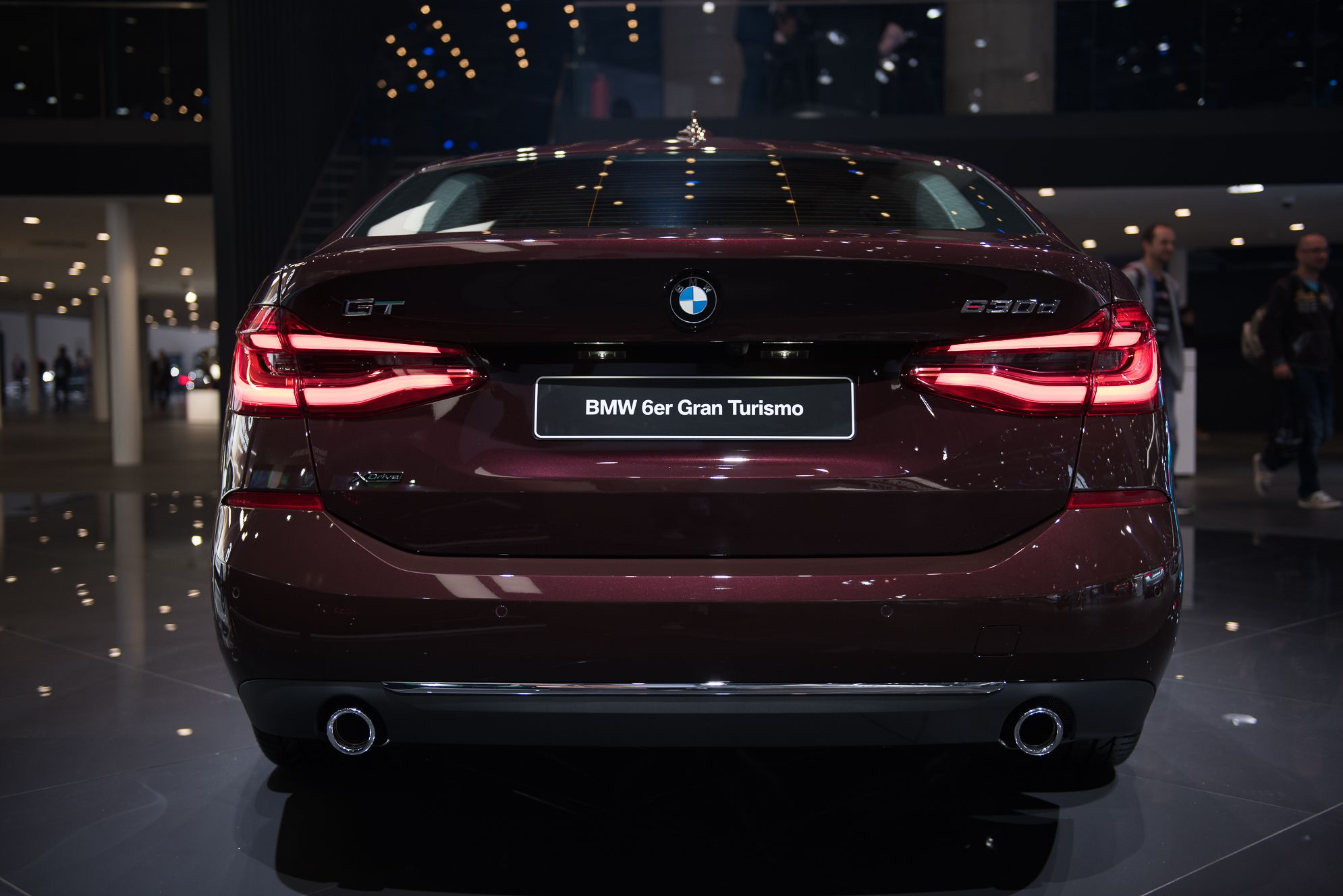
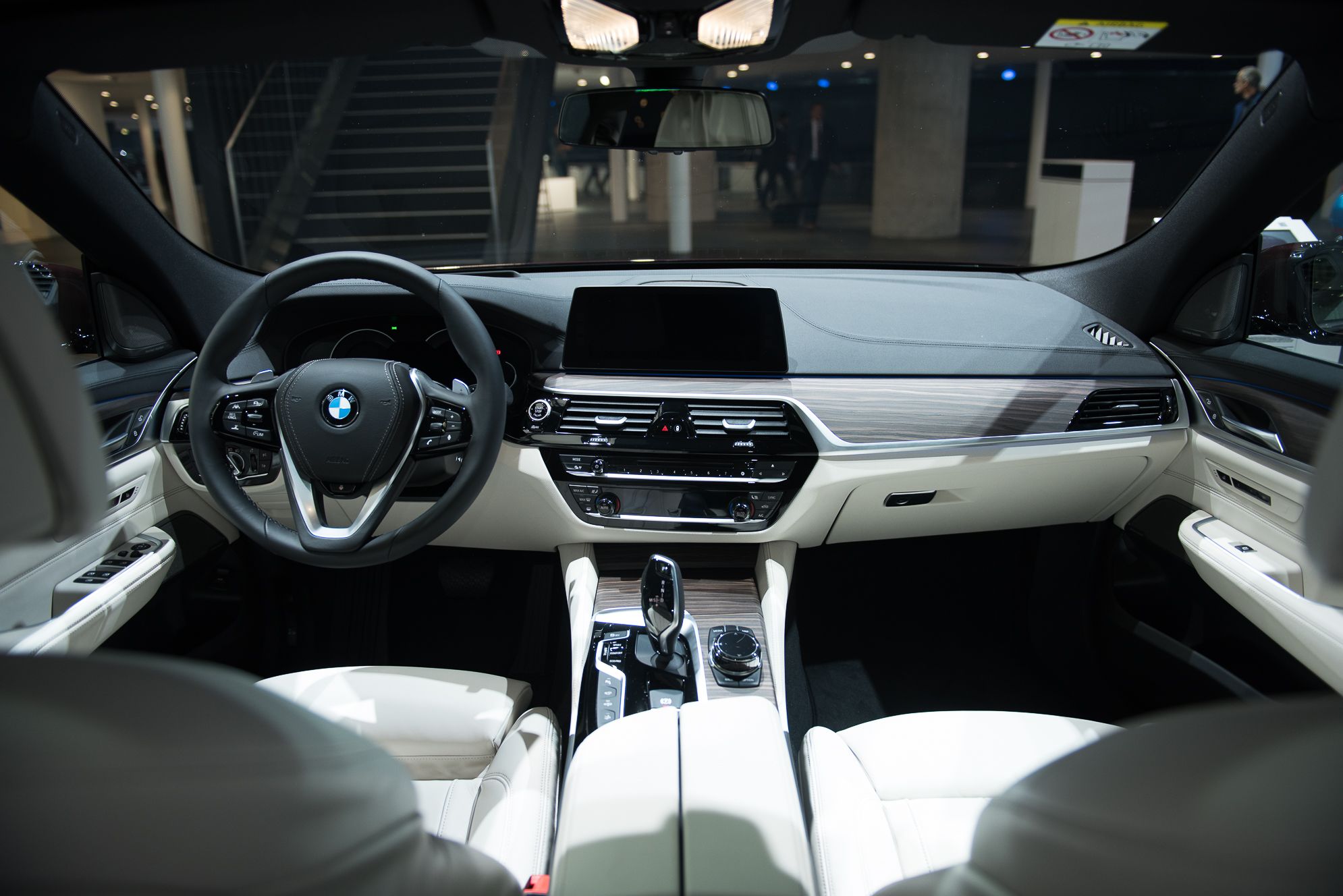
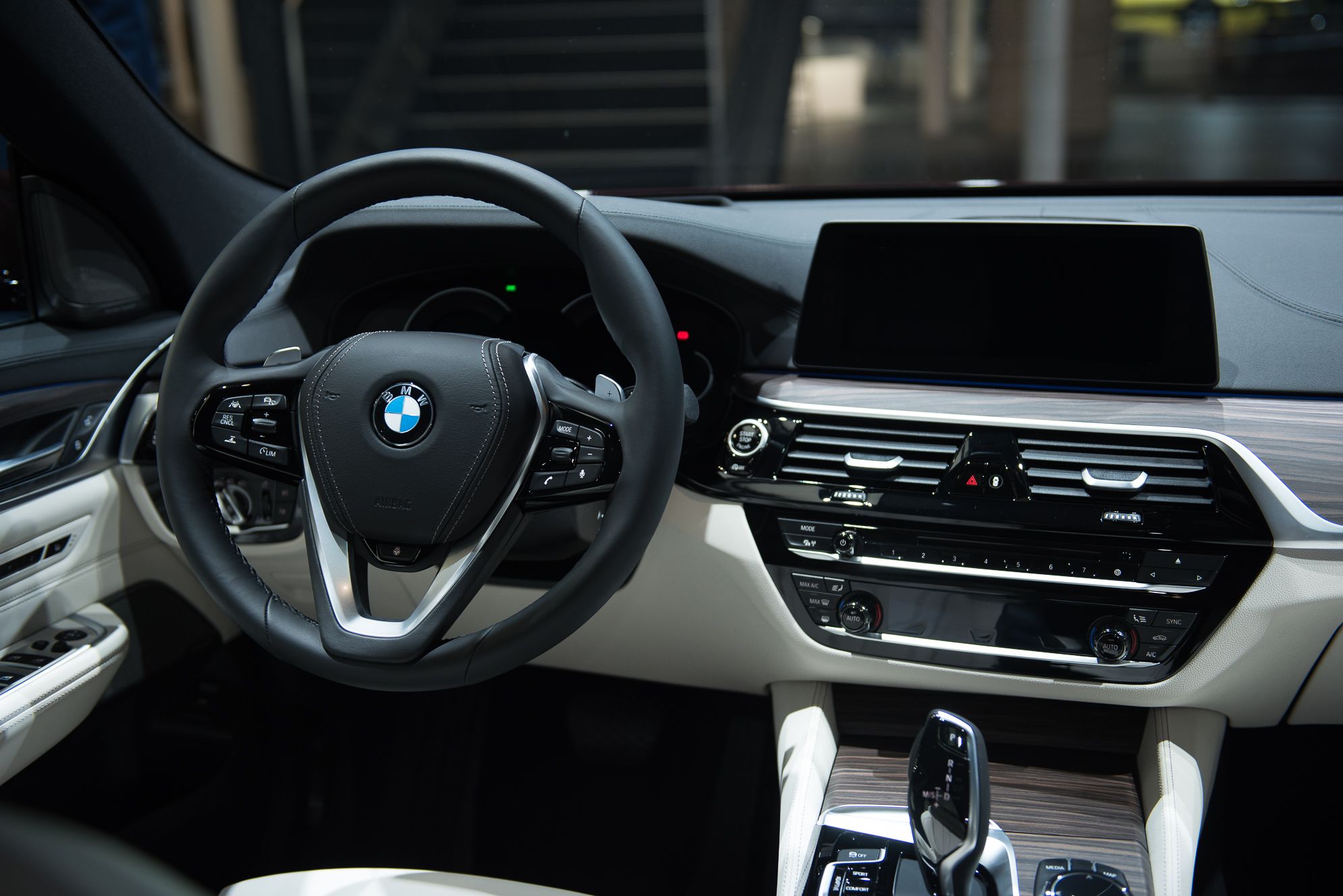
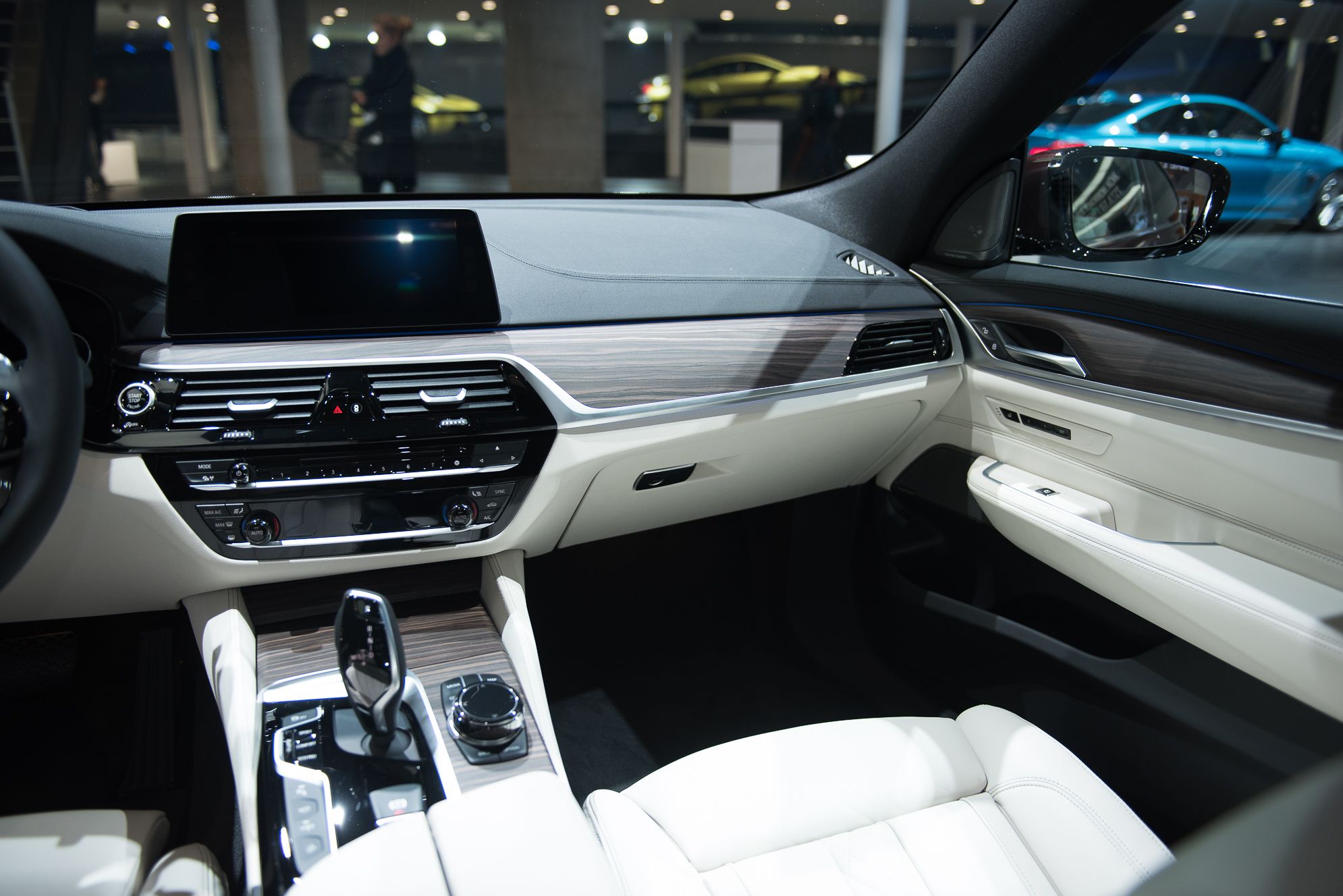
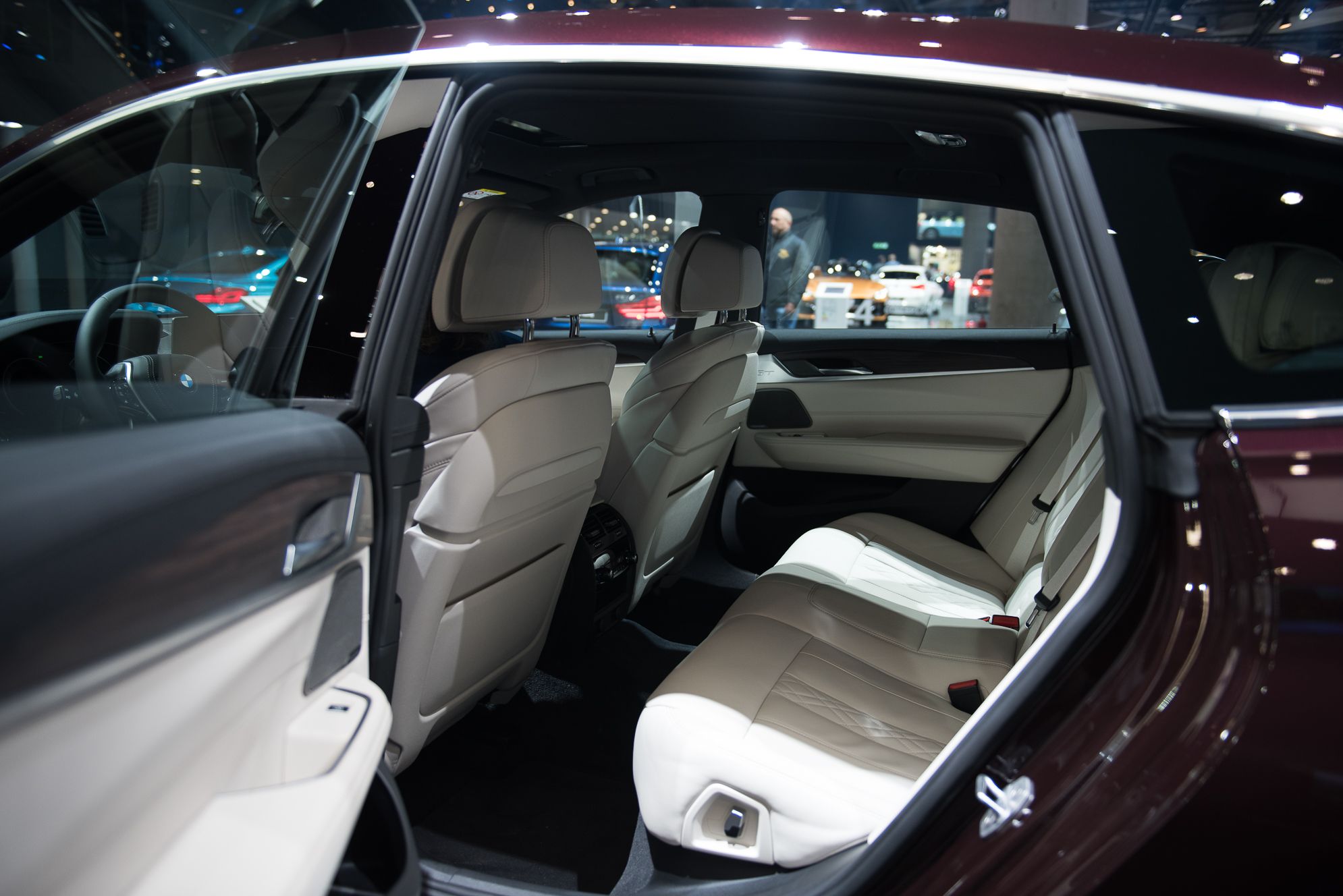
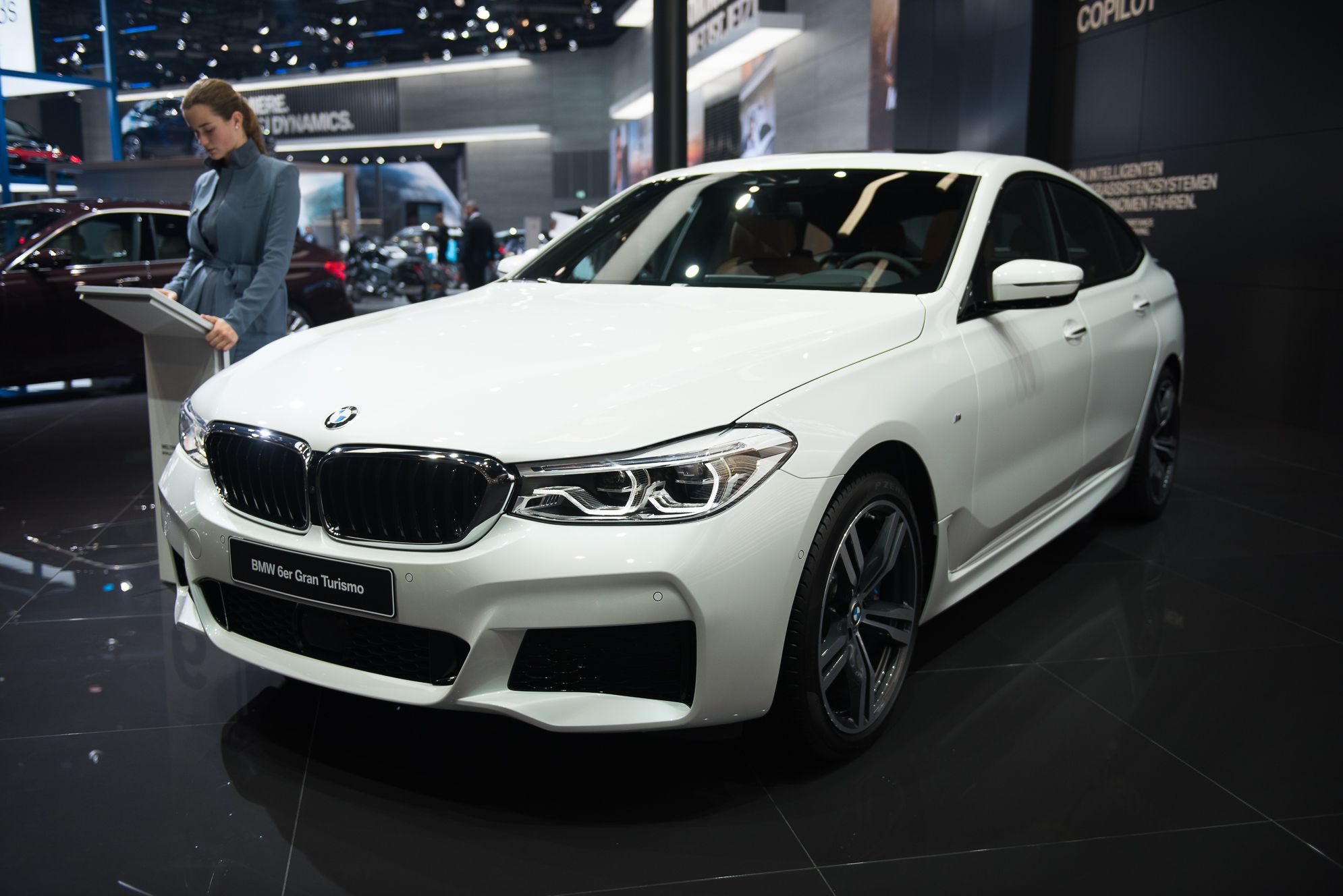
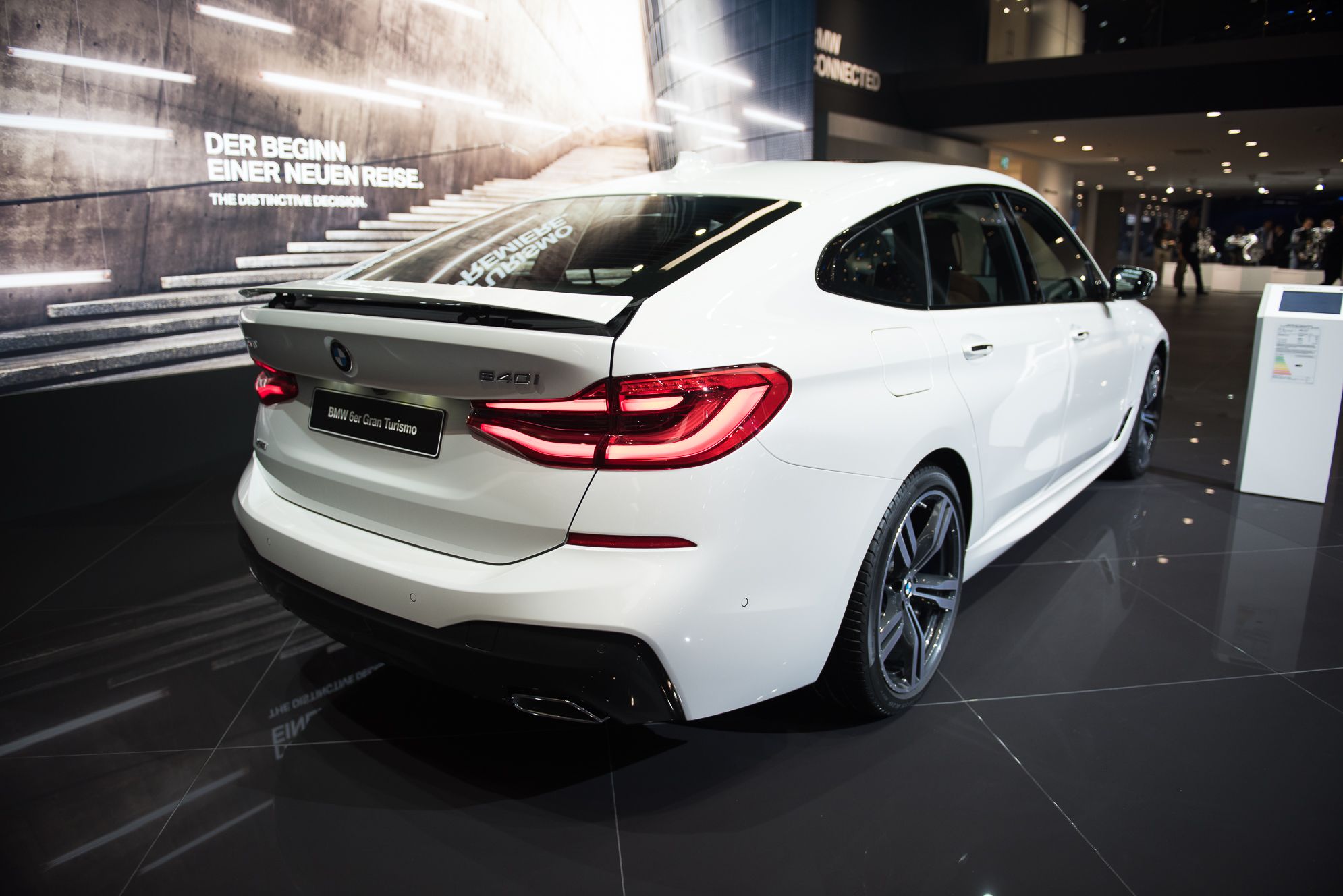
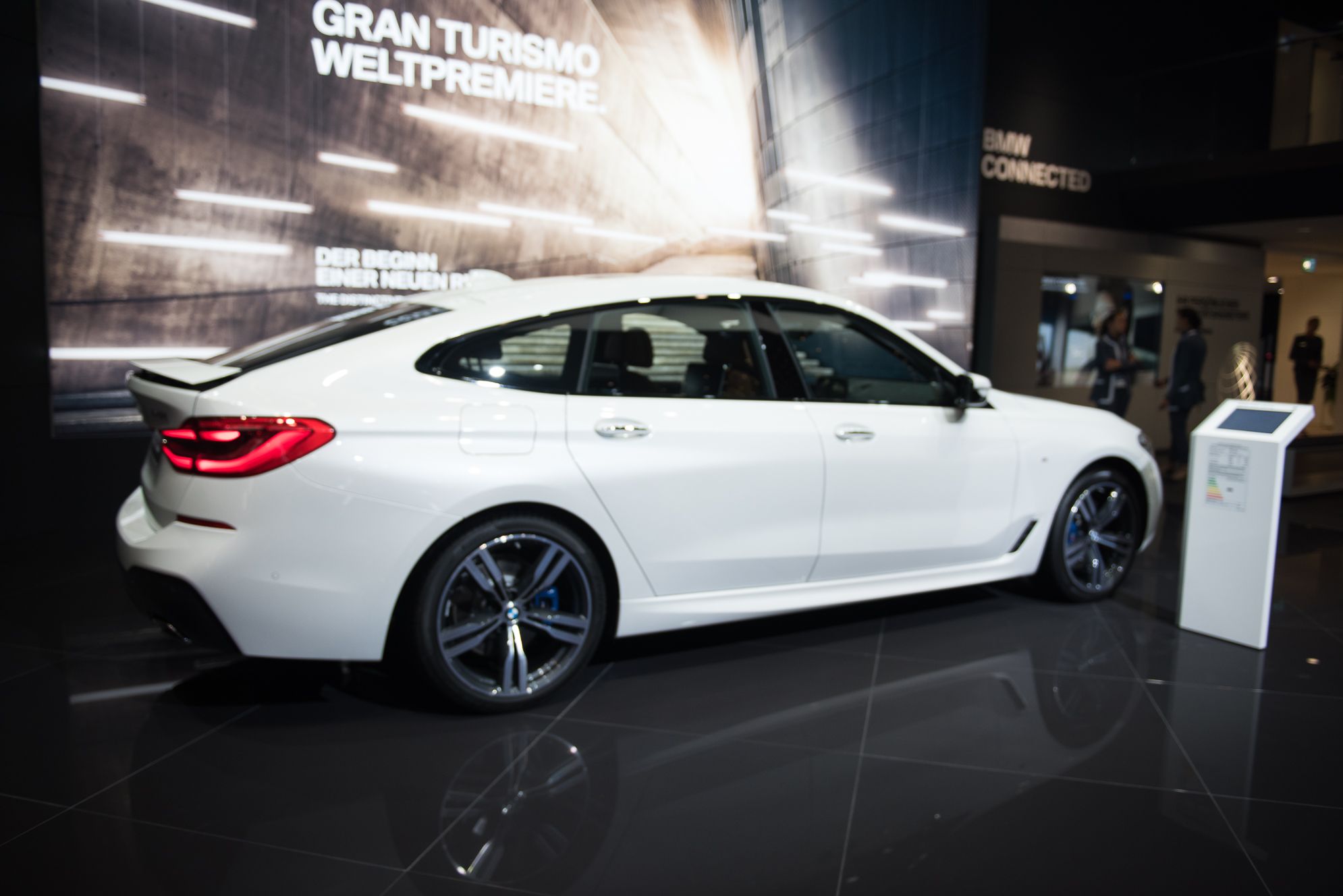
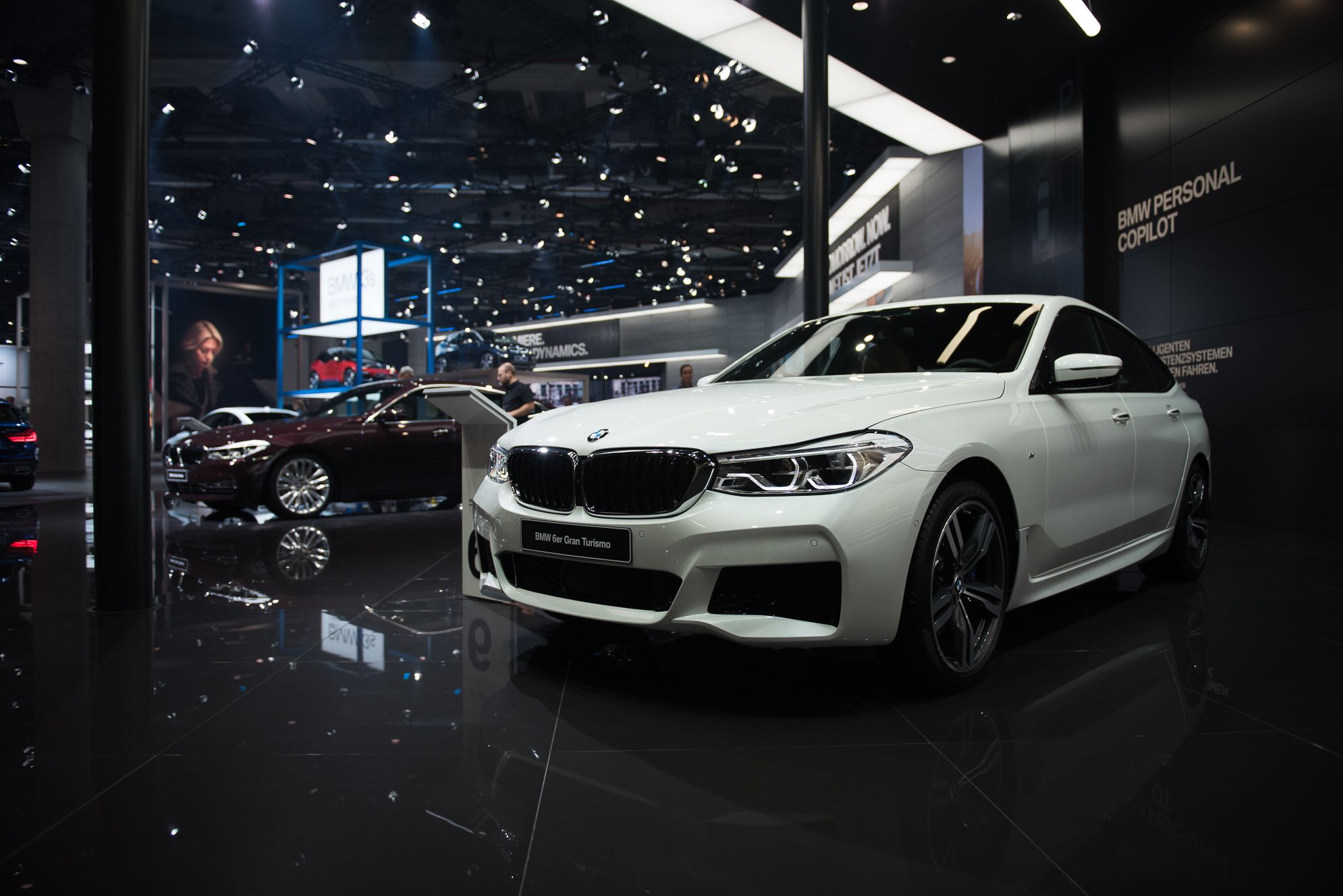
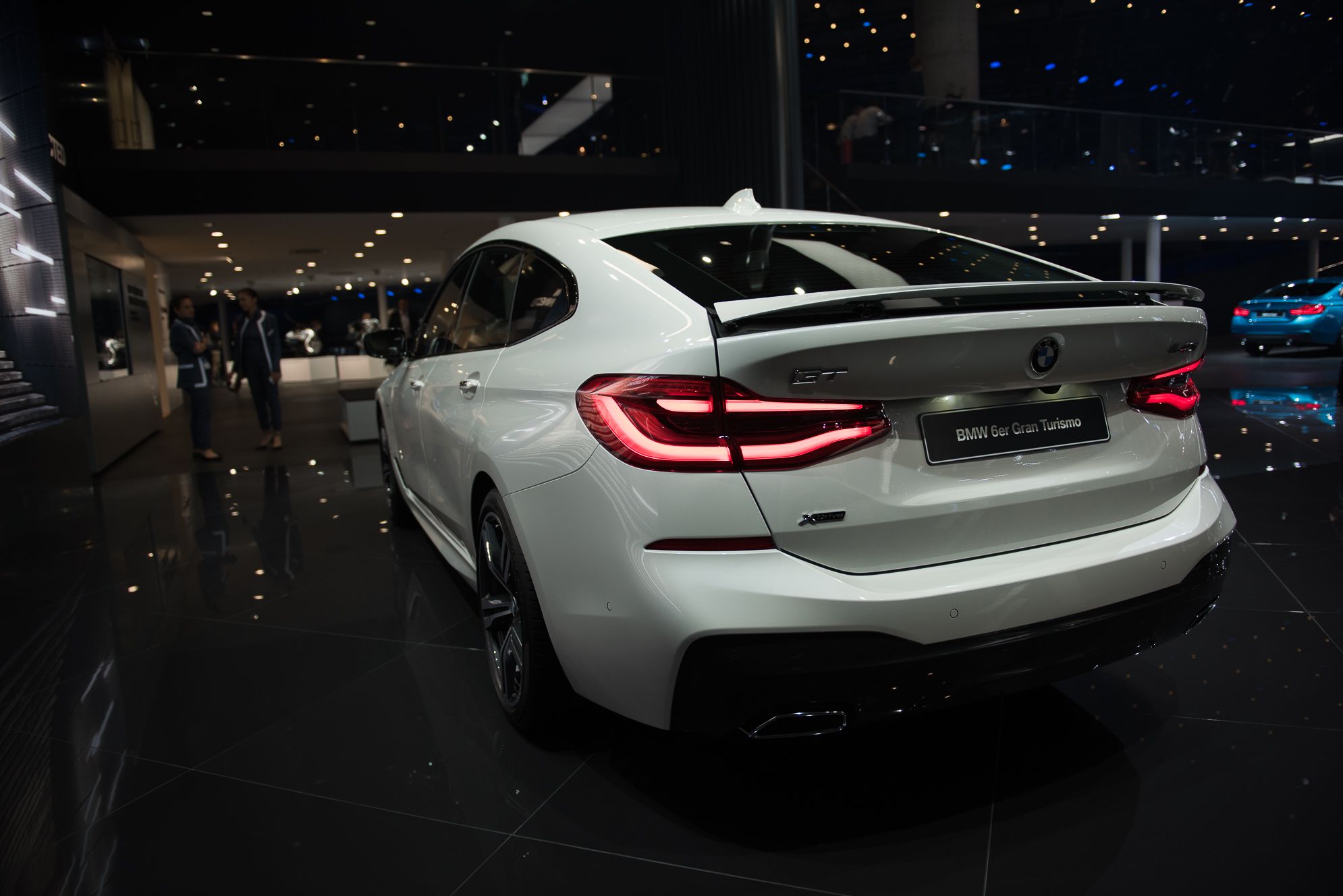
- Make: Array
- Model: 2018 BMW 6 Series Gran Turismo
- Engine/Motor: inline-4
- Horsepower: 258 @ 5000
- Torque: 295 @ 1550
- [do not use] Vehicle Model: Array
Exterior
|
New 6 Series GT |
Outgoing 5 Series GT |
Looking at the two images above, you can see that the new 6 Series GT isn’t so much a departure from the old model as it is an evolution of style and size. The hood on the new 6 Series GT is more obscure and smooth while the grilles are more prominent, with the vertical louvers sitting farther forward in relation to the surrounding chrome trim. The corner vents are larger and now get a thicker “eyelid” up top, while the lower lip of the fascia is more jagged than before. The air dam has actually gotten shorter in height but extends further outward. Finally, the headlights get BMW’s latest, angular LED design and now feature a smooth lower edge. And, in case you’re wondering, all of this is strikingly similar to the recently revealed 5 Series sedan.
Moving to the sides, we see more 5 Series inspiration, including the body line below the waist that visually ties the taillights and door handles to the front end and the way the side skirts and front fenders come together to make a vent of sorts. The body line on the side skirts of the 6 Series GT is upswept in the rear, which is fresh, while the body line on the lower portion of the doors has a more angular look to it. But what really sets the 6 Series GT apart is what happens behind the rear doors. Where the old GT had a half-moon style of rear stationary glass, it’s successor has a rounded, but triangular glass to go with smoother slope, which is where the extra length really comes into play.
From the rear, it’s clear that this thing shares some wagon, hatchback, and SUV DNA along with its standard sedan genes. That long rear glass and rear deck are all one piece. The curvature to the rear deck, however, puts an emphasis on width while also giving the rear end a very sporty appearance. The taillight lenses are split between the rear hatch and the corners of the rear quarters but are blended together nicely where the two panels come together. The one thing that really stands out as maybe even a little weird is the insert on the lower fascia. It is taller on the ends, which gives it a different look and also dwarfs the rectangular exhaust outlets. The insert is also glossed over, which is a bit different, but refreshing.
With all of that said, it should be pointed out that the 6 Series GT isn’t exactly an ugly car, but it’s long nose, bubbly roof, and vertical rear end creates quite the mix of styles. It certainly looks better than the old 5 Series GT in that regard, but this thing kind of makes me think that an old Honda CRX hooked up with a Hyundai Veloster and produced a cyclops offspring. Okay, so maybe it isn’t that bad, but take a look at it compared to the BMW X4 or X6 and tell me with a straight face that it’s not just a slightly reworked body with lower suspension:
|
6 Series GT on top, BMW X6 bottom left, BMW X4 bottom right |
Exterior Dimensions
|
Wheelbase (Inches) |
120.86 |
|
Length (Inches) |
200.43 |
|
Width (Inches) |
74.88 |
|
Height (Inches) |
60.55 |
|
Track front/rear (Inches) |
63.58/64.92 |
Interior
If you were hoping to see a cabin that is wildly different from other BMW products out there, I’m sorry to be the bearer of bad news, but that’s not going to happen. Sure, it’s got its own uniqueness in the rear, but up front, were talking general BMW design here. The dash, center console, door trim panels, and even the center console are nearly identical to that of the recently debuted 5 Series Sedan, with the except of the mood lighting you can see in the photo above. Thin blue strips traverse across the door panels and the dash to provide a light ambiance, while a gentle blue light radiates just a little lower, and along the floorboards as well. It’s certainly attractive, especially the way the blue contrasts the red backlighting of the physical buttons and the red graphics on the digital instrument cluster and infotainment system.
BMW says that the elevated seats give the driver a better view all of the way around, while the location of the controls provides an “imperious sense of driving pleasure.” But, that’s enough PR talk, and enough about the front – what makes the 6 Series GT stand out is what’s going on in the rear.
Back here, the 6 Series GT boasts three full-size seats. And, thanks to the extra length afforded by the 6 Series, there’s more legroom that in the outgoing 5 Series GT. Obviously, it’s quite spacious back here as far as we can tell from images, anyway, but BMW also claims there’s been an increase in headroom, despite the flatter roof. If you’re someone who’s into options, you can go for the optional comfort seats, which allow rear passengers to electronically adjust the rear seat backrest. Add that to the large sunroof up top and the tablets mounted on the front seatbacks, and you’ve got yourself one hell of a road-trip car. It’s not all about hauling people, though, and that’s where the GT body style really comes into play.
The rear seats feature a 40/20/40 split, with each section of the backrest folding down electronically at the touch of a button. With the seats in the upright position, you get 610 liters or 21.54 cubic feet of cargo room. Fold all three portions of the rear seatback down, and you can carry as much as 1,800 liters or 63.56 cubic feet. That’s an improvement of 3.53 cubic feet over the 5 Series GT. There’s also a two-piece cover in the rear that can be stowed away in a little compartment below the rear floorboard.
Drivetrain
When the 6 Series GT is officially launched in November of 2017, it will be available in three different trim levels, each of which boasts their own driving force under the hood. The entry level model is the 630i, and it comes with a 2.0-liter four cylinder that’s good for 258 horsepower from 5,000 to 6,500 rpm and 295 pound-feet of torque between 1,550 and 4,400 rpm. If you recall, the entry-level 5 Series GT came with an inline-six. Its absence will be noticeable, sadly, considering the 630i comes in 48 horsepower and five pound-feet short of the base 535i GT. But, it can do the 60 mph sprint in 6.3 seconds on the way to a limited top speed of 155 mph. Fuel economy for this model is estimated to fall somewhere between 42.8 mpg and 45.6 mpg on the imperial scale – that’s a significant improvement over the base 5 Series GT.
Moving up to the 640i GT, which is also available with xDrive AWD, and you’ll get a 3.0-liter inline six that’s good for 340 horsepower at 5,500 rpm and 332 pound-feet of torque between 1,380 and 5,200 rpm. This proves to be 34 horsepower and 32 pound-feet more than that offered by the 3.0-liter 5 Series GT, but falls pretty far from the 450-horsepower, N63, V-8 offered in the range-topping 550i GT. This particular model is said to be able to hit the 62-mph sprint in 5.4 seconds with RWD or 5.3 seconds with xDrive and tops out at 155 mph. On the fuel economy front, two-wheel-drive models manage to pull 38.2 to 40.4 mpg on the imperial scale, while those equipped with xDrive manage between 34.5 and 36.7 mpg.
So, there are quite a few differences here, right? The 5 Series was available with a V-8, but no four-cylinder. The plot thickens as we move along, though, because there’s a lot more here than the lack of a V-8 and the introduction of a new four-banger for the 6 Series GT. It's another 3.0-liter, inline-six, but this specific engine is a diesel drinker that delivers 265 horsepower at 4,000 rpm and an impressive 457 pound-feet of torque between 2,000 and 2,500 rpm. Available with rear-wheel drive or all-wheel drive, the 630d can hit 60 mph in 6.1 seconds or 6.0 seconds, respectively while garnering as much as 57.7 mpg on the imperial scale. As is the case with the non-diesel models, top speed is limited to 155 mph.
As of now, it looks like the GT will soldier on under the 6 Series moniker without the possibility of real V-8 power, but that could change in the future if the car happens to be more of a success than it was wearing a 5 Series badge. But, I wouldn’t count on it anytime soon. The other big thing that’s up in the air is transmission choice. Right now, BMW only mentions it’s eight-speed Steptronic, which will mate to all three engines discussed here. The 5 Series GT was offered with a six-speed manual as a no-cost option, but whether or not that option will carry over remains to be seen. One can certainly hope, but don’t plan on getting one in late November when the 6 Series GT officially hits dealers.
Drivetrain Specifications
|
BMW 630i GT |
BMW 640i GT |
|
|
Engine |
2.0-liter inline-4 |
3.0-liter inline-6 |
|
Horsepower |
258 HP @ 5,000 – 6,500 RPM |
340 HP @ 5,500 RPM |
|
Torque |
295 LB-FT @ 1,550-4,400 RPM |
332 LB-FT @ 1,380-5,200 RPM |
|
0 to 60 mph |
6.3 seconds |
5.4 seconds |
|
Top Speed |
155 mph |
155 mph |
|
Fuel economy |
42.8-45.6 mpg |
38.2-40.4 mpg |
Prices
Pricing is obviously a mystery at this point, but given that the current 5 Series GT is around four grand more expensive than the outgoing 5 Series sedan, the same could apply to the next-generation model. Specifically, with the new 5 Series priced from $51,200 in base trim, the upcoming GT should start from around $56,000. Likewise, the 640i model will probably retail from around $61,000, while the range-topping 650i could fetch around $75,000 before options.
Competition
Audi A7
BMW isn’t the only brand that likes the idea of mixing the sedan, SUV, and Wagon body styles into one cyclops of a vehicle, and one of the prime contenders in this segment is Audi with its A7. Like the 6 Series GT, the A7 gets that long sloping roof and four doors. Up front, on the other hand, it’s the same general Audi design that you see on every other sedan the brand has brought to market. Standard features include a Bose surround system with 14 speakers, Audi’s MMI touch navigation system with handwriting recognition, Full LED headlights, and there’s even a parking system with rear-view camera. Under the hood you’re stuck with a 3.0-liter six-pot, but that engine pumps out a cool 333 horsepower and 325 pound-feet of torque (guess you’ll have to skip on that four-banger 6 Series, huh?) Of course, if you want even more power, you could opt for the Audi S7 with a 4.0-liter V-8 and 450 ponies on tap or go all out with the RS7 and its 560-horsepower goodness. The A7 will set you back between $68,800 and $76,550 depending on trim, while the S7 will get you for $82,900. The RS7, on the other hand, requires much deeper pockets with a starting price of $110,700.
Learn more about the Audi A7 here.
Porsche Panamera
The Panamera is another option to consider if you’re looking for a sleek sedan with plenty of room and excellent performance. Redesigned for the 2018 model year, the lineup starts off with a 330-horsepower model powered by a 2.9-liter V-6 engine. Next up is the Panamera S, which uses the same engine, but gets 440 horses and 405 pound-feet on tap. Porsche also offers a Turbo version, powered by a 4.0-liter V-8 good for 550 turbocharged horsepower and 567 pound-feet of torque. Finally, the Panamera 4 E-Hybrid pairs a 2.9-liter V-6 and an electric motor for a total output of 462 horsepower and 516 pound-feet of twist. Although quite powerful and luxurious, the Panamera is also a lot more expensive than what the 6 Series GT is expected to fetch, starting from $85,000 in the U.S.
Find out more about the Porsche Panamera here.
Conclusion
And there you have it – the options in this segment are far and few between, but those that are available offer up some strong competition among themselves. Personally, I’m not a fan of the body style, and when it comes to the 6 Series GT, I just see an X4 or X6 with a longer and shorter body. The rear hatch is certainly nice, as is the cargo room compared to a sedan, but there’s also a reason why the 5 Series GT didn’t sell that well. One could argue that BMW is trying to keep the car alive amid the massive demand for SUVS, and what a better way that to offer SUV-like space in a car. It would seem to be a win-win for some, but not for most. What do you think about the new 6 Series GT? Does it come off as more desirable than the 5 Series GT? Will it sell better? Let us know what you think in the comments section below.

